
3 September 2024
Nourish your weary body with vitamin-rich seasonal fruit. Experience history, traditions, and heartwarming adventures on a trip to Yonezawa and Takahata
The new E8 Series Yamagata Shinkansen debuted in March 2024. On this trip, we will stop around Yonezawa and Takahata, and visit places related to the daimyo Uesugi’s clan and experience the latent potential of the fruit kingdom of Yamagata through fruit-picking experiences and sweets. And the Toreiyu Tsubasa concept room and the station building complete with hot spring baths are popular among railroad fans.
Toko Sake Museum
Learn about the history of the official sake brewery for the Yonezawa Domain at Tohoku's largest sake brewery museum

Founded in 1597, Kojima Sohonten is a long-established sake brewery known for its well-known brand, Toko. It once served as the official sake brewery for the Uesugi household, and is said to be one of the few sake breweries that was permitted to brew sake during the Edo period, when numerous prohibitions against alcohol were issued. The Toko Sake Museum tells the story of 23 generations of sake brewing in a sake brewery from the Meiji and Taisho eras.
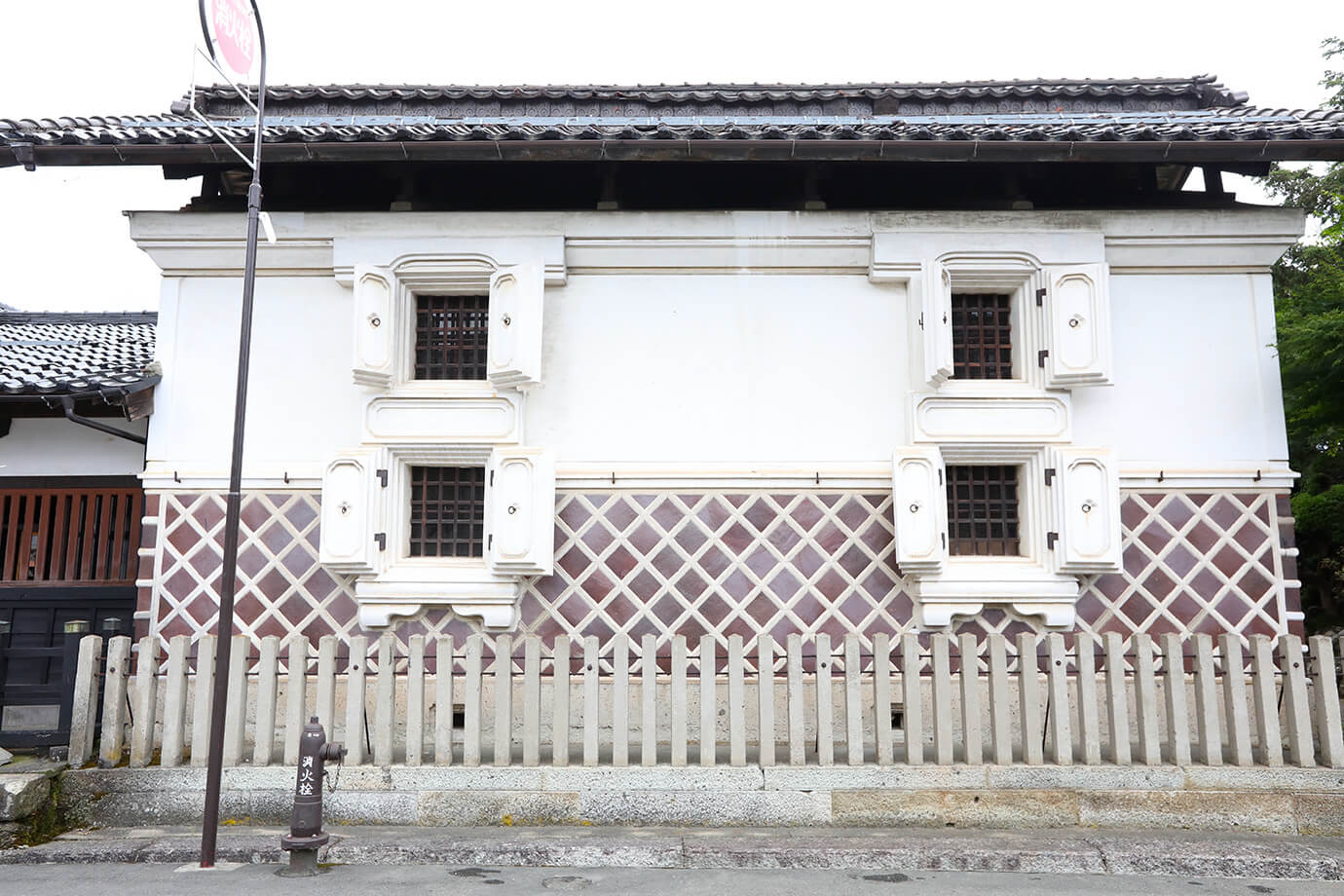
A white-walled sake brewery stands on Yanagimachi Kamidori. The building is 500 tsubo in size on a 1200-tsubo site. The interior of the storehouse has been renovated to recreate an old-fashioned sake brewing space.
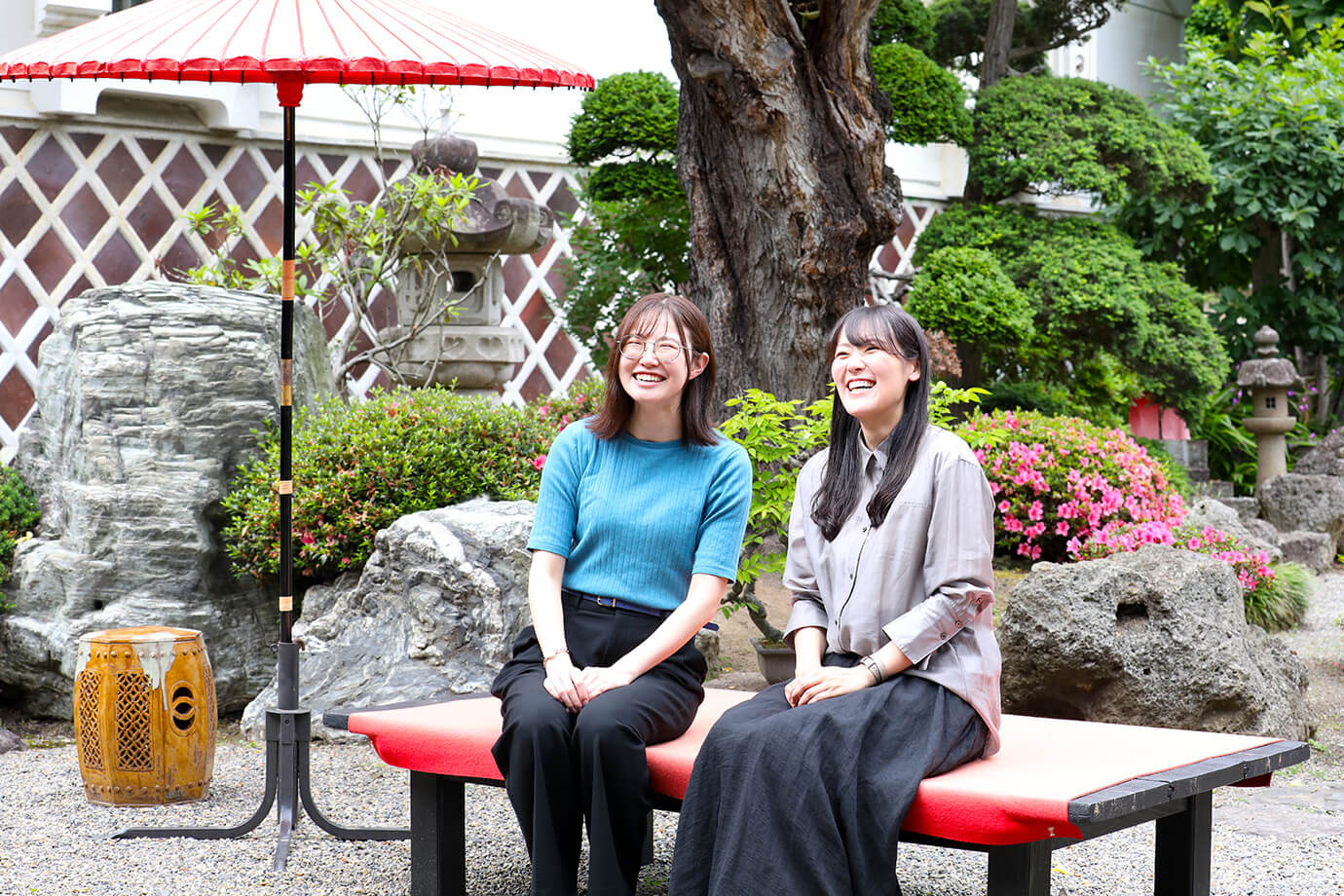
The warehouse grounds include a courtyard with green trees and giant rocks; it serves as a great spot to rest on sunny days.
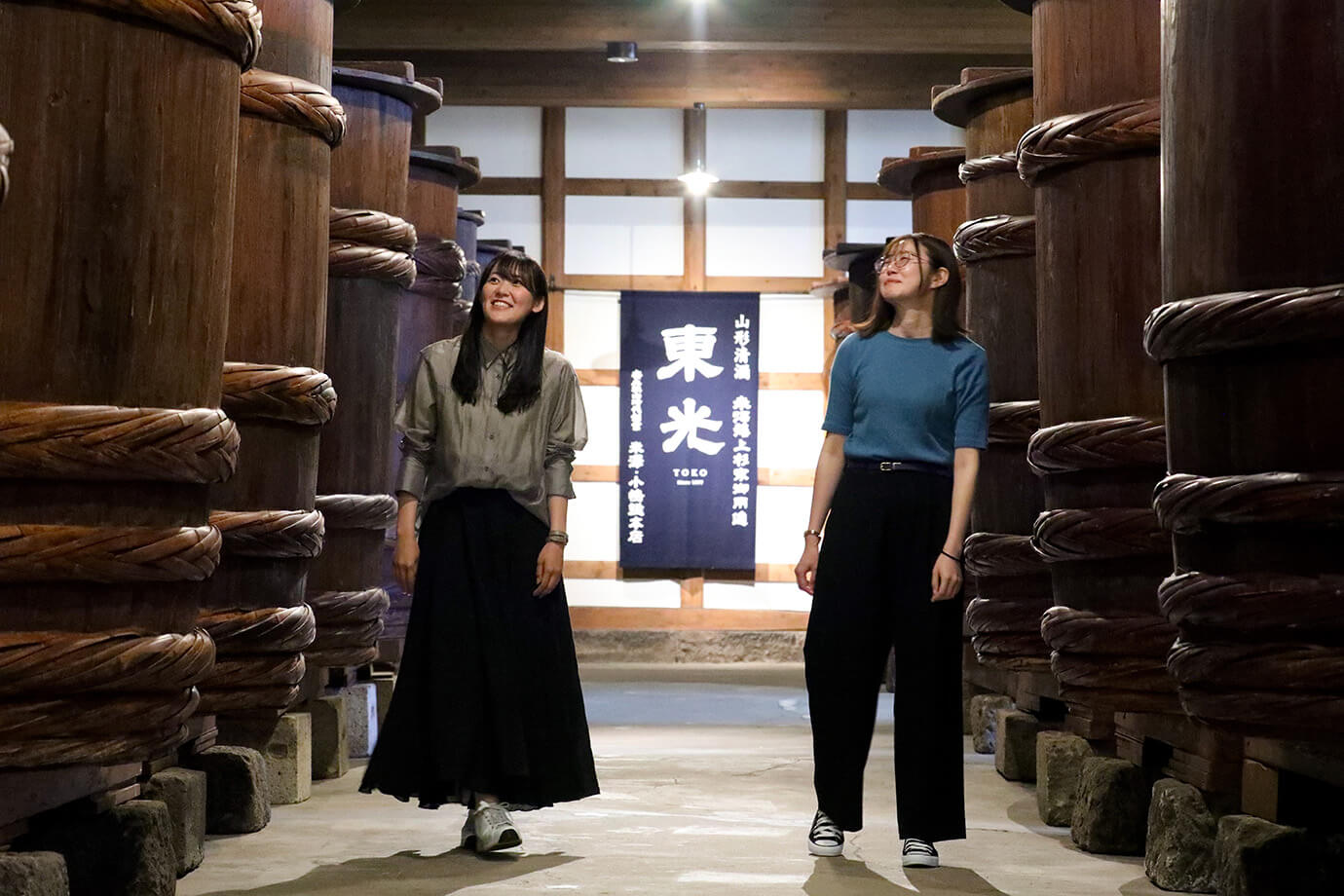
With a floor area of 140 tsubo, this is one of the largest fermentation rooms in the Tohoku region. This is where sake was actually brewed, and the old workshop has been restored, with various materials now exhibited.
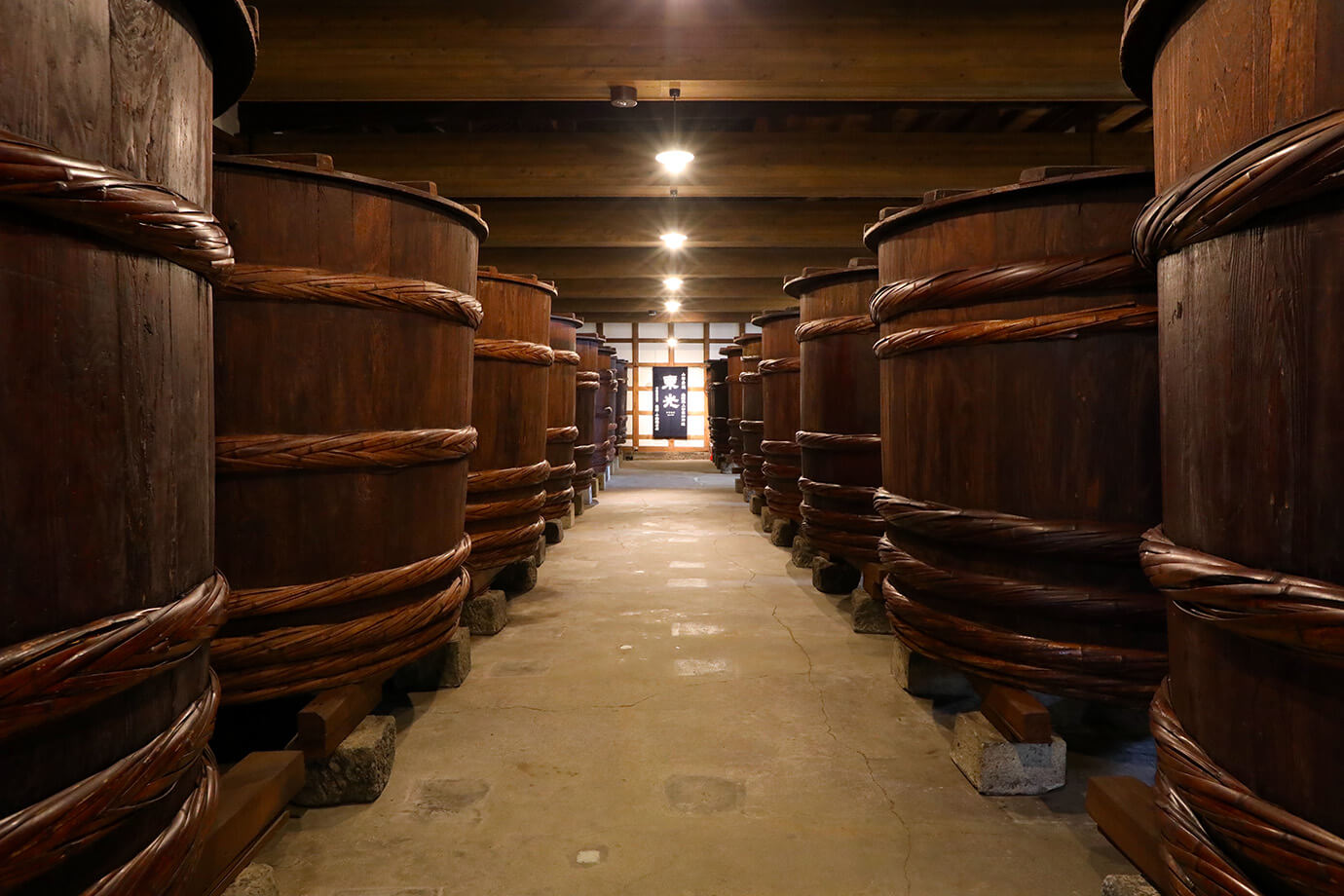
Sake brewing tools are on display inside the fermentation room, including the pressing room and koji-making room. The 20 six-shaku high vats in which sake is prepared are lined up in rows, reminiscent of sake breweries of the Meiji and Taisho eras.
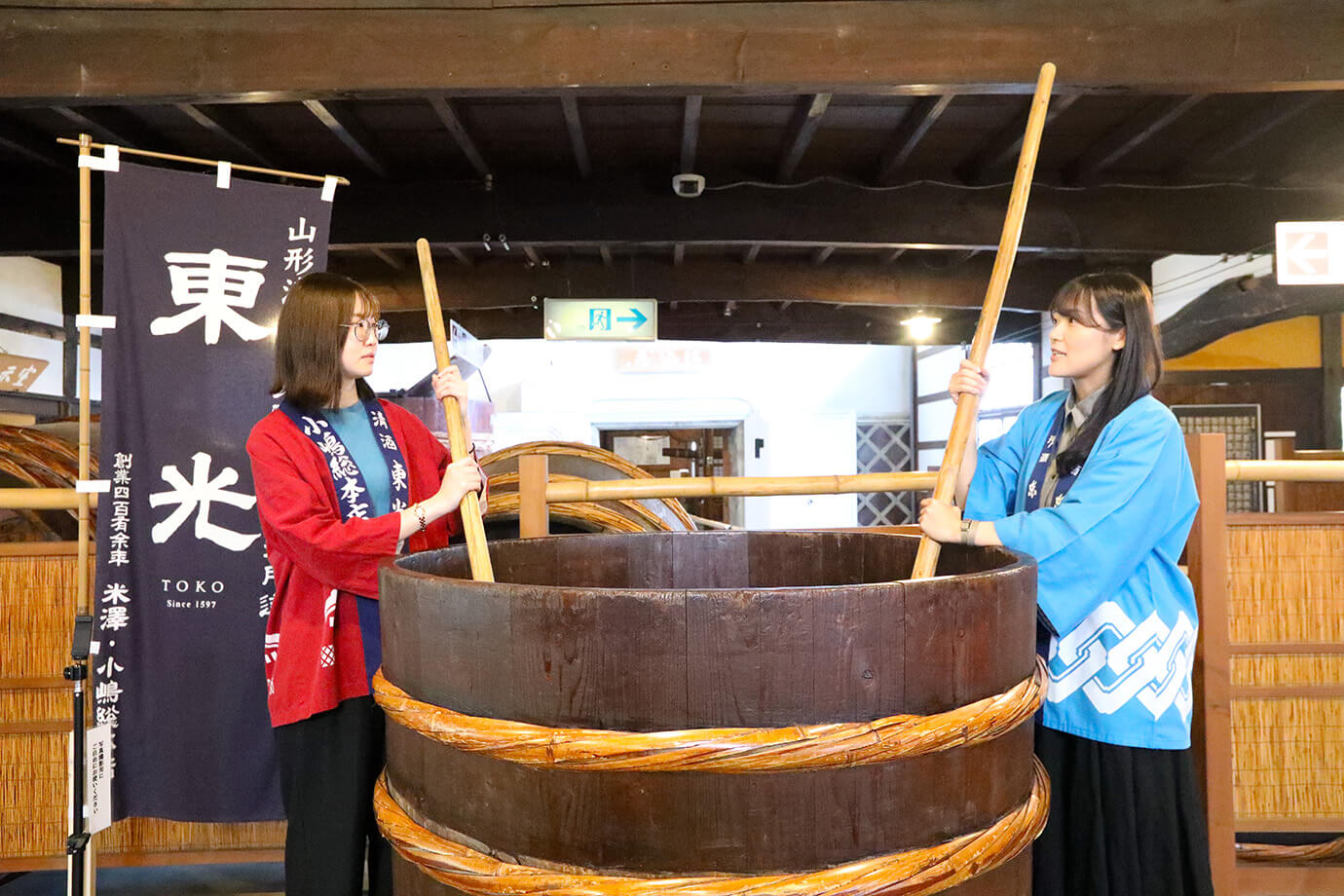
Colorful happi coats are also available, so you will feel like a brewer as you take a commemorative photo.
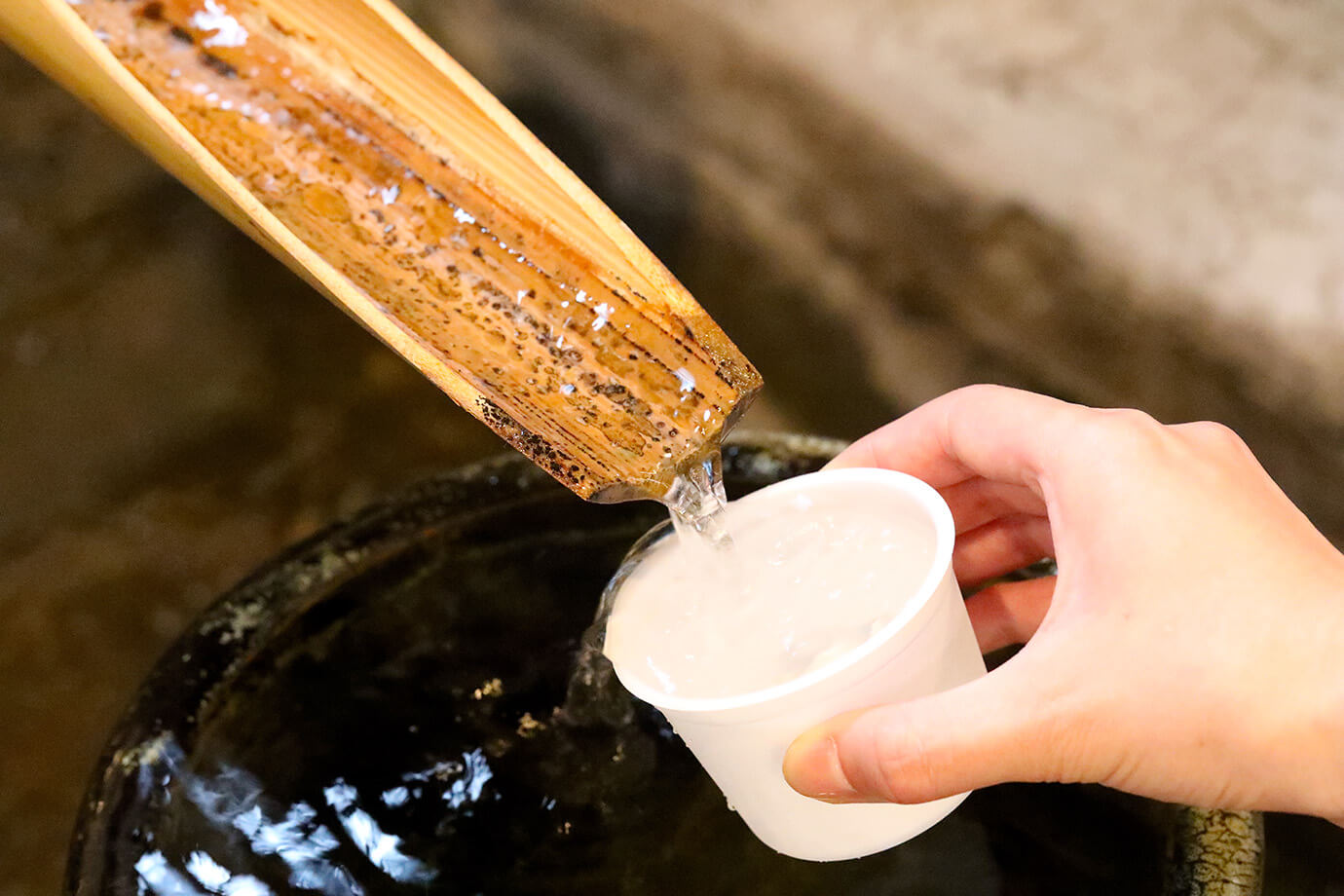
Here is the mashing water being poured inside the brewery. Visitors can also sample the cool water pumped up from underground that originates in the subterranean flow of the Azuma Mountain Range.
Insert a coin to try your favorite brand!
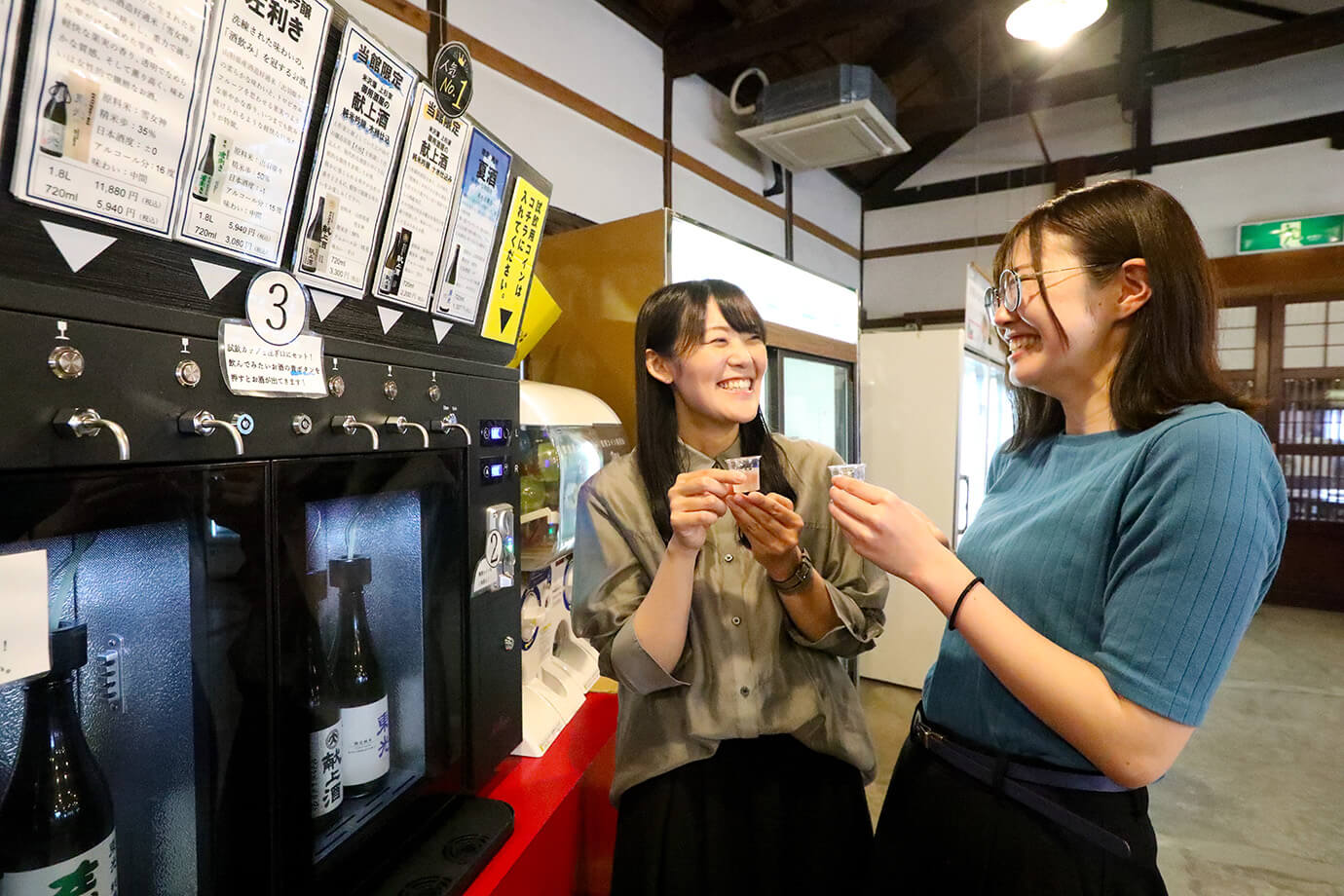
The Tasting and Shopping Area features servers offering premium and limited-edition sakes, allowing customers to actually taste the sake before purchasing it. Try one cup for just one coin. Compare your favorite sakes (you can purchase two coins for 300 yen or three coins for 400 yen).
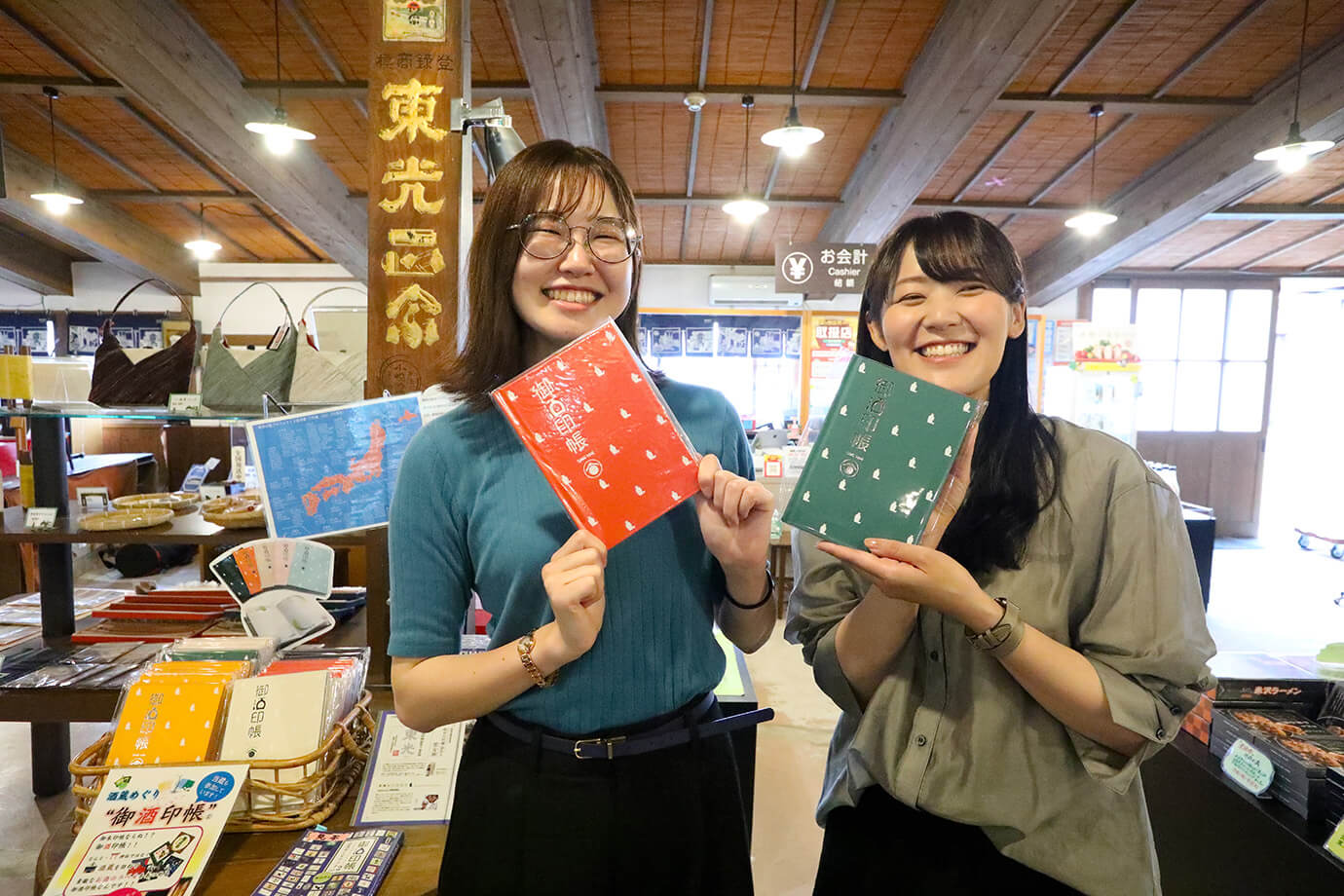
The commemorative sake stamp booklet found in the adjacent store is 1,650 yen. This is a must-have booklet for fans of sake who visit approved commemorative sake stamp booklet sake breweries, attach the label of the registered brand of sake on the left page, and write down information about the brewery and the characteristics of the sake on the right page.
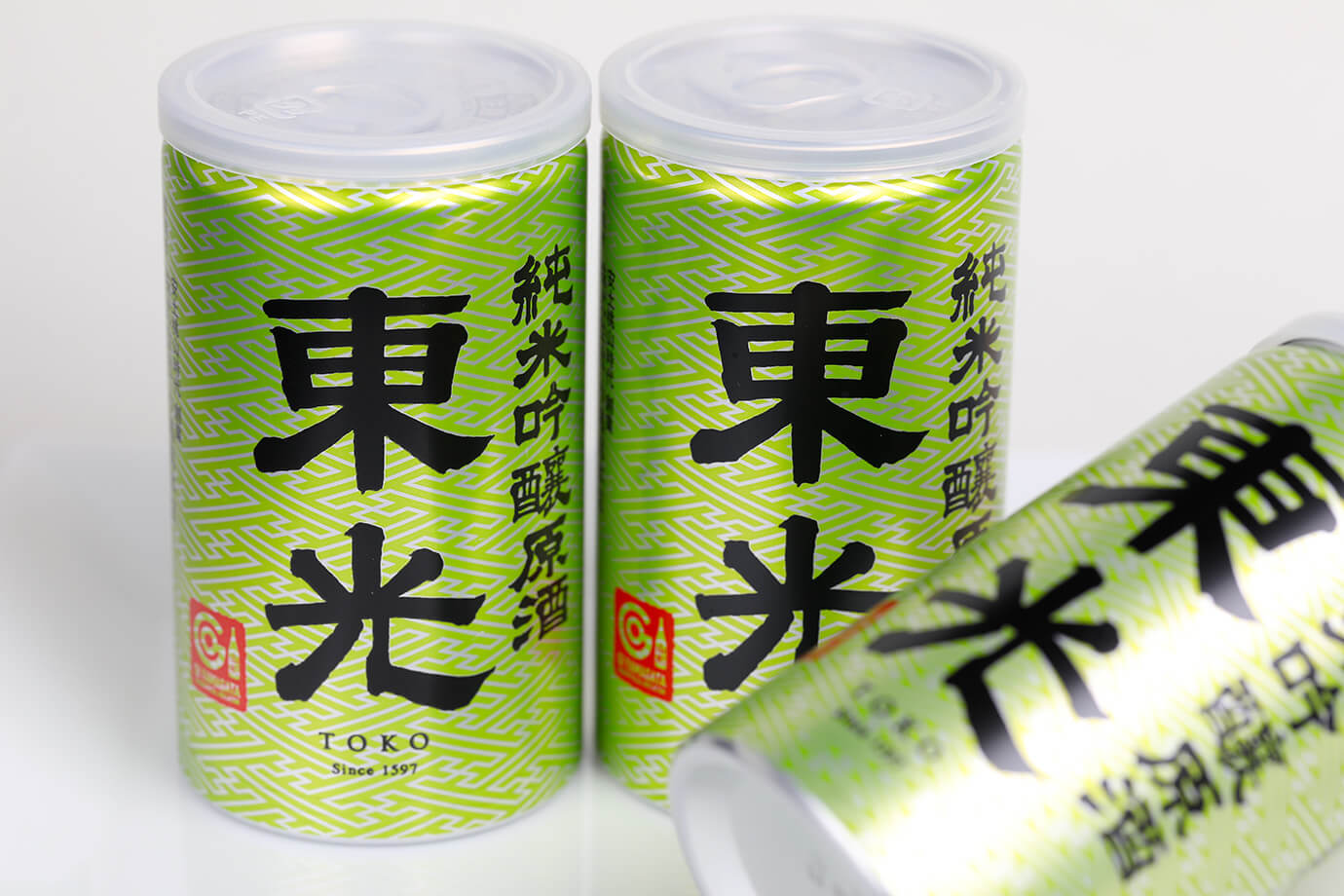
Junmai Ginjo Genshu Toko (180 ml for 429 yen) is available in an eco-friendly aluminum can. This sake is characterized by its fruity and crisp flavor, and the size makes it perfect as a souvenir. Enjoy shopping and tasting sake in a space that seems to have transported you back in time.
Toko Sake Museum
Address:2-3-22 Omachi, Yonezawa, Yamagata Prefecture
Phone:0238-21-6601
Costs:350 yen (adults)
Hours:9:00 to 16:30 (last admission 16:00)
Closed:Tuesdays from January to March, December 31 and January 1
Uesugi-Jinja Shrine
A shrine dedicated to Uesugi Kenshin, founder of the Uesugi clan of the Yonezawa Domain
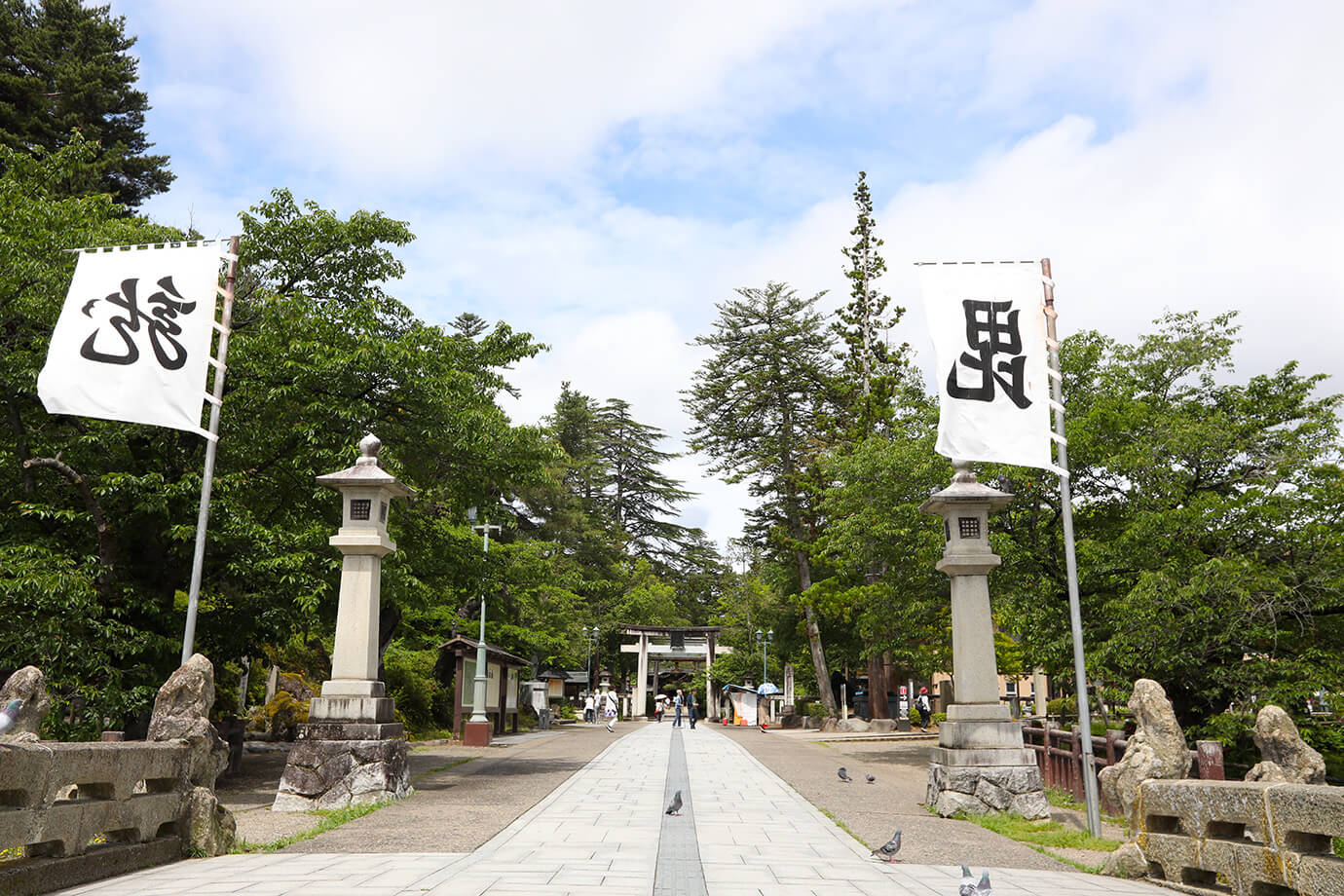
Yonezawa, which flourished as a castle town of the Uesugi clan during the Edo period, is dotted with historical spots related to Sengoku period warlords.
The first thing to do when visiting Yonezawa is to visit Uesugi-Jinja Shrine. The shrine is dedicated to Uesugi Kenshin, who is said to have been the most powerful daimyo of the Sengoku period. It was built on the site of the inner citadel of Yonezawa Castle, where successive lords of the domain lived.
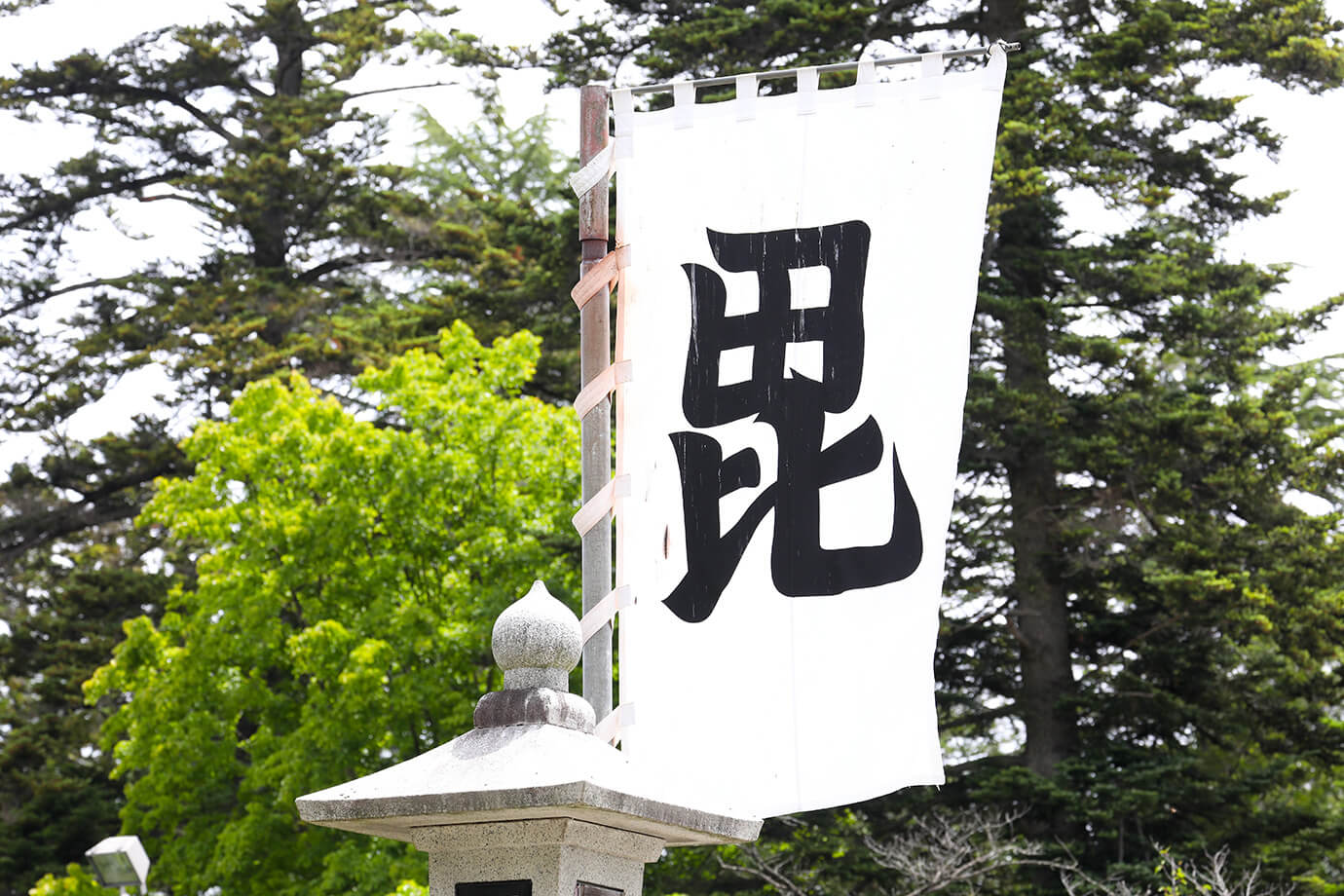
Fluttering in the wind on our way to the temple are military flags painted with the characters “Bi” and “Ryu.” “Bi” is said to represent the Buddhist figure Bishamonten, whom Uesugi Kenshin deeply revered, and "Ryu" is said to represent the Buddhist deity Fudo Myoo.
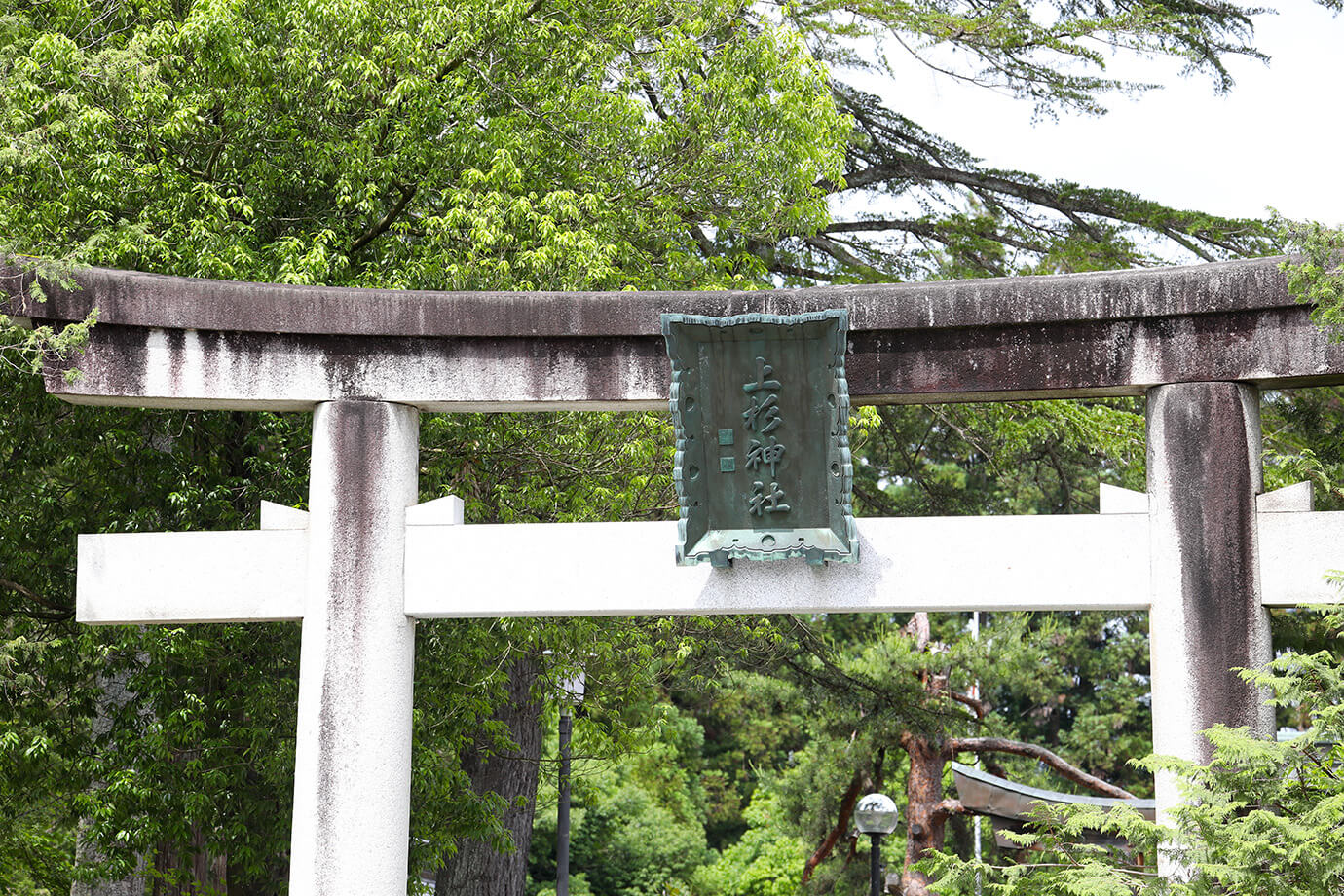
We pass through the torii gate and proceed to the main shrine.
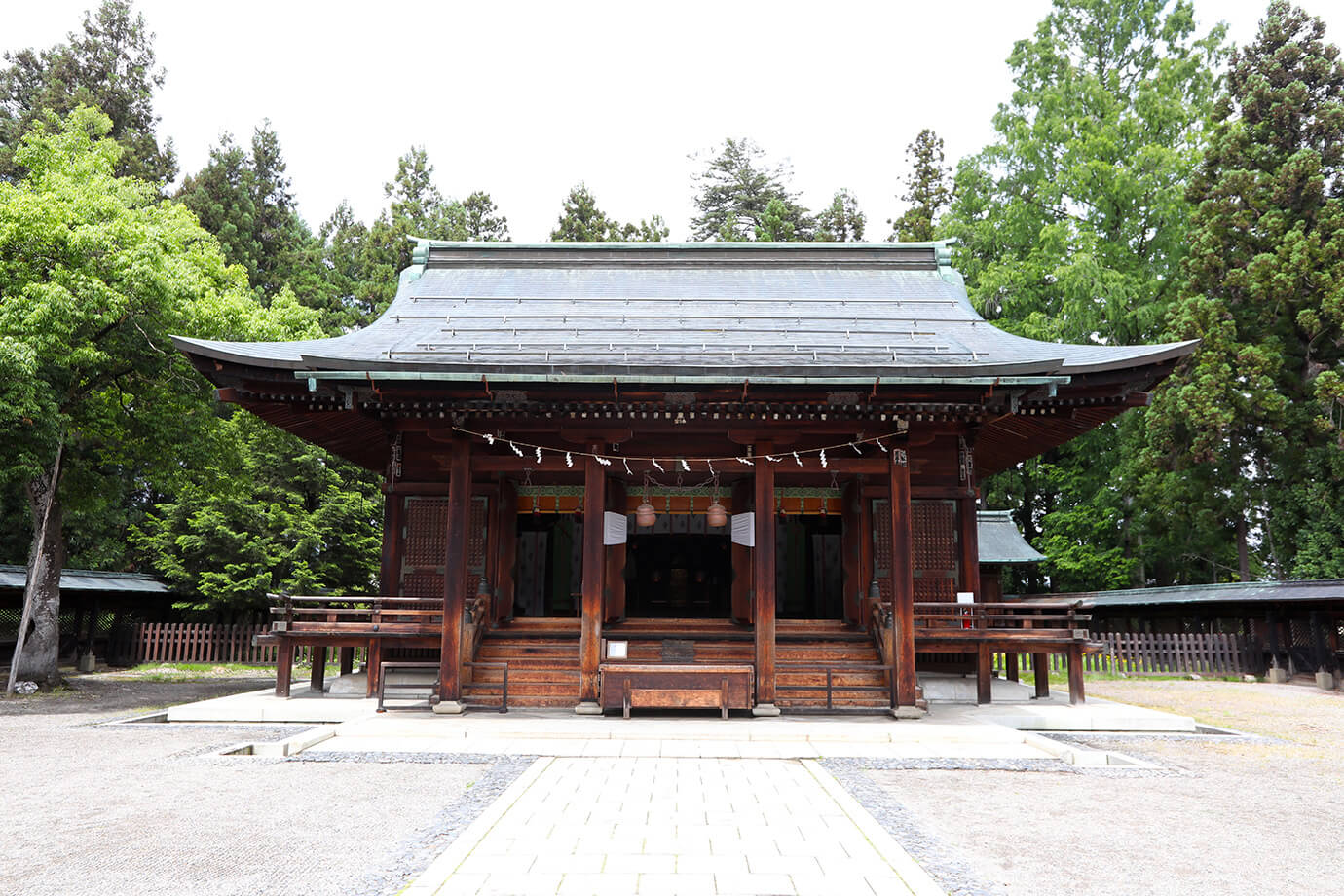
The shrine is believed to be blessed with good fortune, fulfillment of wishes, academic success, and prosperous business in honor of Uesugi Kenshin. It attracts many worshippers every day. The present main shrine was built by Dr. Chuta Ito, a native of Yonezawa and well-known designer of the Meiji Jingu.
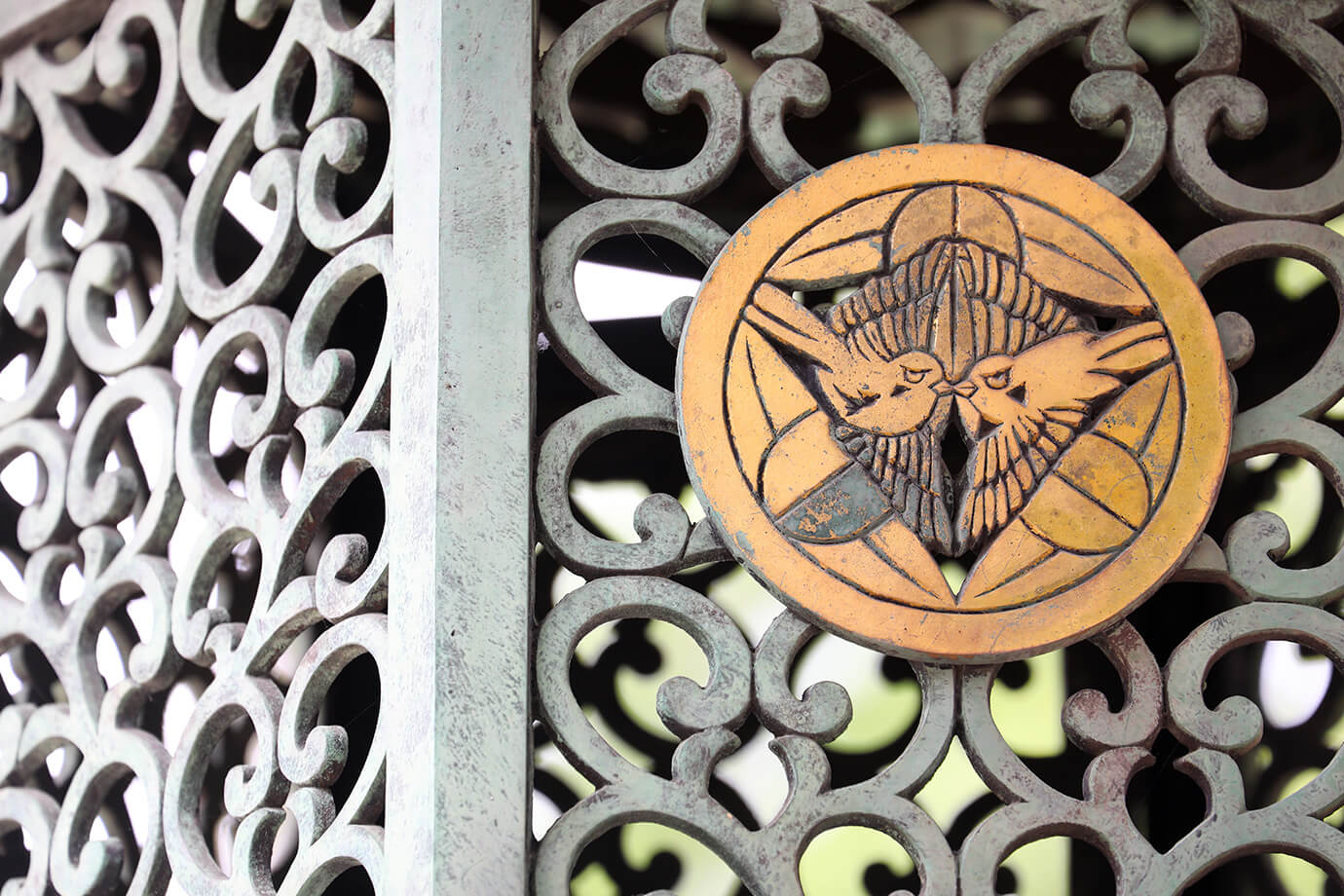
Here is the bamboo and sparrow Uesugi clan crest, found on a lantern near the main shrine.
There are also spots associated with Uesugi Yozan, the 9th daimyo of the Yonezawa Domain
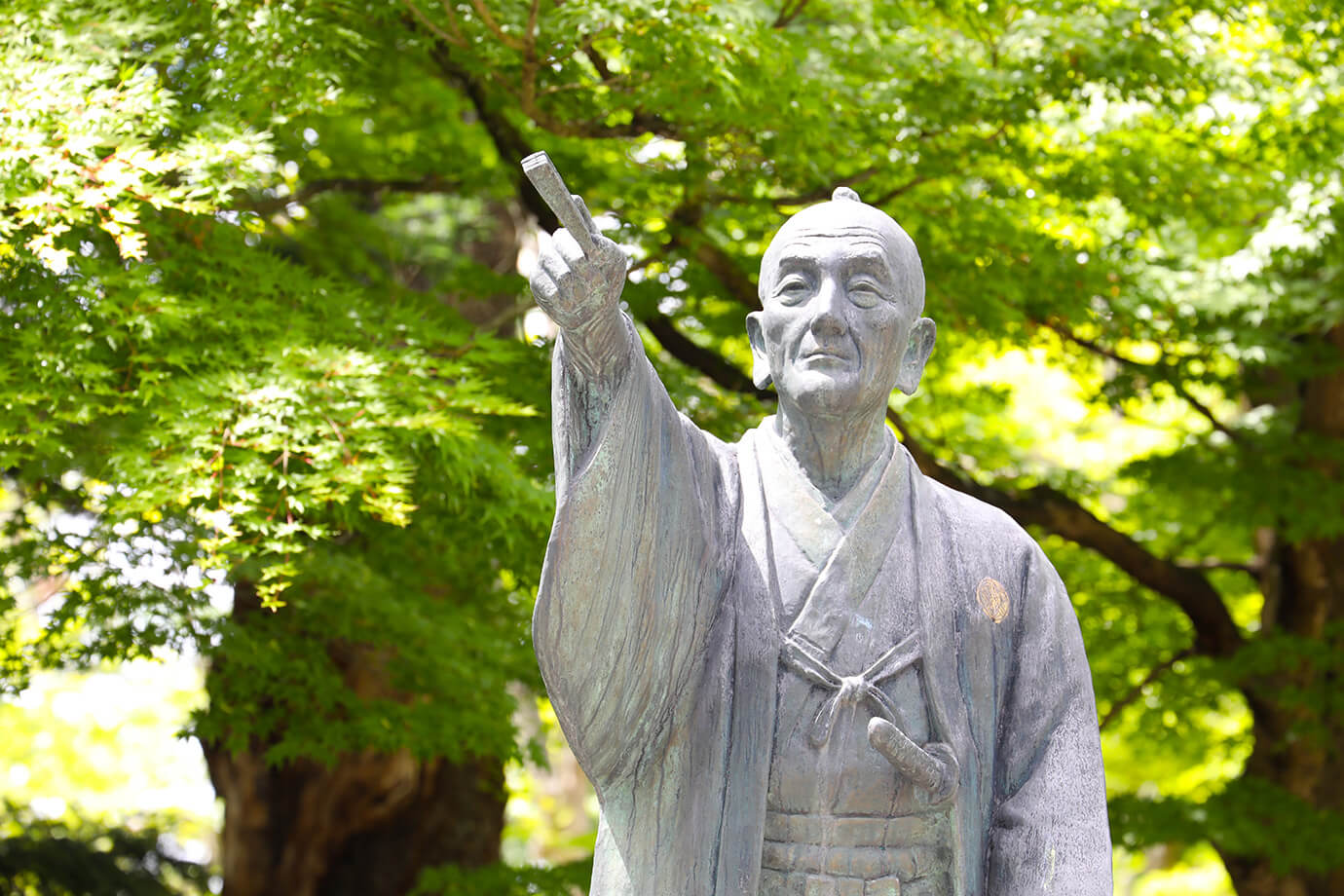
You can also find a bronze statue of Uesugi Yozan, the 9th daimyo of the Yonezawa Domain, on the grounds of the temple. Uesugi Yozan rebuilt the financially troubled Yonezawa Domain through a number of policies, including imposing stringent fiscal restraints and industrial development, and is known as one of the wisest rulers of the Edo period.
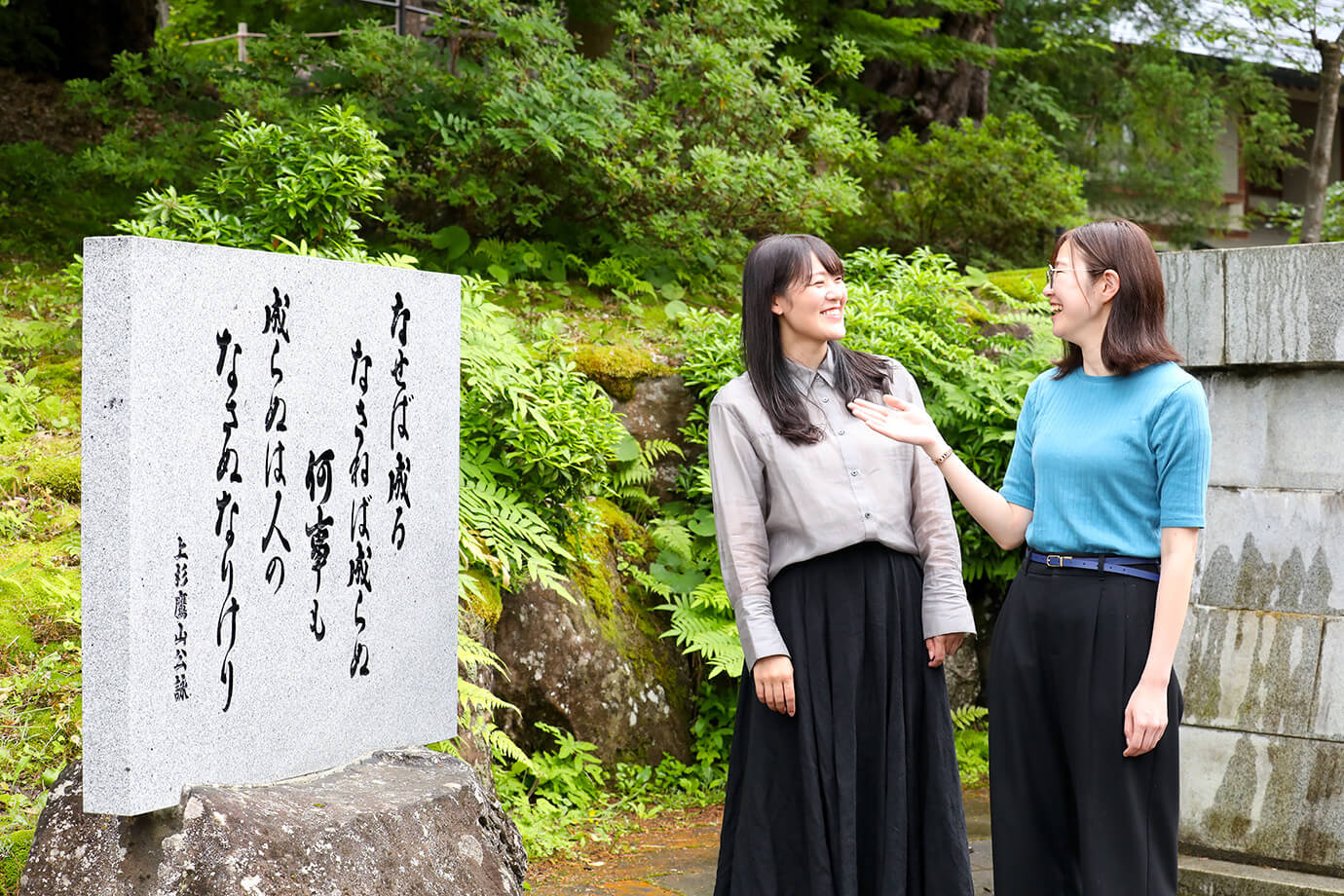
On the stone monument are inscribed the words of Uesugi Yozan, which translate to “Anything can be done, but only if you try. If nothing’s done, the fault lies with you.”

A garden extends through the grounds, with small waterfalls and ponds. The splashing water has a cooling effect on our view of the garden.
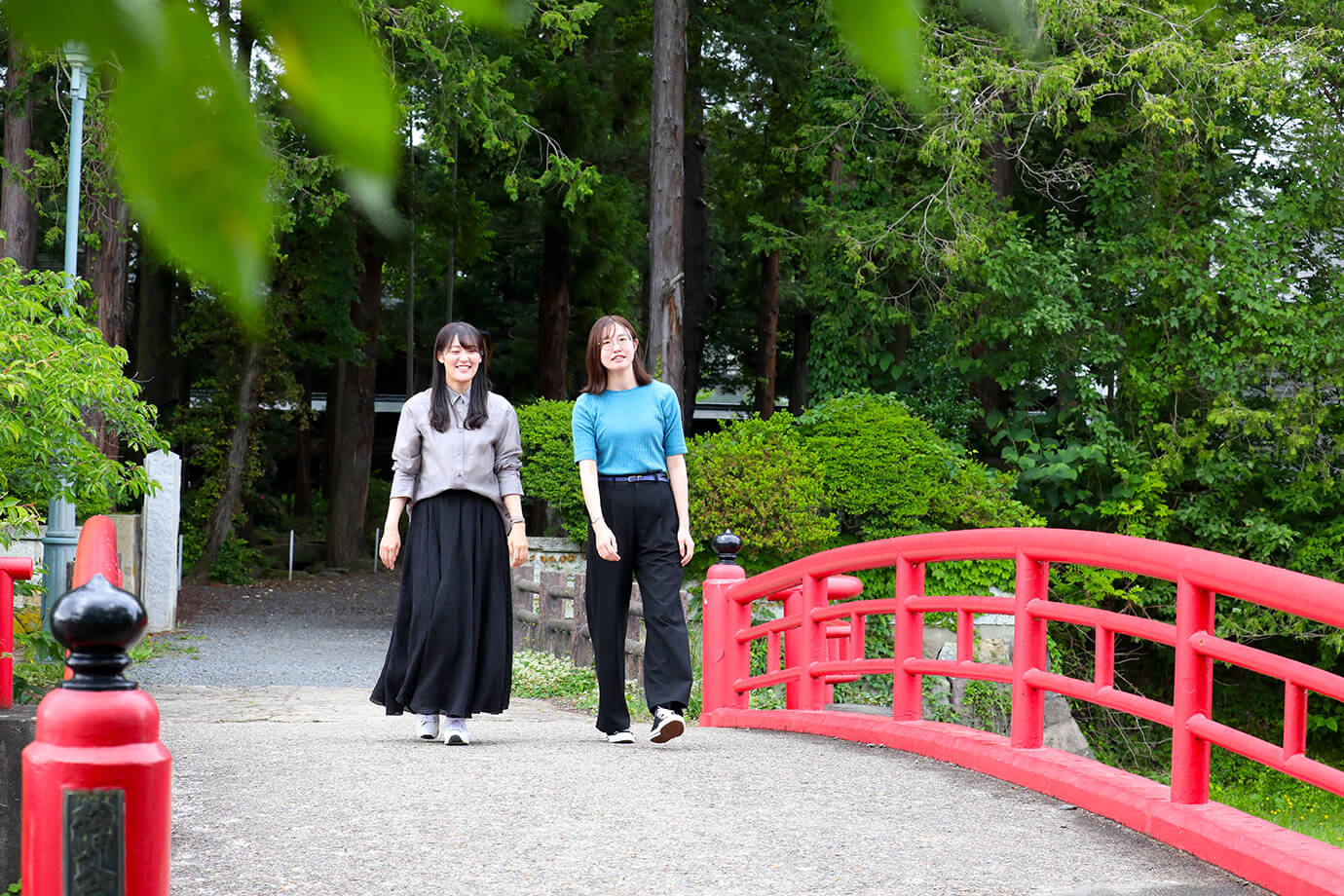
Hishimon-bashi Bridge leads to the south entrance of the temple grounds. In the Edo period, this served as the southern entrance to the palace where the daimyo lived within the inner citadel. Because the passage was strictly controlled, it was called the Secret Gate (hishi mon), which is said to be the origin of the bridge’s name.
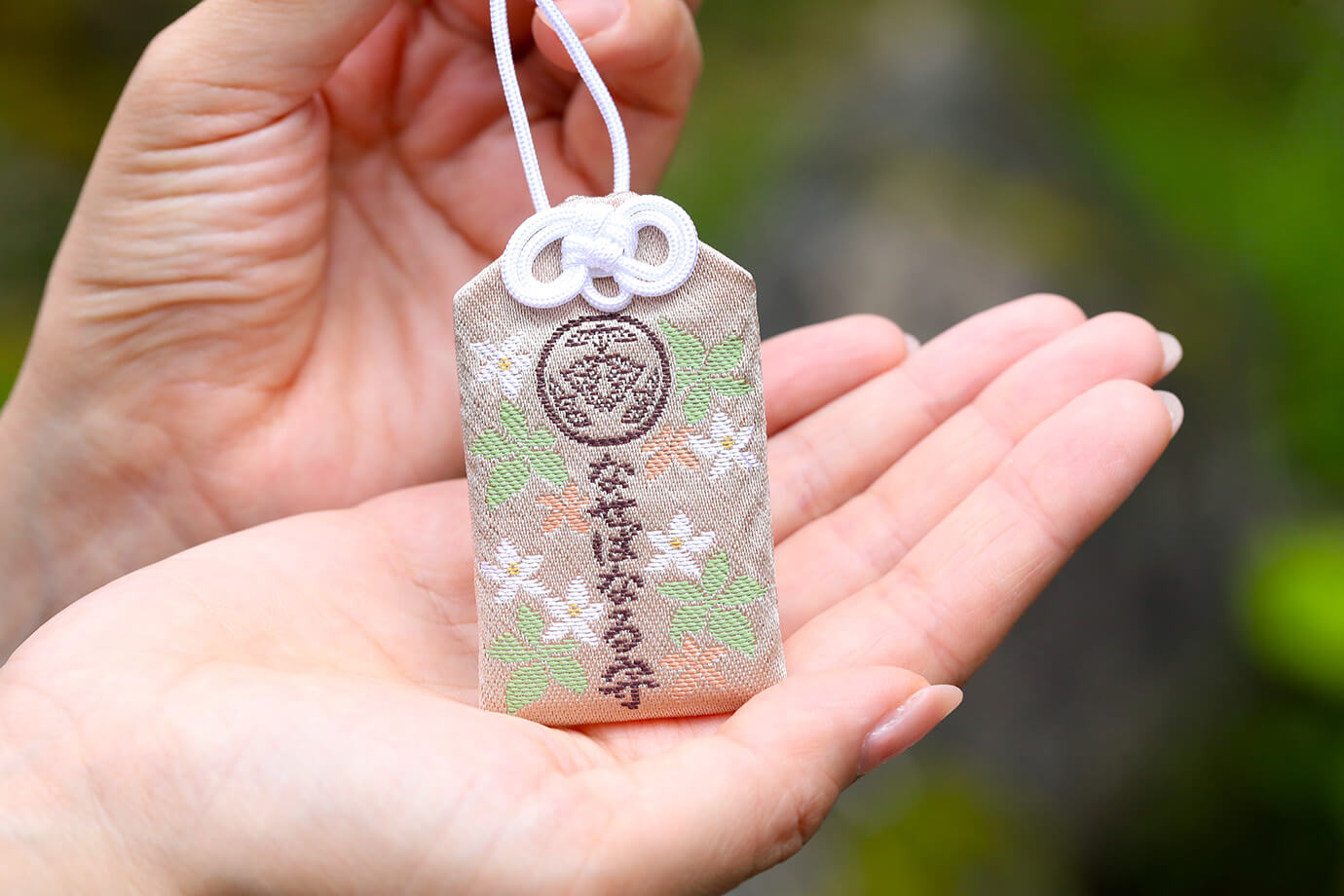
We found a “Anything can be done if you try” charm for 700 yen at the counter selling amulets and charms. This is a charm from Matsugasaki Shrine, a secondary shrine on the grounds dedicated to Uesugi Yozan.
Uesugi-Jinja Shrine
Address:1-4-13 Marunouchi, Yonezawa, Yamagata Prefecture
Phone:0238-22-3189
Costs:Free entry onto the grounds
Hours:6:00 to 17:00 (7:00 to 17:00 from November to March; commemorative stamps are available 8:30 to 17:00)
Closed:Open every day
Ohoribata Sapporo
Taste the handmade noodles in this nostalgic ramen!
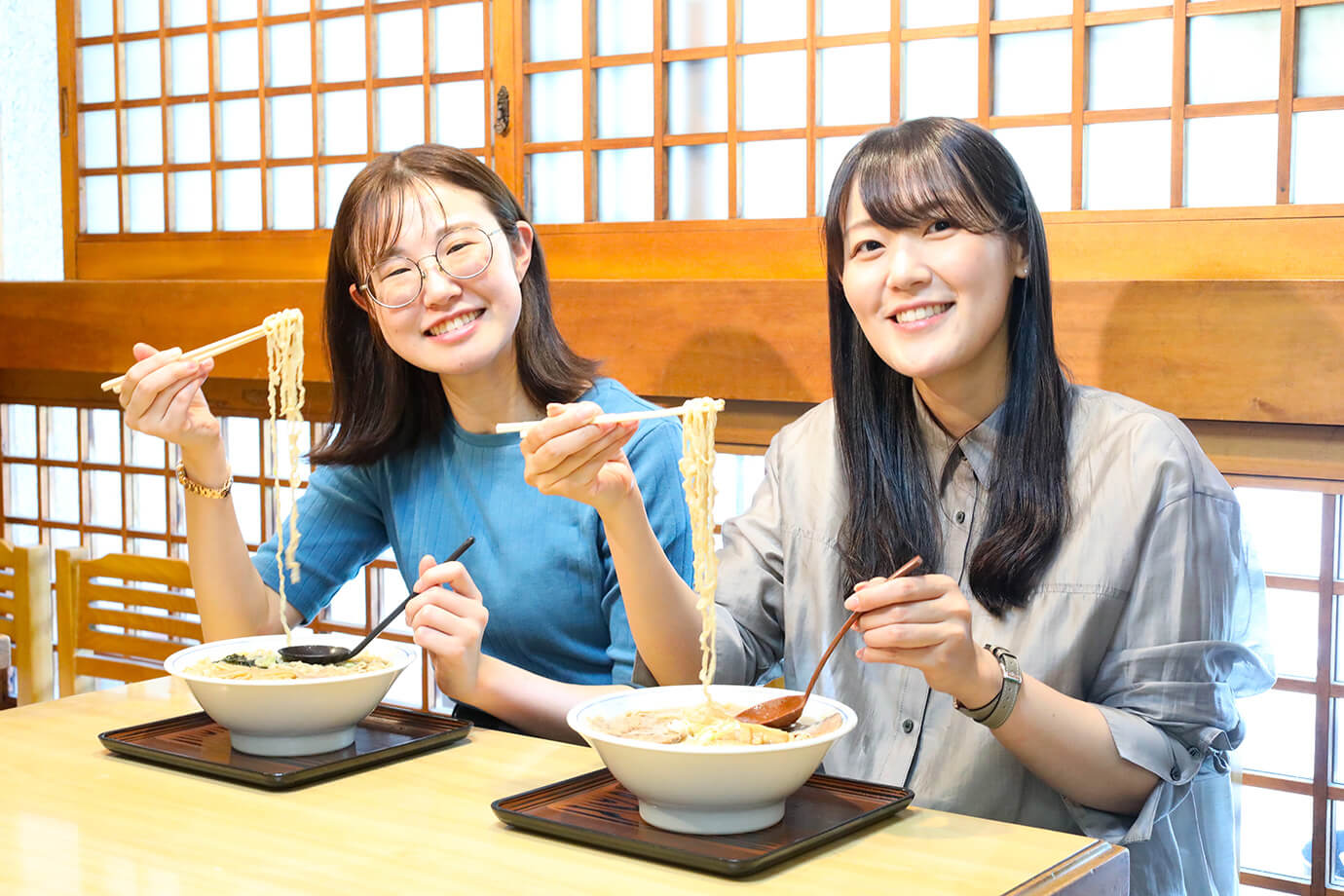
Established in 1953, this restaurant is popular among locals for its simple Yonezawa ramen. The pride of the restaurant is its thin homemade noodles, which are hand-kneaded, hand-pounded, and hand-formed by the owner, then allowed to mature for two to three days.
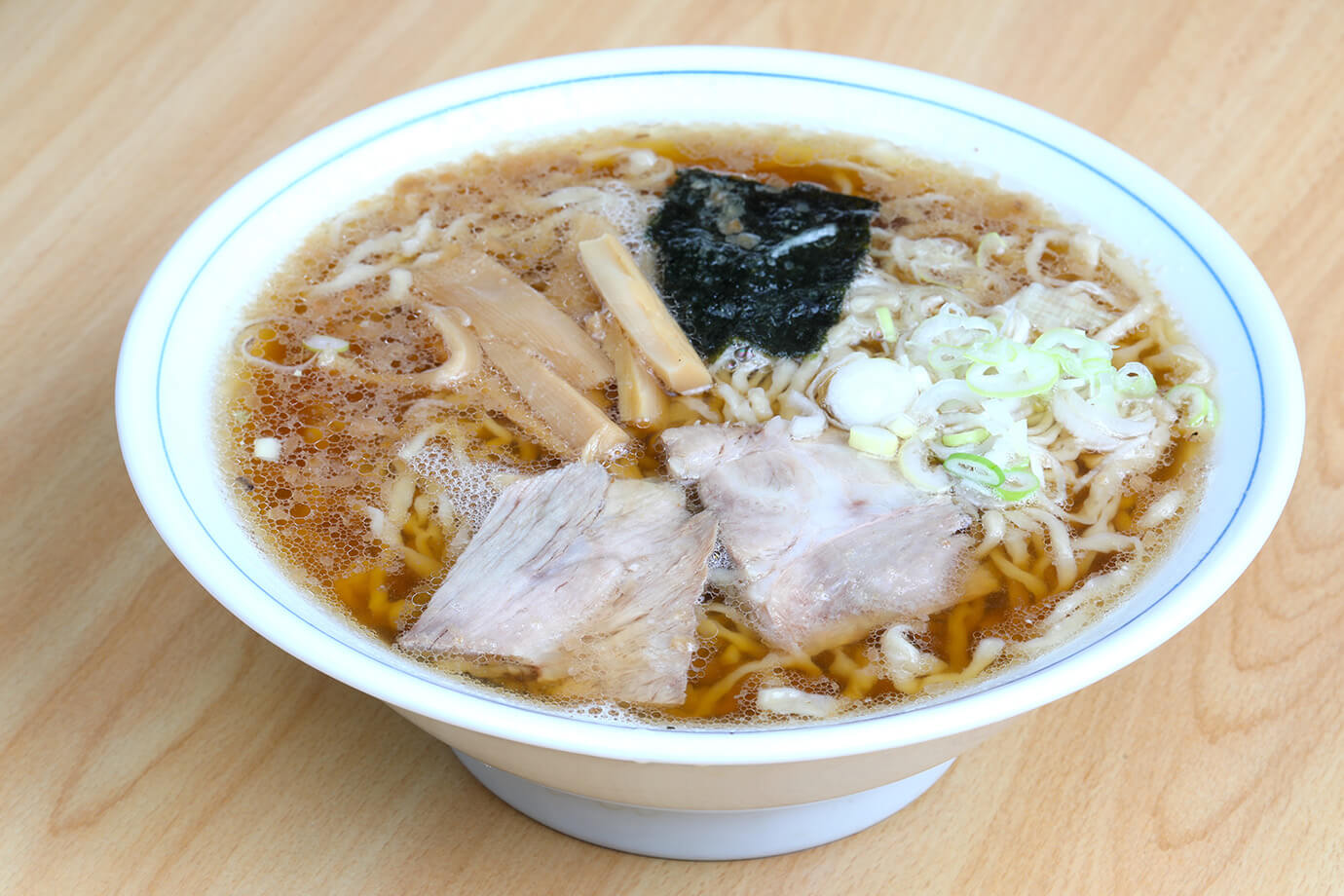
The standard ramen is 700 yen. Made from dried sardines and chicken stock, the light flavor of the soup is a perfect match for the handmade noodles!
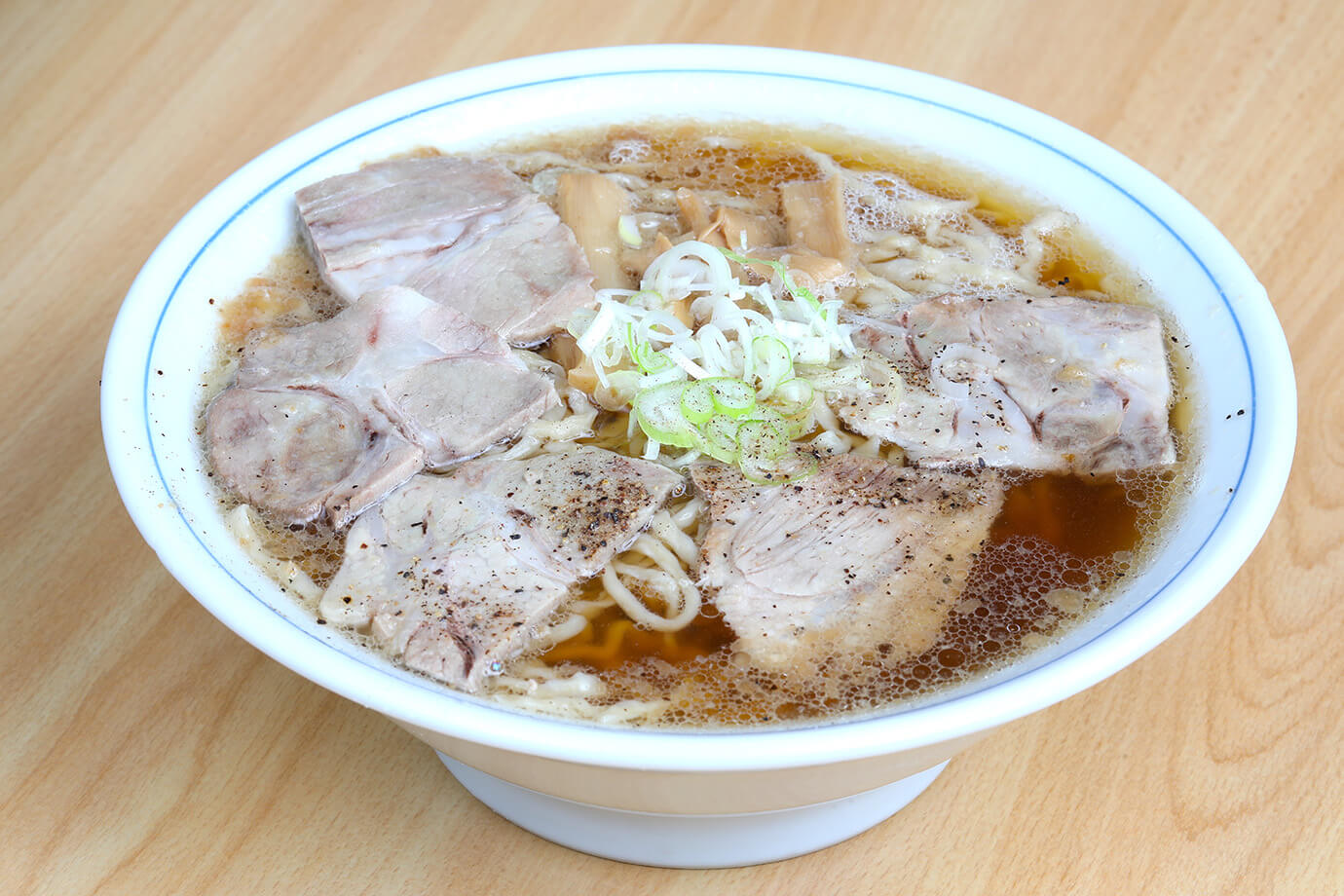
The Chashu Pork Ramen is 900 yen and features five slices of chashu pork, bamboo shoots, and green onions. The handmade noodles have a sticky texture and are very satisfying.

The red Yonezawa Ramen flag acts as a landmark in front of the restaurant. This is a must-try as you explore the city.
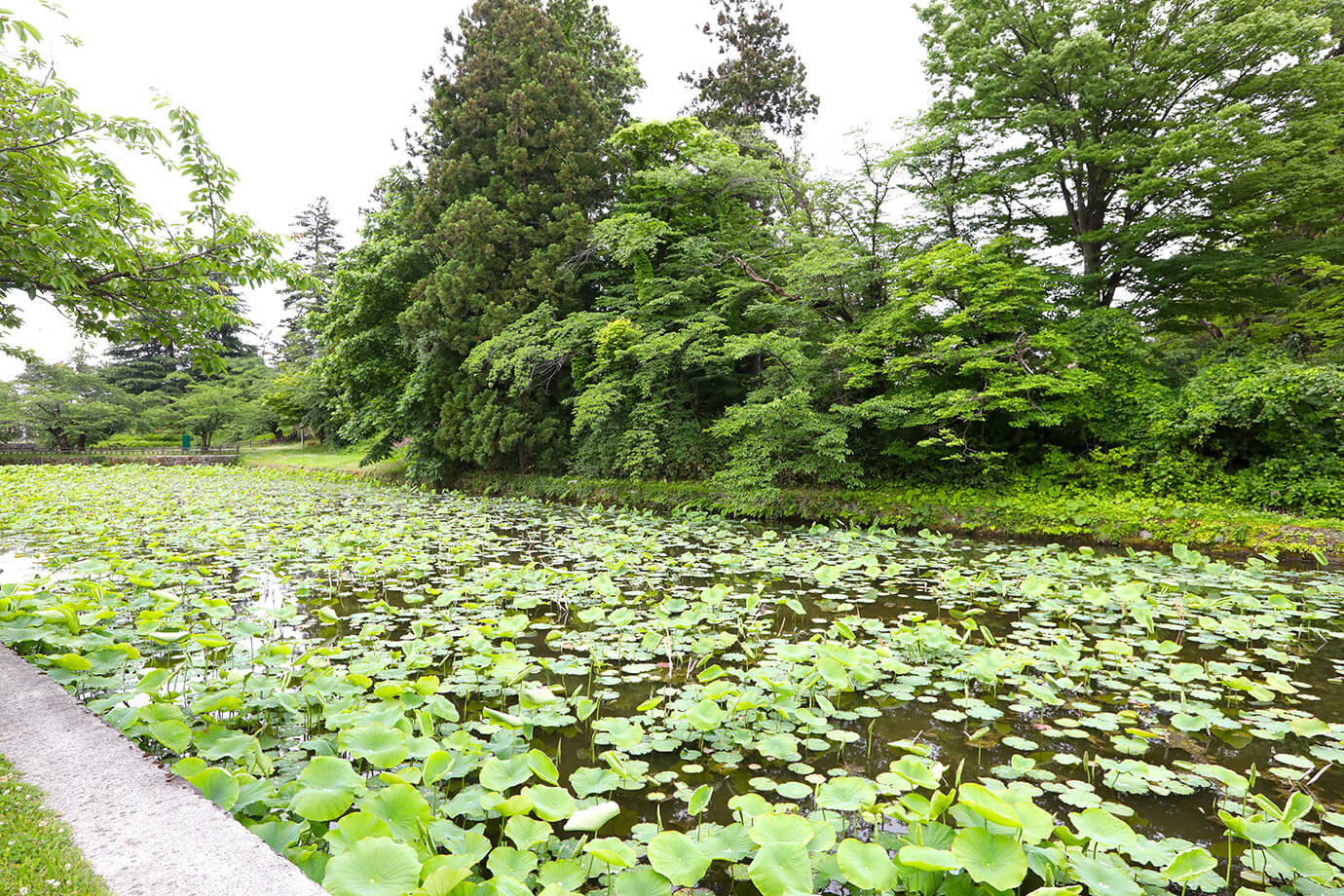
This ramen restaurant is located right in front of the Uesugi-Jinja Shrine moat. Here is the view from in front of the restaurant. In summer, you can see lotus flowers blooming all over.
Ohoribata Sapporo
Address:1-7-9 Marunouchi, Yonezawa, Yamagata Prefecture
Phone:0238-23-2637
Hours:11:00 to 14:30
Closed:Wednesday
Waku Waku-Kan
Try your hand at safflower dyeing, which offers a unique texture and color!
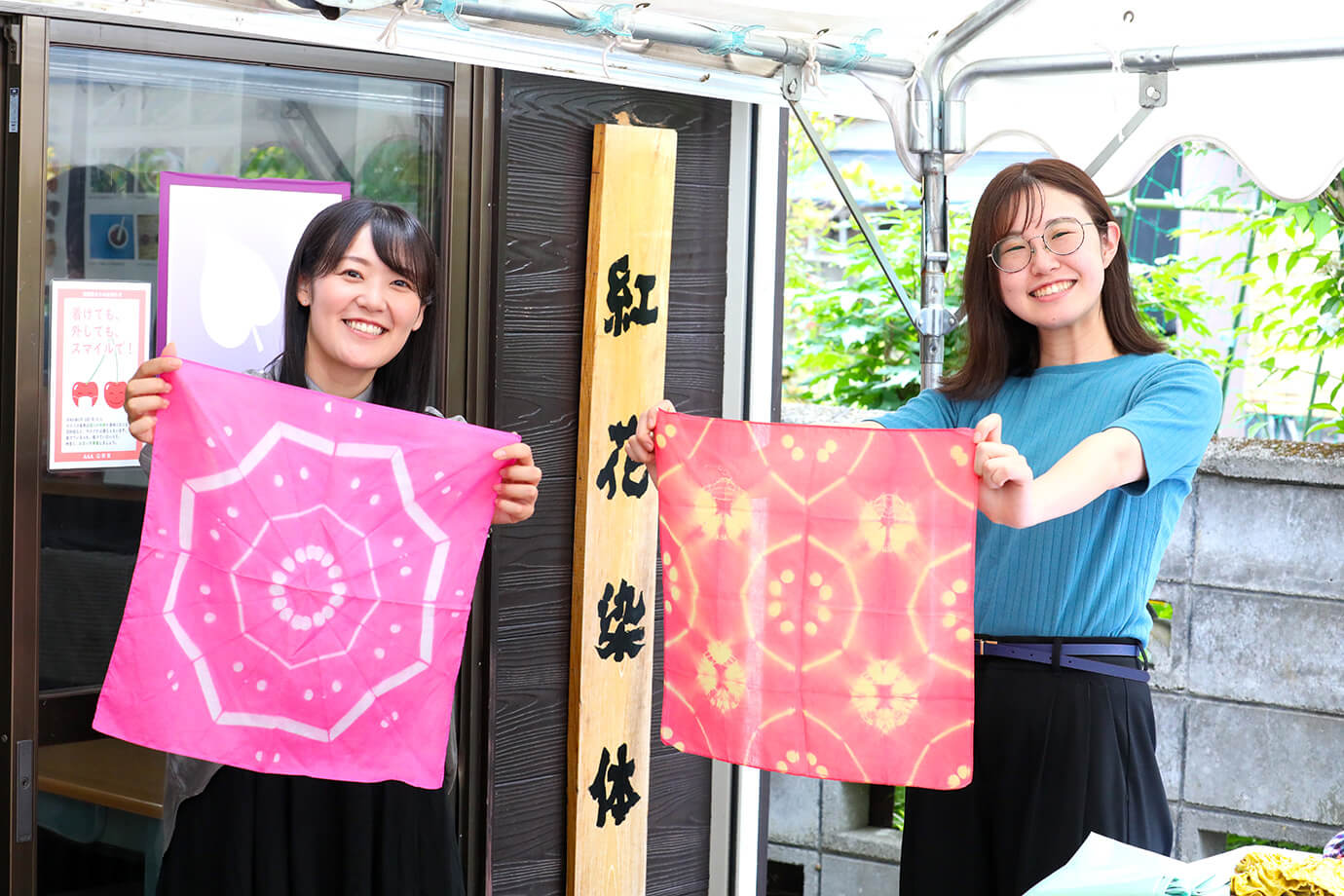
Yonezawa textiles originated in Yonezawa when Uesugi Yozan, the ninth daimyo of the Yonezawa Domain, had the wives and daughters of samurai learn weaving as a home industry. At the Waku Waku-Kan, visitors can experience weaving and safflower dyeing under the guidance of artisans.
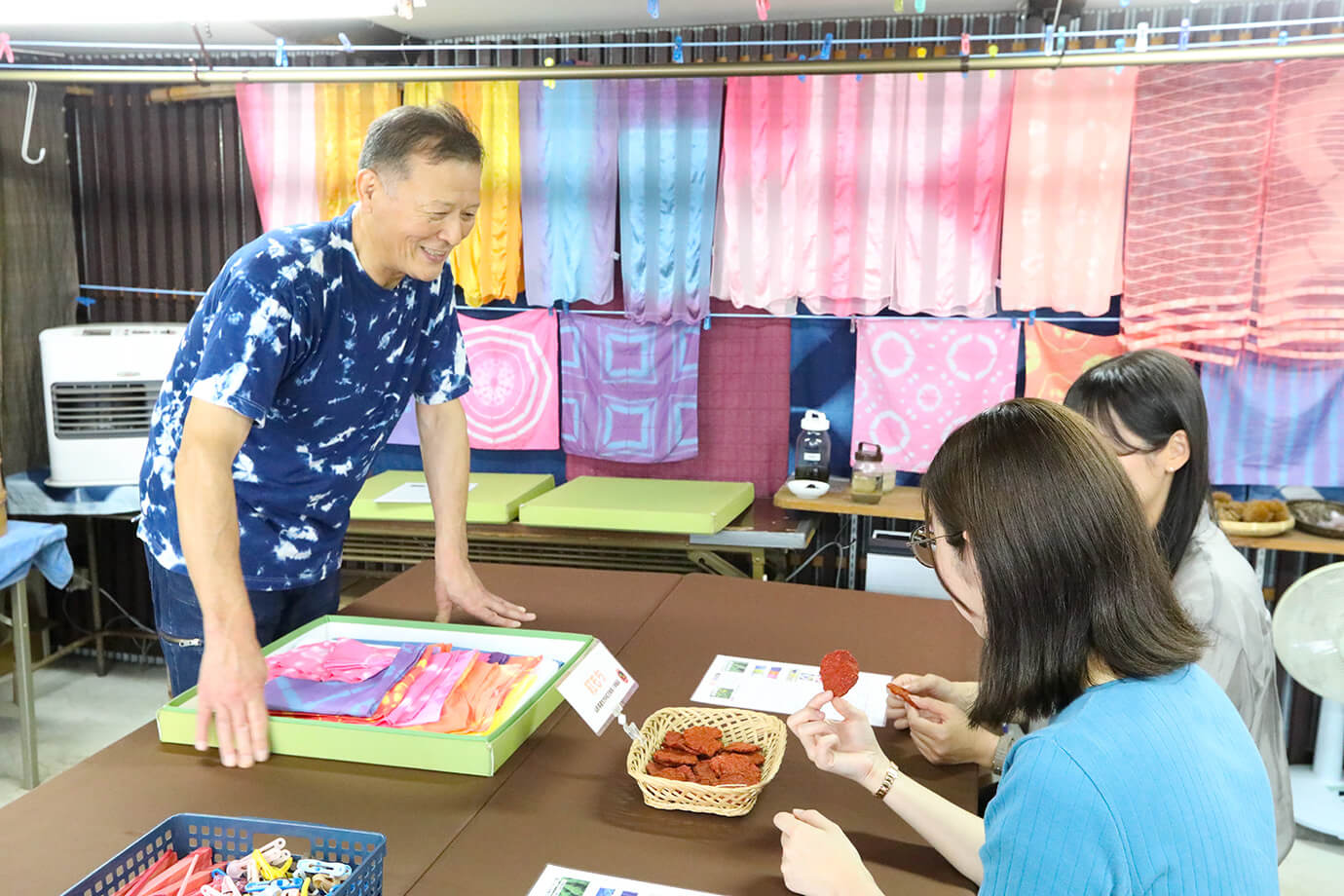
Listening to our instructor, Mr. Saito, we tried our hand at safflower dyeing! Safflower has been cultivated in Yamagata Prefecture since long ago, and by the mid-Edo period, the prefecture was the largest producer of safflower in Japan. First, choose the color of the handkerchief—white, yellow, or blue—you wish to dye.

Fold the handkerchief like a folding screen to form triangles and squares.
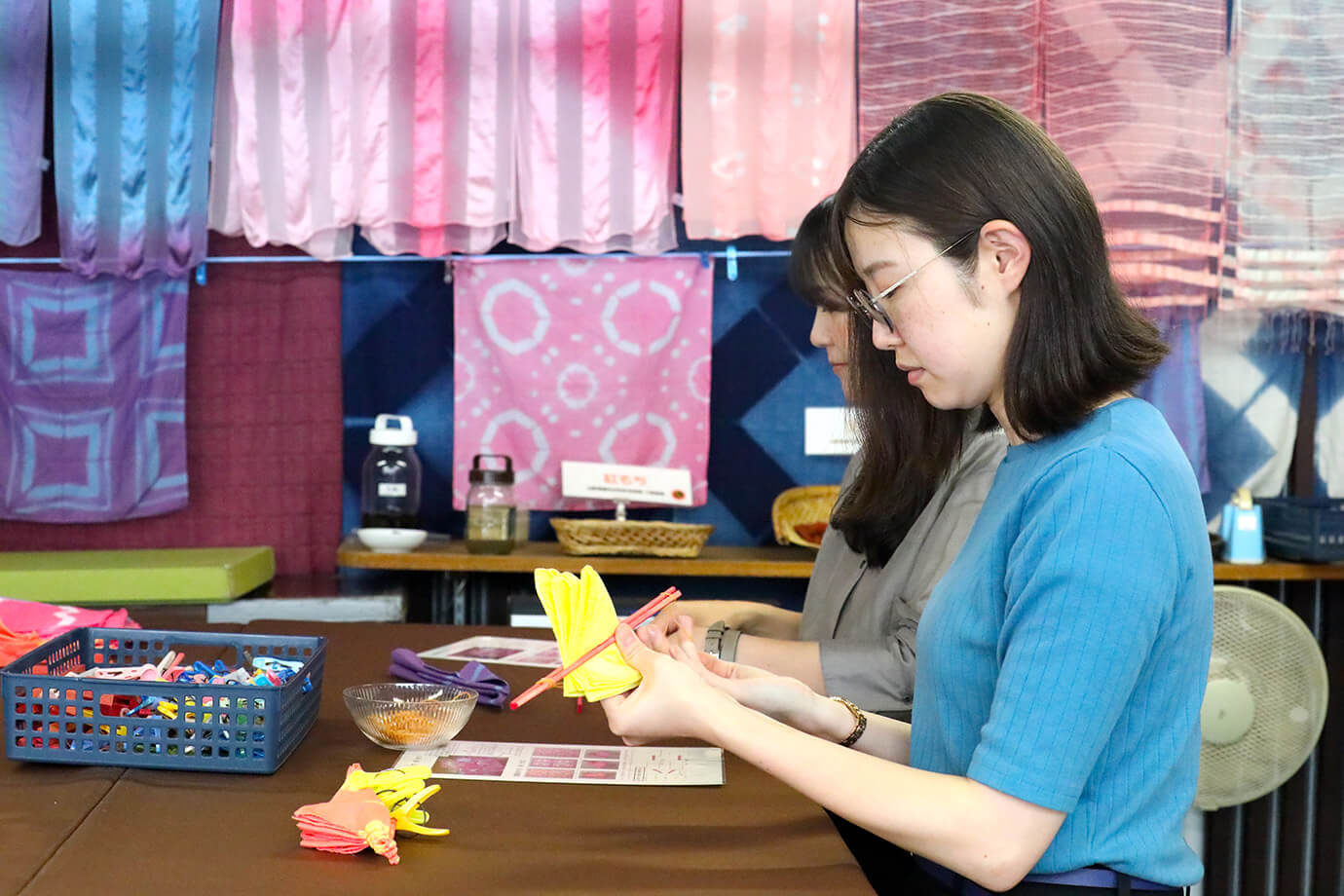
Use clothespins, boards, and disposable chopsticks to create patterns.
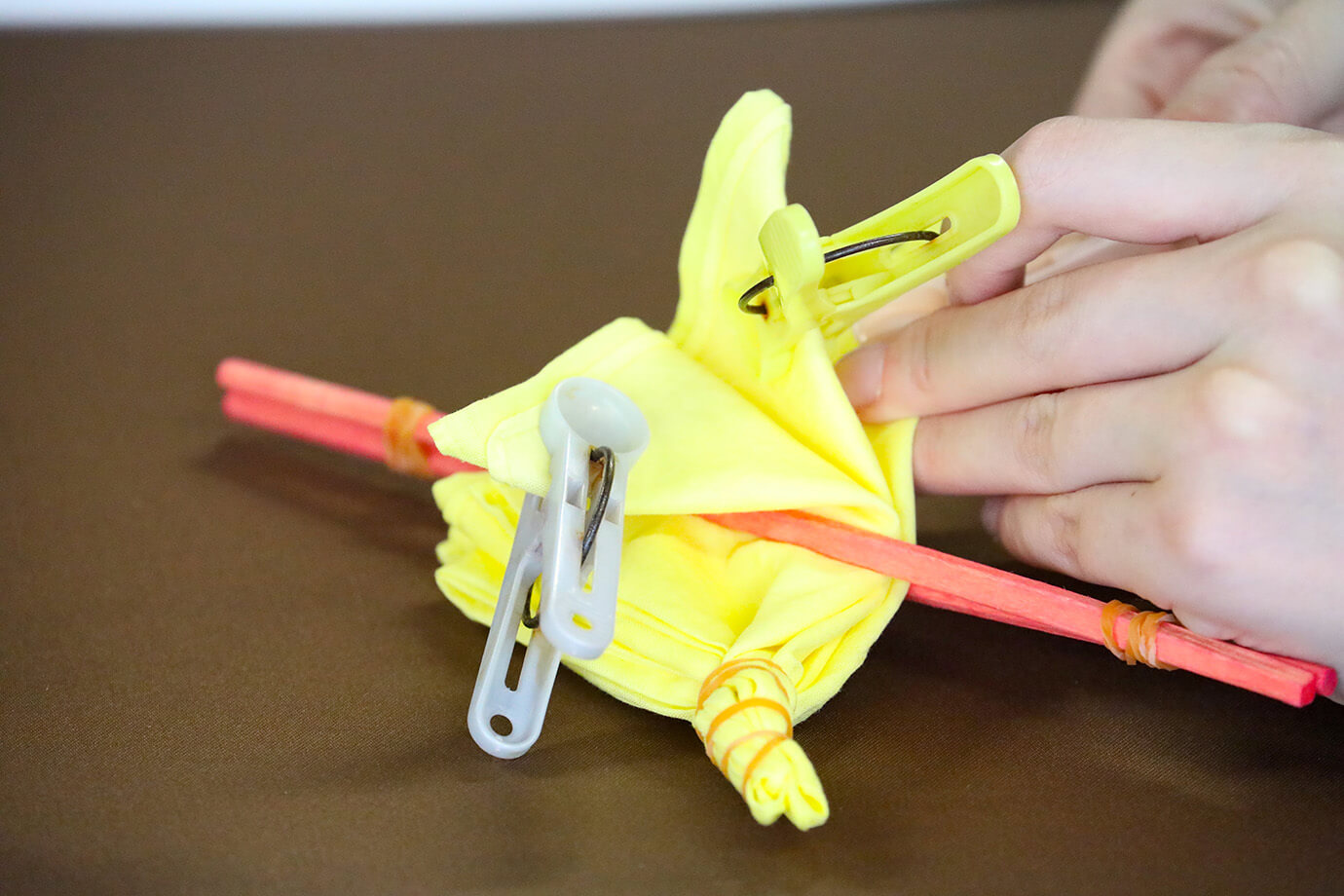
Pass a chopstick through the center of the triangle, wrap the end of the cloth with a rubber band and squeeze. What kind of pattern did we create?
Final touches are achieved by dipping the handkerchiefs in safflower dye
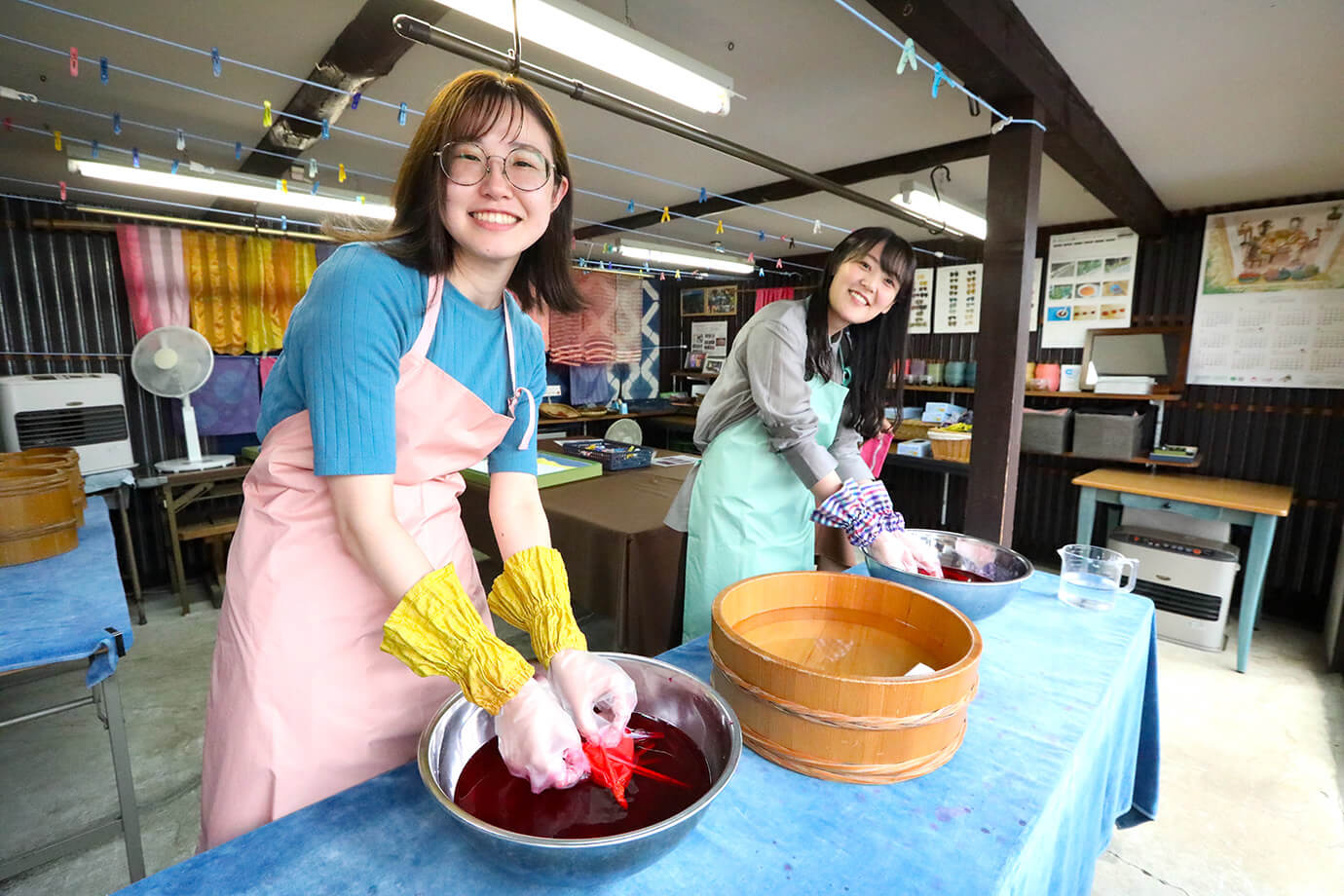
Once the pattern has been created, we move to the dyeing area to begin the dyeing process.
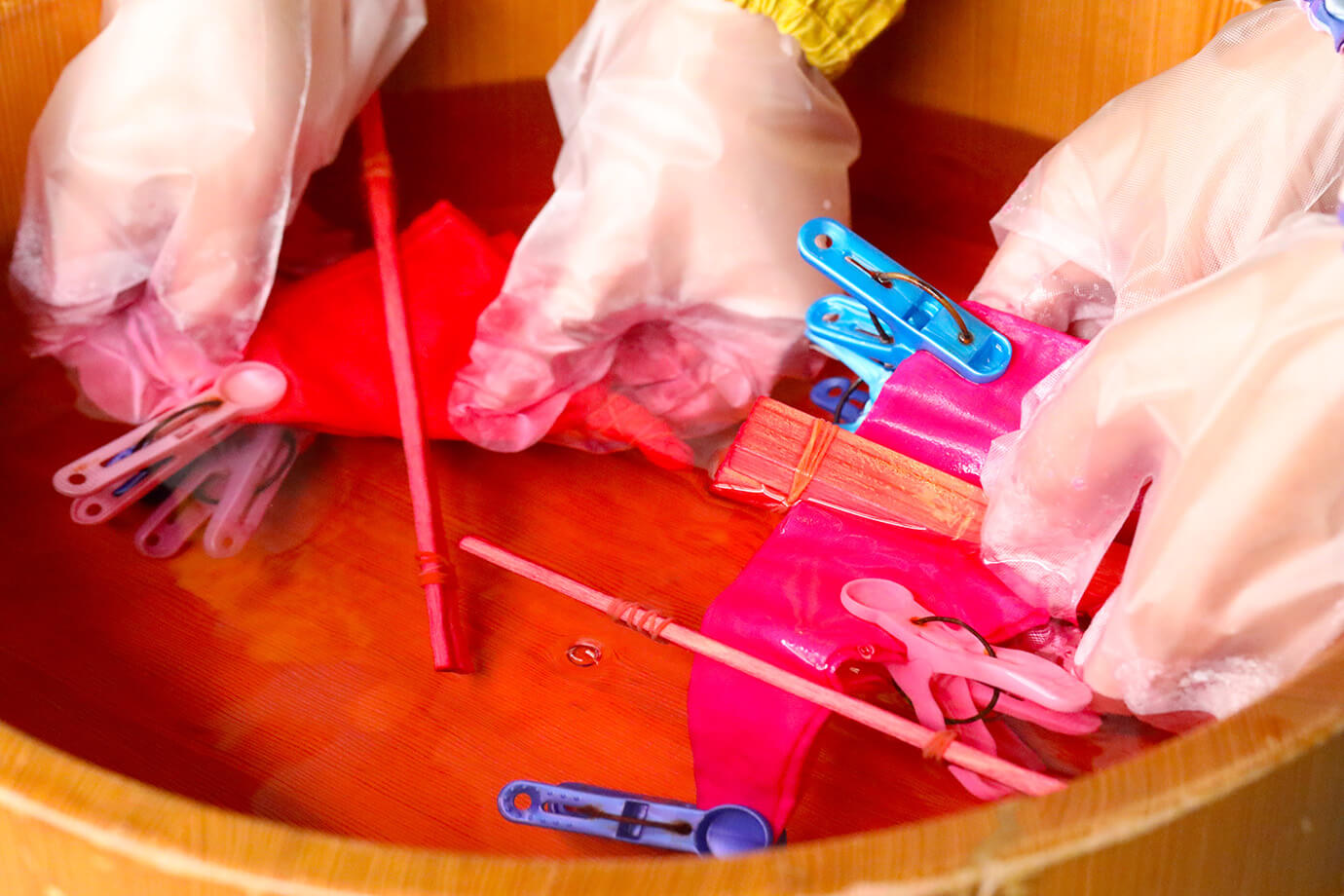
The key is to soak the cloth in safflower dye, spreading it out from time to time so that the color can penetrate the gaps between the cloths. Once you have reached your desired color, place the handkerchief in vinegar water to fix the color.
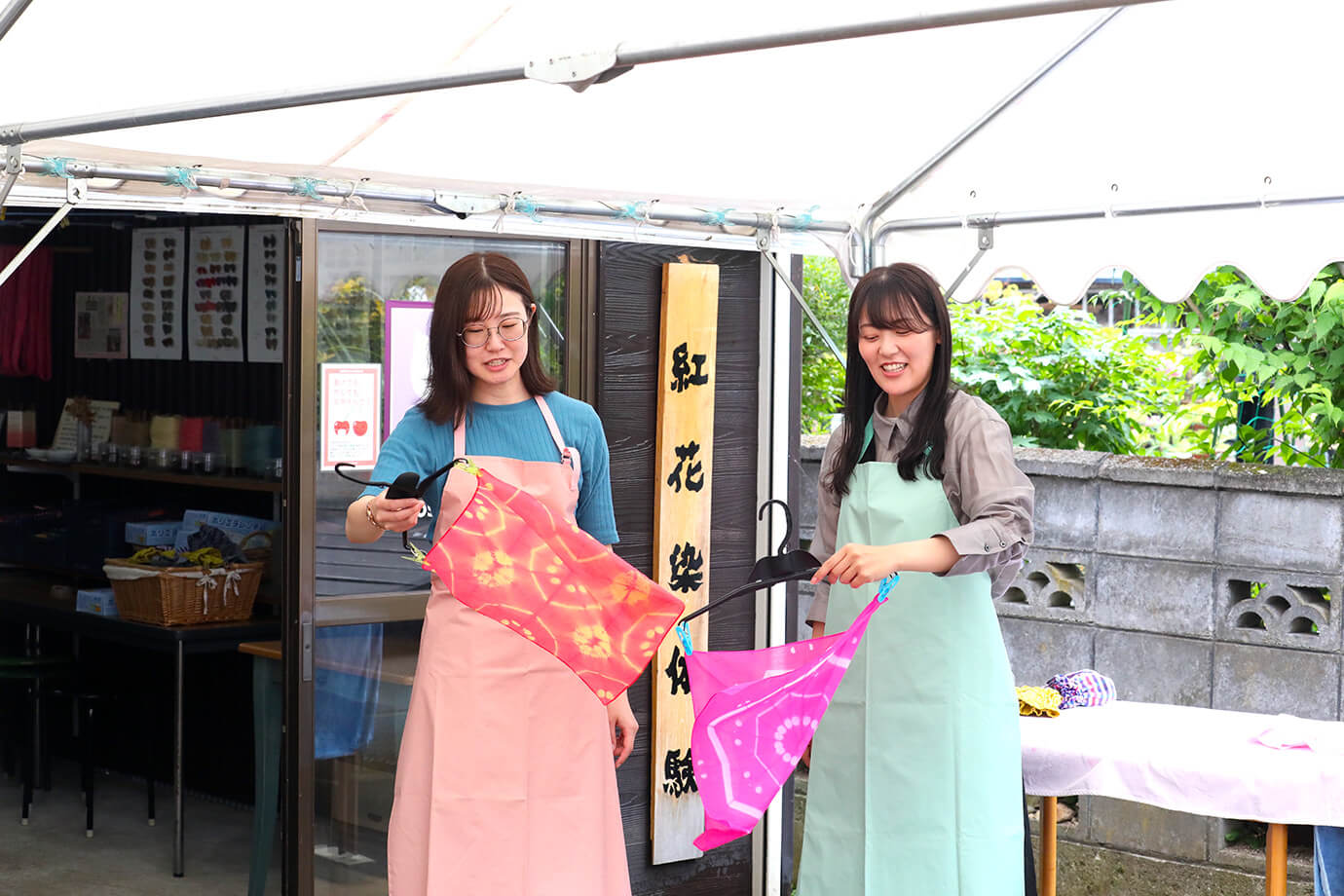
Remove the rubber bands and clothespins, spread the handkerchief out, wash it gently in water, and dry it to complete your very own handkerchief!
The shop sells one-of-a-kind pieces, such as vegetable-dyed handkerchiefs and Yonezawa textile bags made by artisans. We highly recommend checking out the gently textured pieces born from the nature of Yonezawa.
Waku Waku-Kan
Address:1-2-37 Gobyo, Yonezawa, Yamagata Prefecture
Phone:0238-24-0268
Costs:Safflower dyeing (Cotton handkerchief): Starts at 1,320 yen
Hours:9:30 to 16:30
Closed:Wednesday (Closed Sunday and national holidays from December to March)
Fruits Shop Kiyoka
Cute, retro-style parfaits made with an abundance of premium fruit
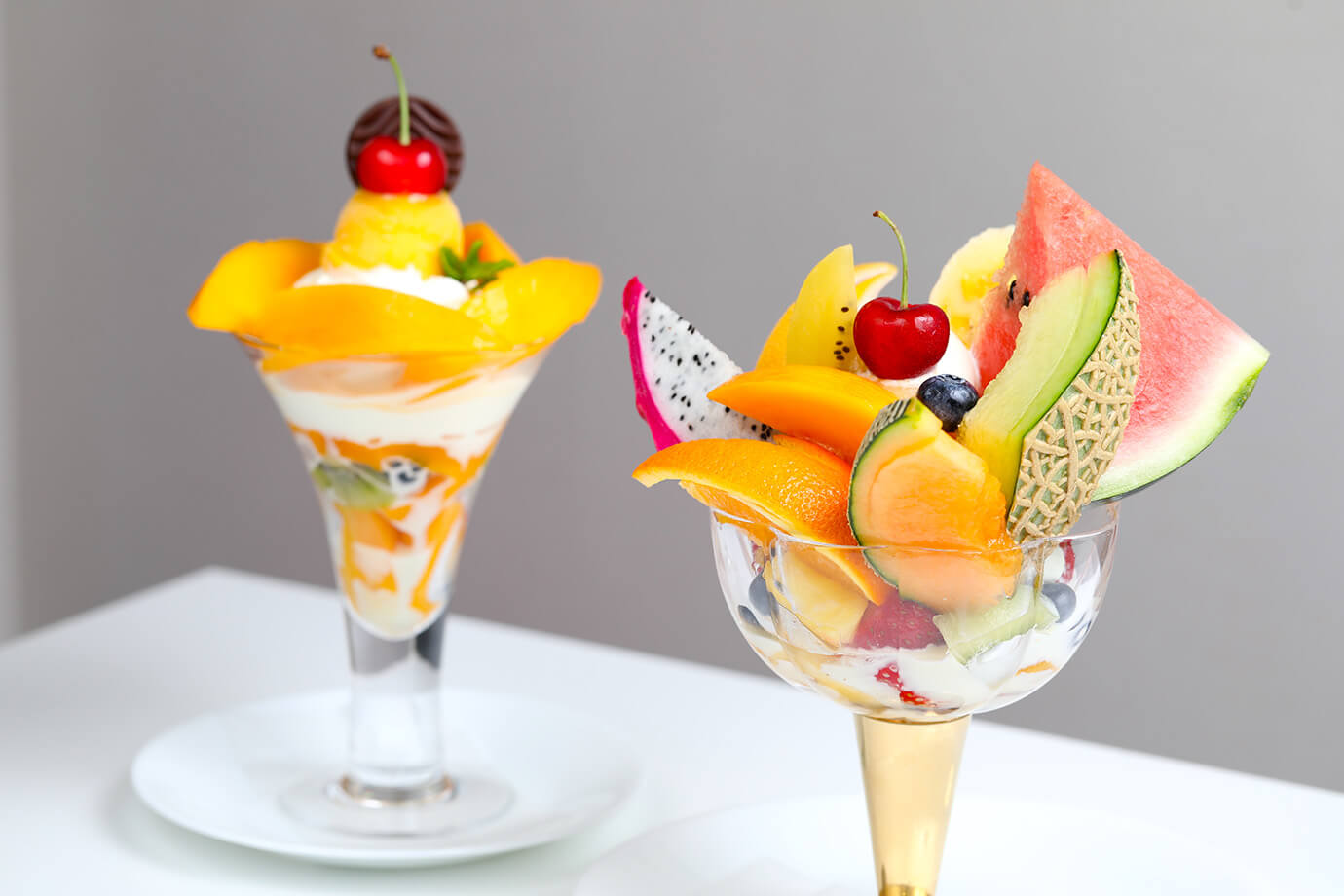
This fruit shop sells fruit locally grown in Yamagata Prefecture as well as premium fruit from all over Japan. The fruit parlor on the second floor serves parfaits and sweets made with an abundance of seasonal fruit. The pictured Fruit Parfait (right) for 2,200 yen is a gorgeous dish topped with more than 10 kinds of fruit, including melon, watermelon, and dragon fruit!
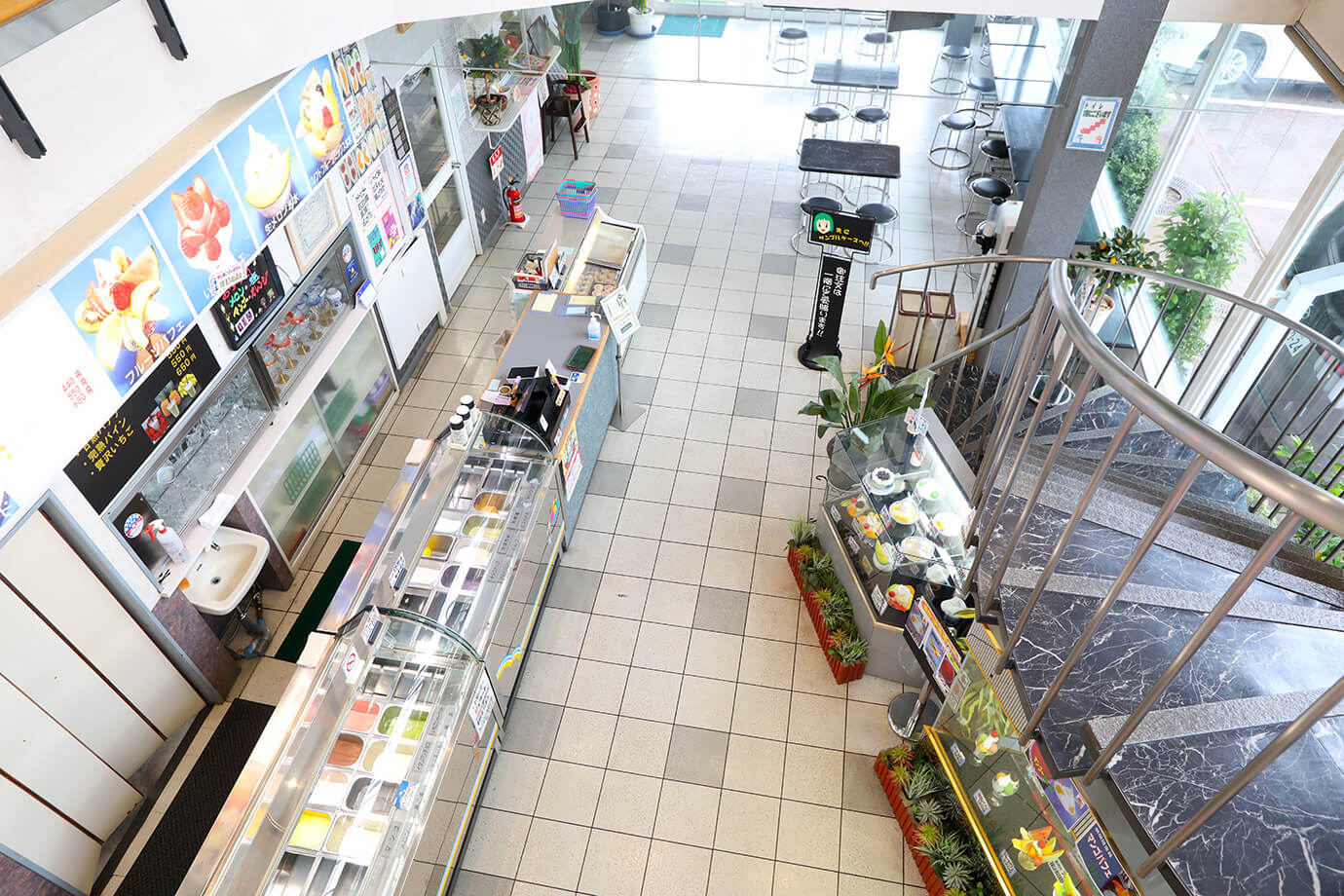
There is a sample display in front of the gelato counter on the first floor. First, place your order at the shop and then head upstairs to the parlor.
Only available in summer, try the rich sweetness of the Mango Parfait!
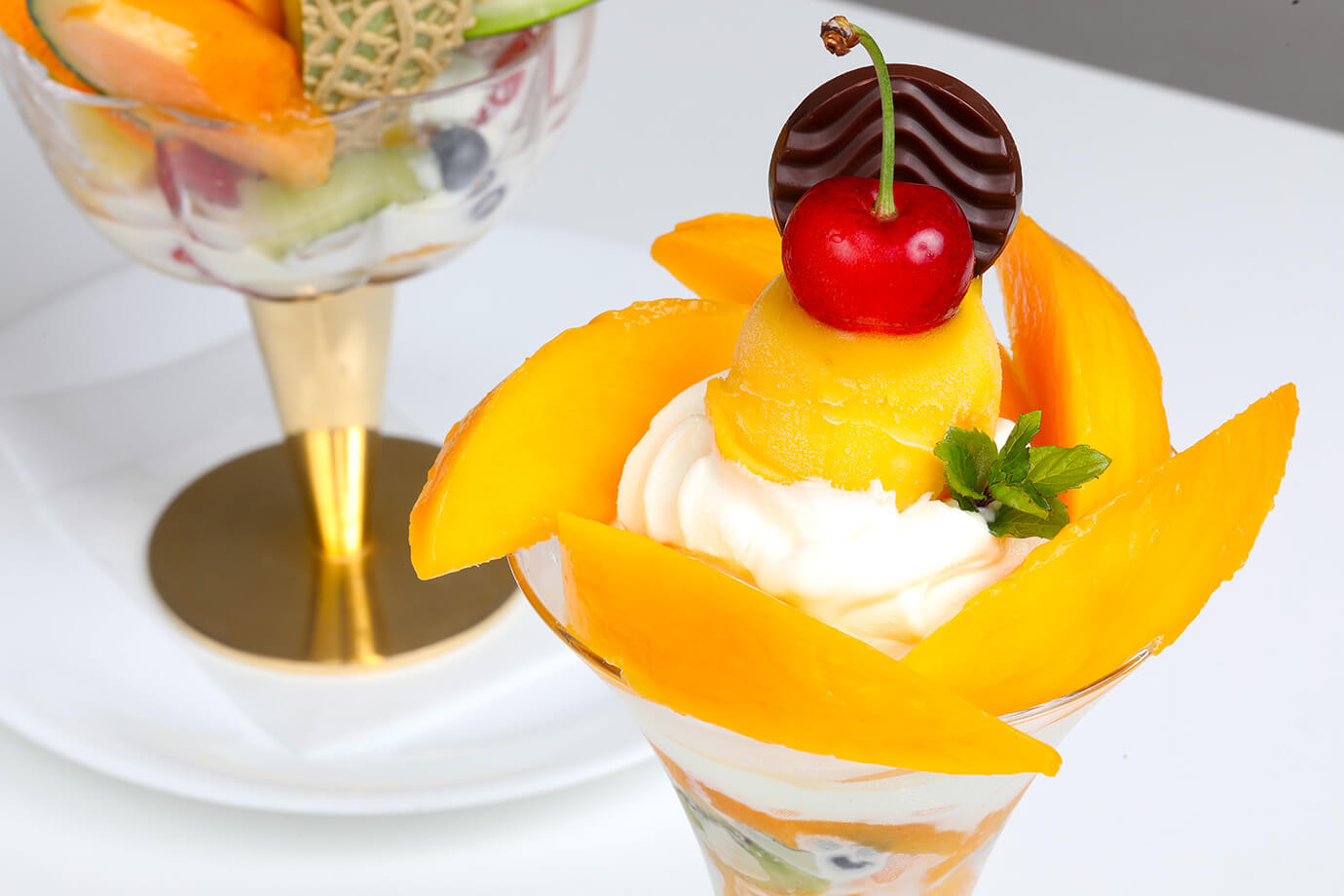
All fruit is cut to order, so each piece is fresh and colorful. The Miyazaki Mango Parfait is 2,200 yen and only available in summer. It features perfectly ripe mango with a melt-in-your-mouth sweetness.
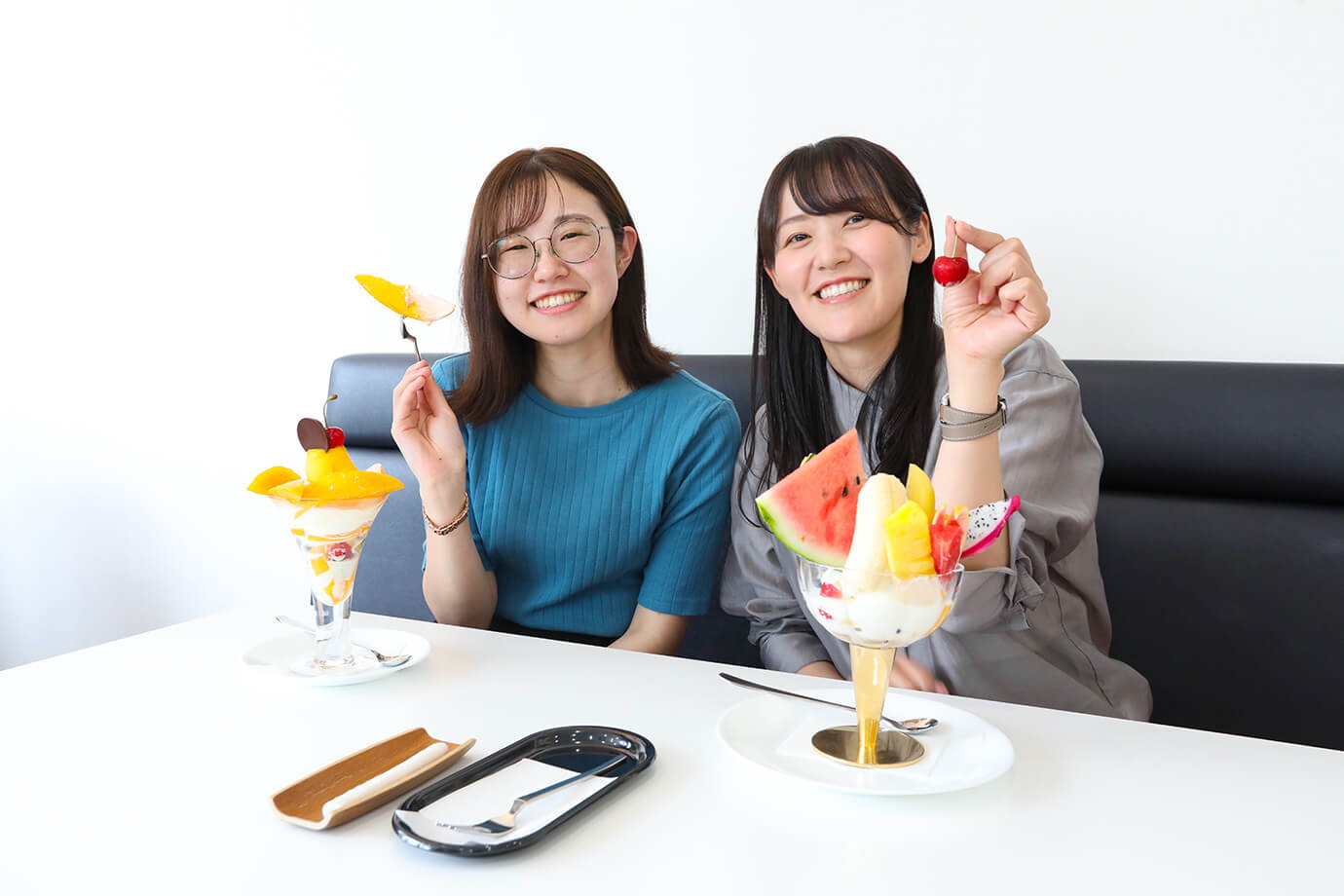
The glass walls make this parlor bright and open. In addition to table seating, there are also sofas for a more relaxed experience.
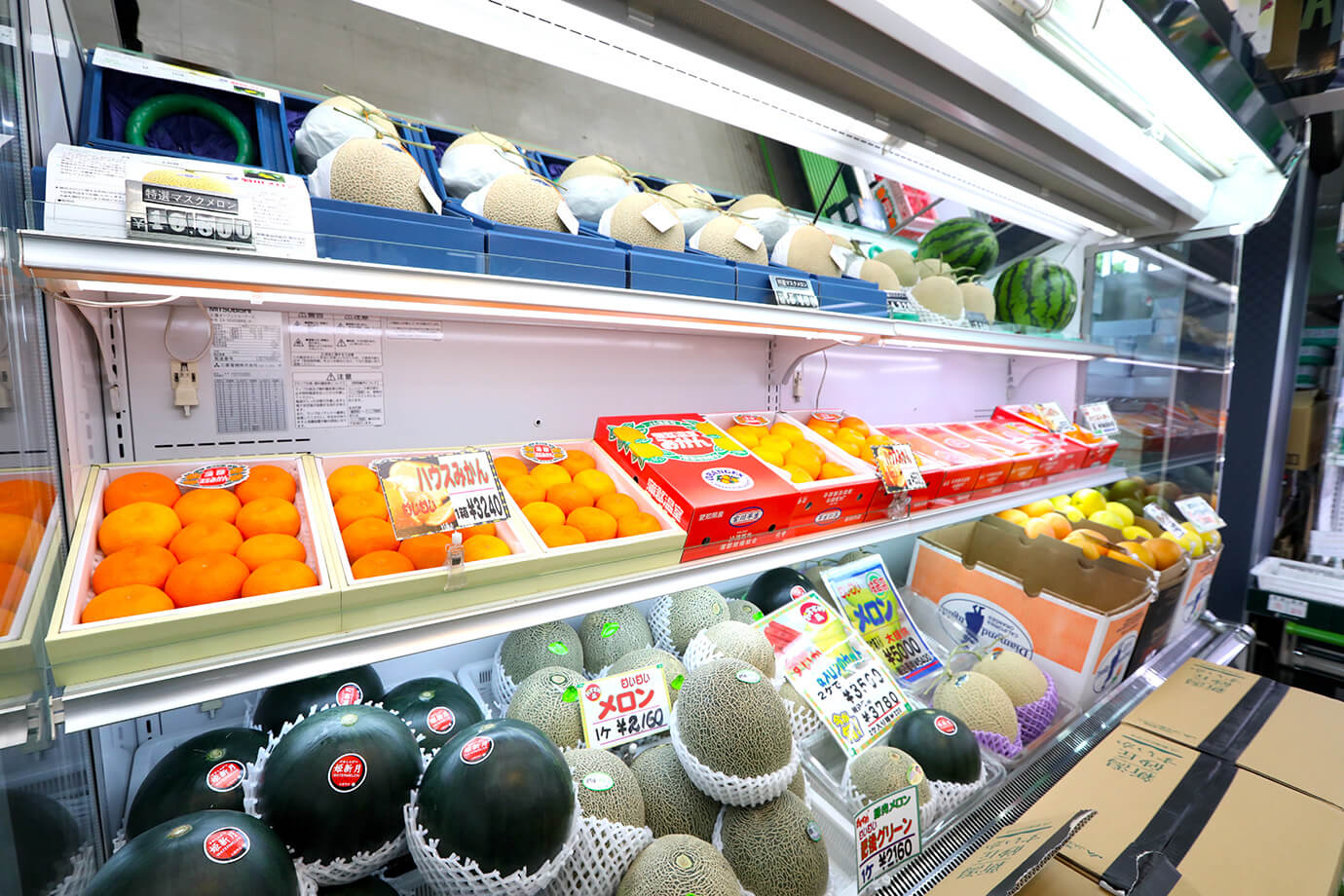
The shop on the first floor features an array of premium fruit, including fruit as gifts.
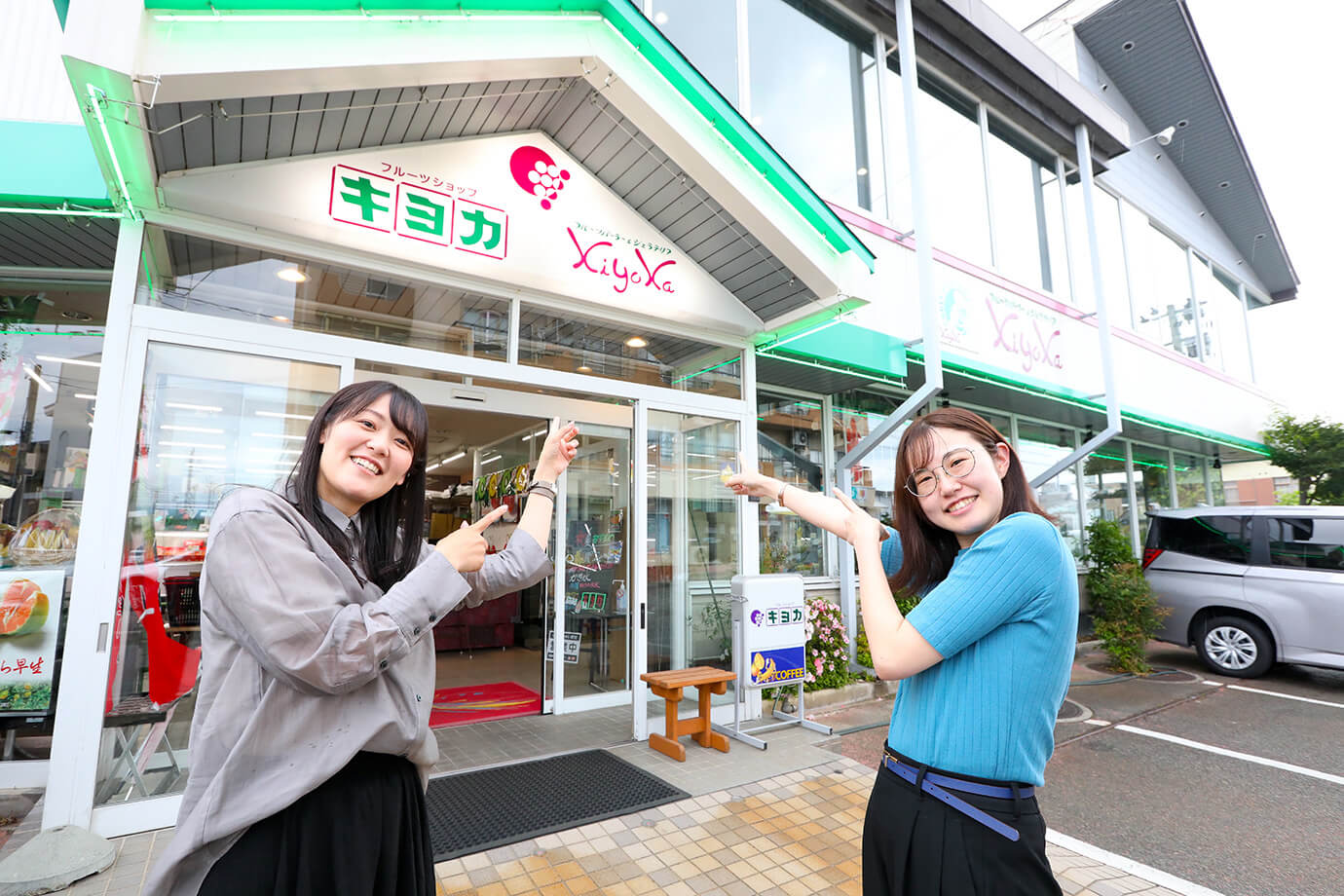
In addition to sweets such as gelato, shakes, and shaved ice made with fruit, there is also a full food menu that includes items like pasta and pizza. Get your fill of Yamagata's seasonal fruit at the relaxing parlor on the second floor of this fruit shop.
Fruits Shop Kiyoka
Address:2-7-2 Kanaike, Yonezawa, Yamagata Prefecture
Phone:0238-23-1203
Hours:10:00 to 17:00
Closed:Tuesday
Hotel Folkloro Takahata
The train-themed concept room is popular! A unique stay near Takahata Station where guests can also enjoy hot springs
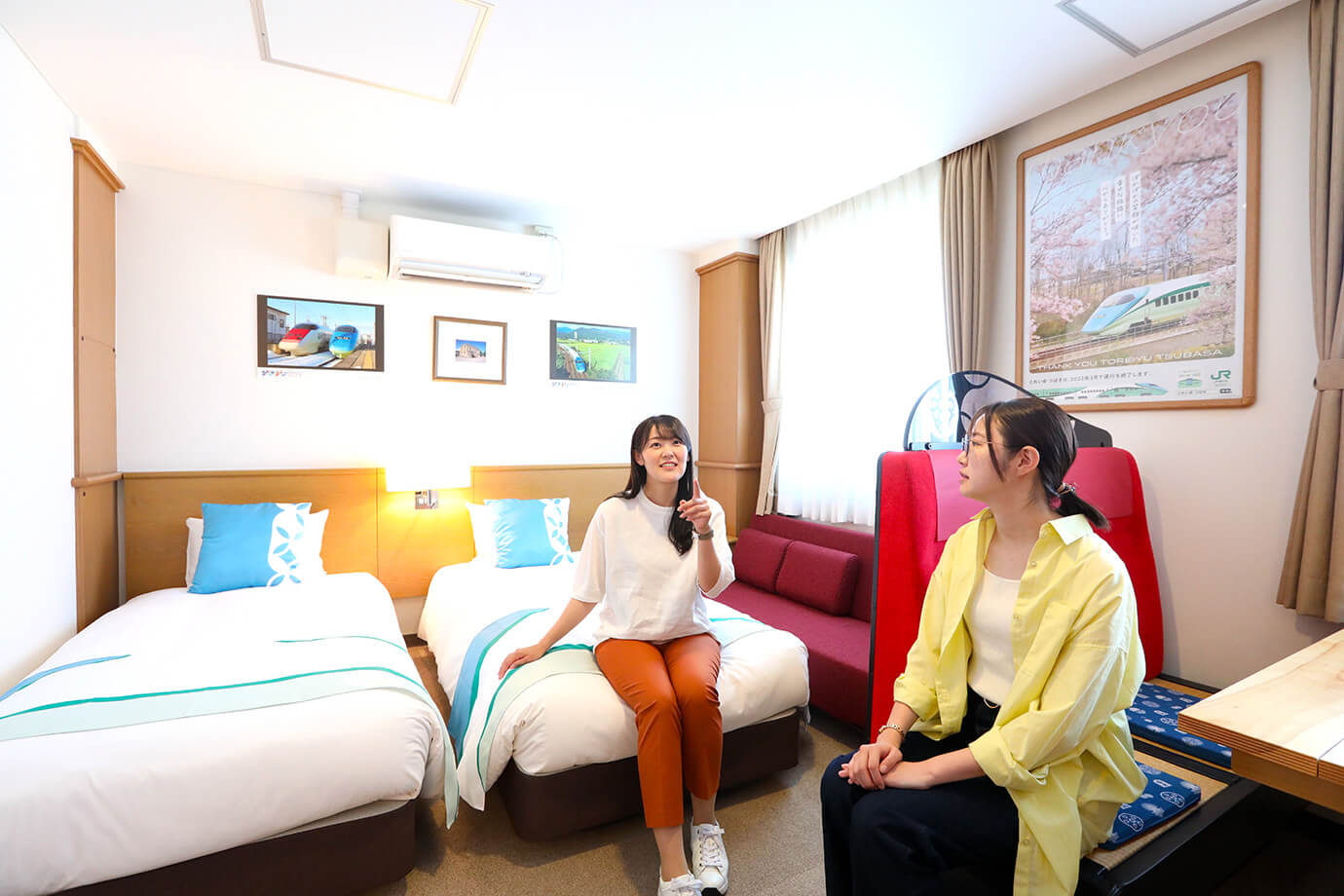
This easily accessible hotel is located next to JR Takahata Station, where the Yamagata Shinkansen stops. The hotel has a total of 26 guest rooms, including twin rooms. The Toreiyu Tsubasa concept room, decorated with parts from the Toreiyu Tsubasa train, which was retired in March 2022, is very popular.

A notebook in the room commemorating guests’ stays is filled with messages from guests and station staff. You will be touched by the warmth of the messages about the Toreiyu Tsubasa train.
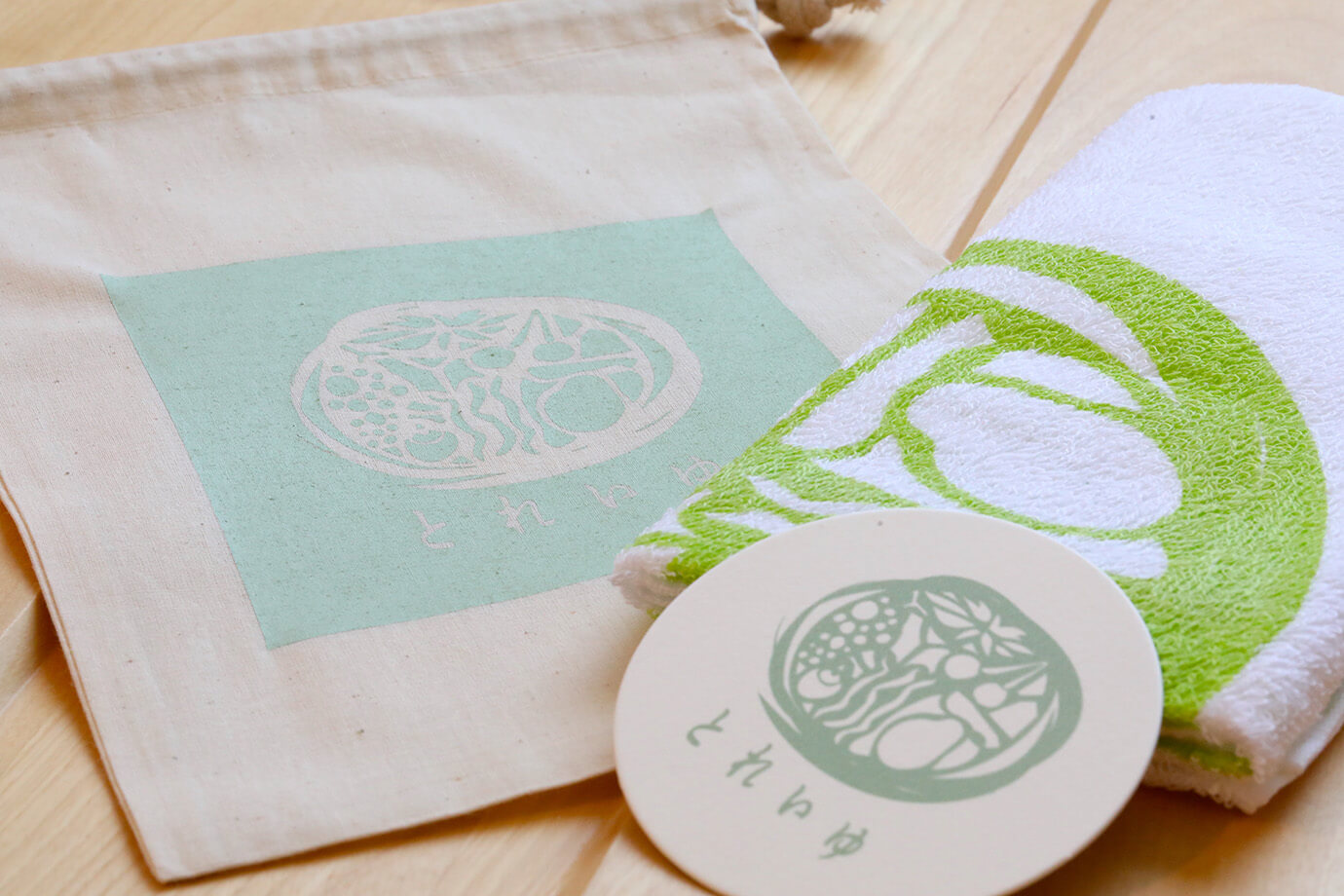
A set containing a footbath towel, an original amenity bag with the train's logo, and an original coaster are offered as a gift to guests.
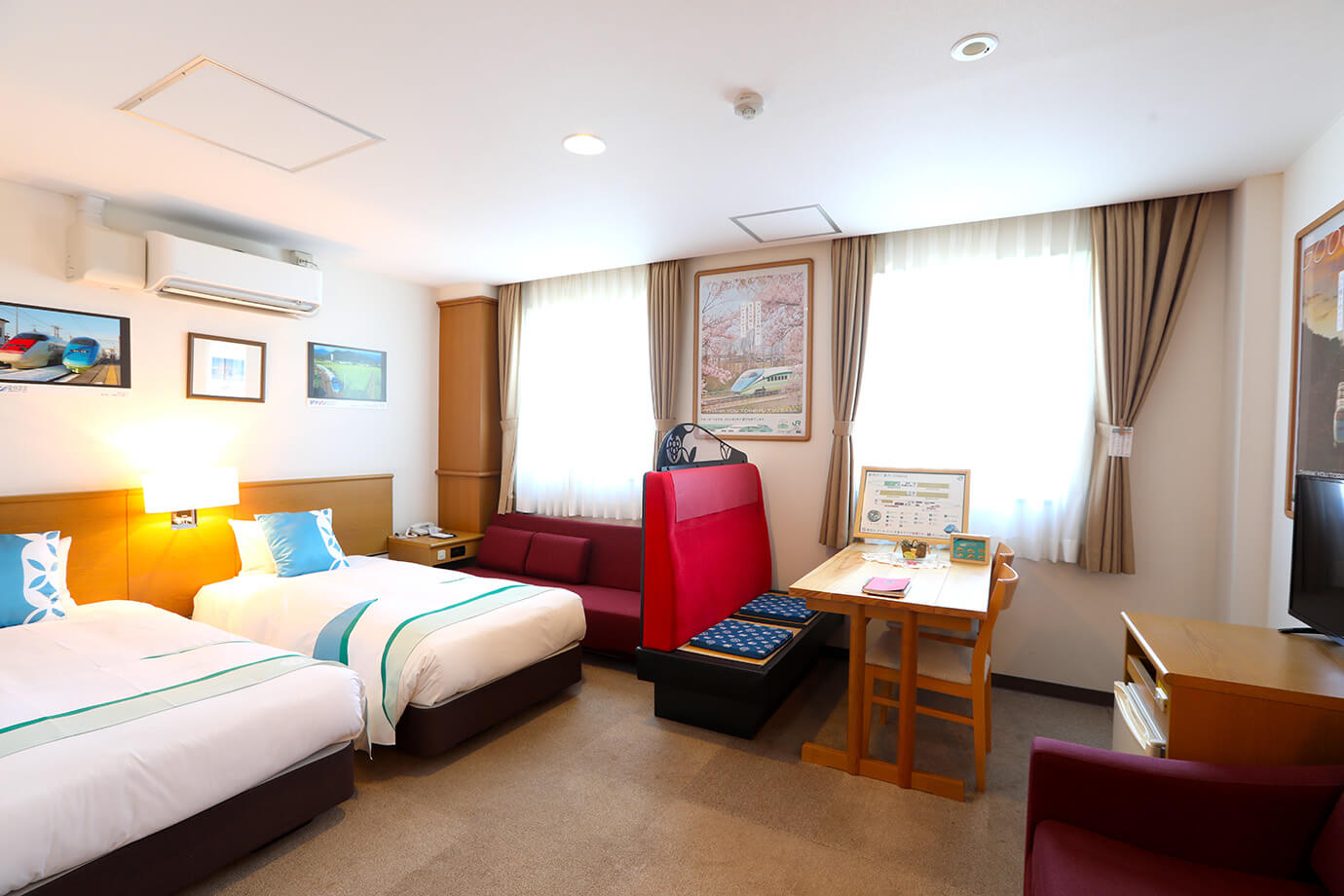
The interior design also incorporates Toreiyu Tsubasa-based motifs in abundance, including train seats, original cushions, and posters and photos of the Toreiyu Tsubasa hung on the walls. You will feel like you are riding the train during your stay!

Here is the standard Twin Room complete with Wi-Fi. These 17 m2 rooms are equipped with Simmons beds and feature simple, soothing colors to make you feel at home. Each room is individually air-conditioned and features a spacious bath and toilet. Toiletries are available at the front desk.
Enjoy a hearty set menu for breakfast

The hotel has a restaurant where you can enjoy breakfast, lunch, and dinner.
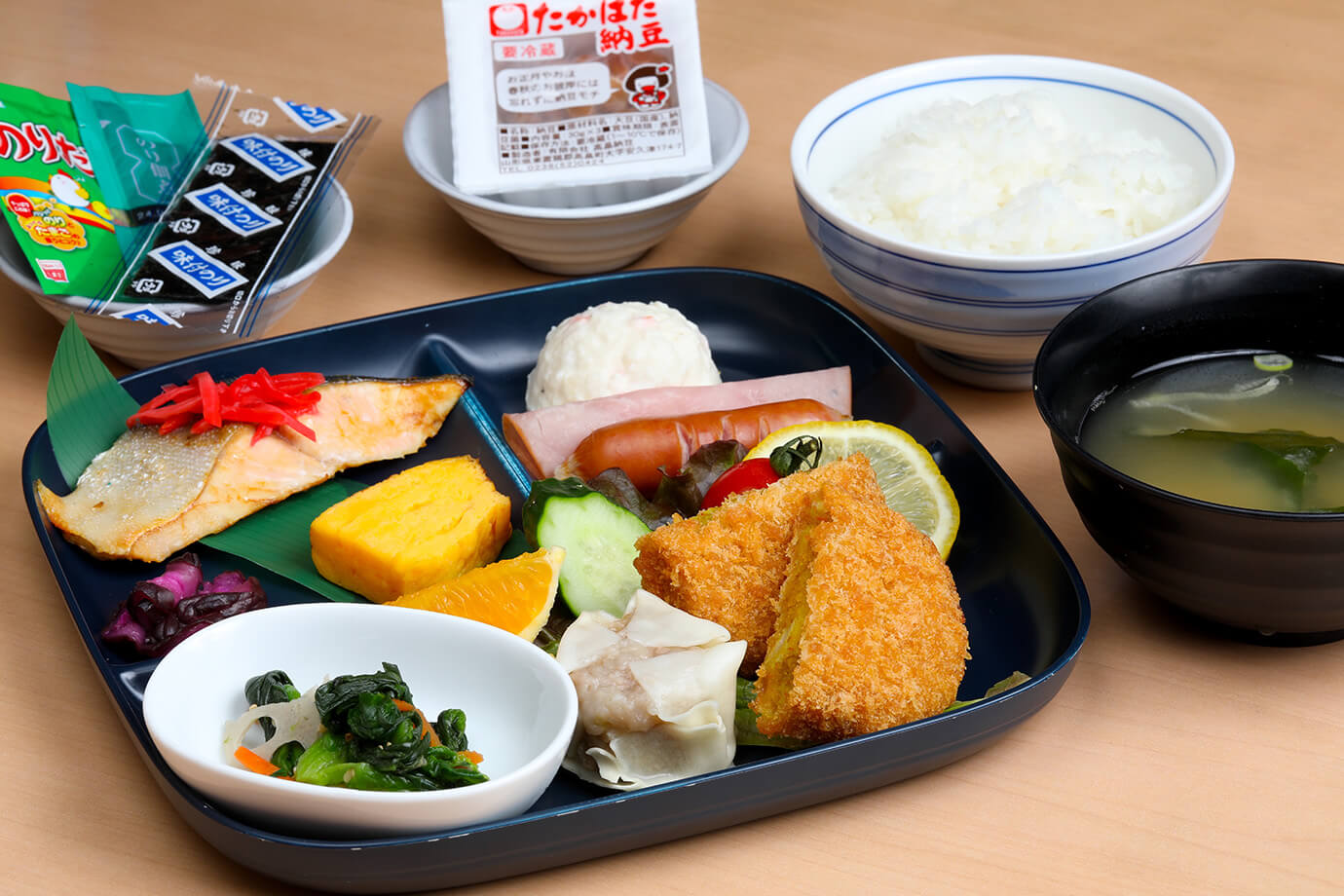
A different breakfast is served each day and includes dishes such as homemade croquettes and grilled fish. Enjoy free refills of the Yamagata-grown rice and hot miso soup! Local Takahata natto and other items are available on a self-serve basis. The restaurant becomes a yakiniku restaurant at night, where you can enjoy the finest Yonezawa Beef at a reasonable price.
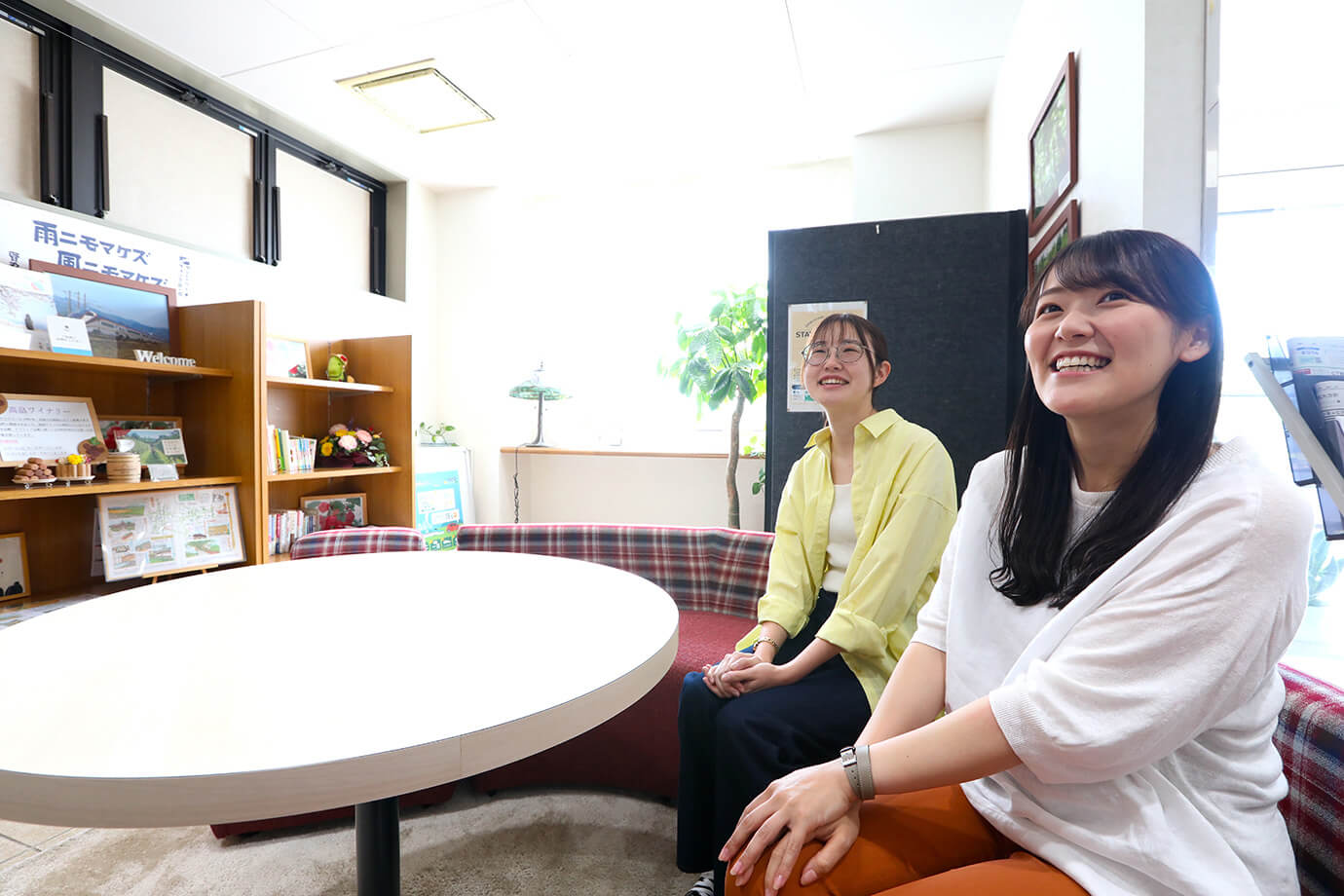
The tables & sofas in the lobby can be used as a co-working space.
And attached to JR Takahata Station is Taiyokan, a hot spring facility. You can enjoy free baths there as often as you like during your stay at the hotel. Refresh yourself in the spacious hot springs.
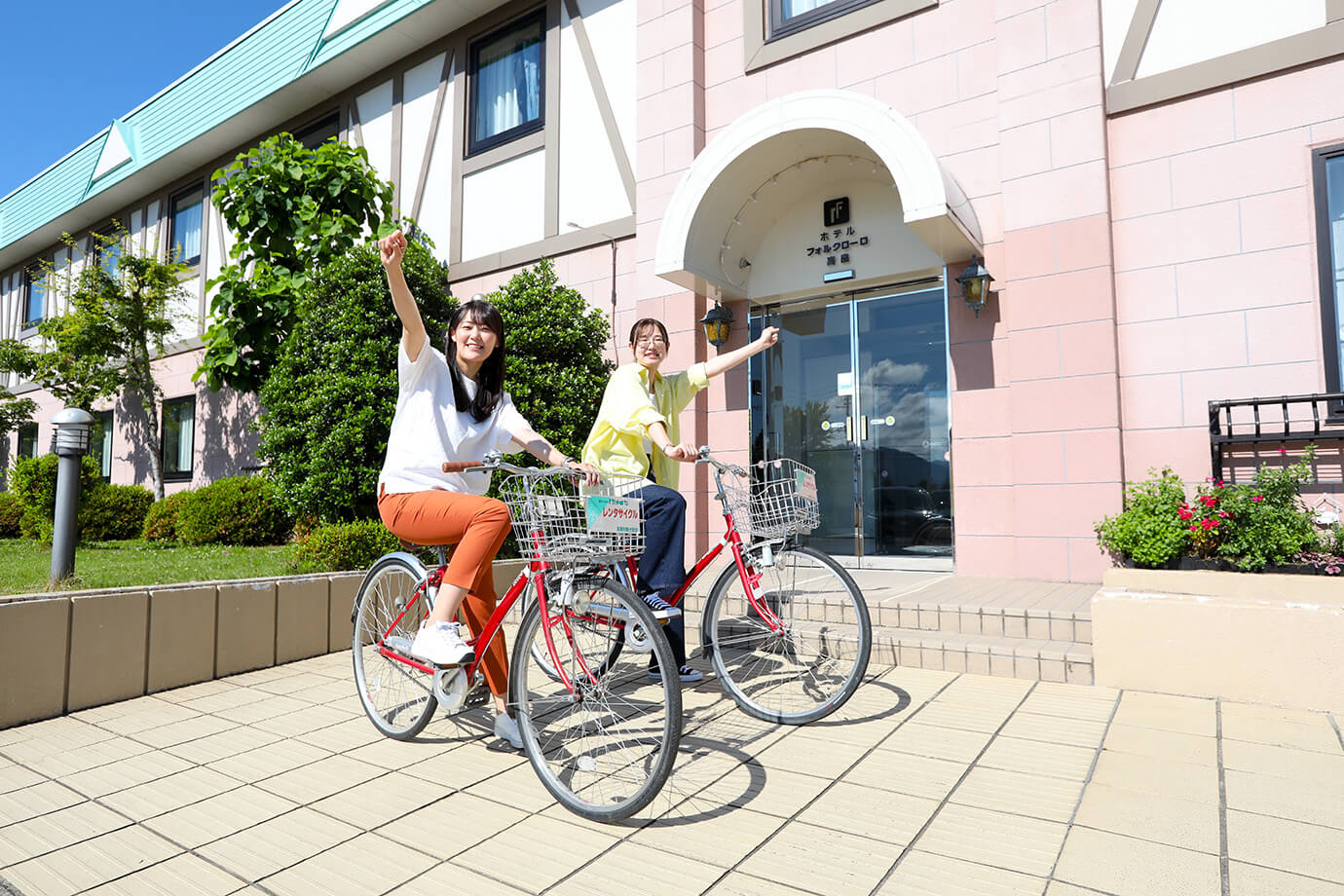
The hotel will hold on to your bags before and after check-out, which is such a great service. Bicycles can be rented in the lobby. This is a great way to explore Takahata at a leisurely pace before the departure time of your Shinkansen.
Hotel Folkloro Takahata
Address:200 Yamazaki, Takahata-machi, Yamagata Prefecture
Phone:0238-57-5555
Check-in:15:00
Check-out:11:00
Costs:Please refer to the official website.
Matsuda Sightseeing Orchard
Grown in fertile soil, the bright red cherries are huge and deliciously sweet and sour!
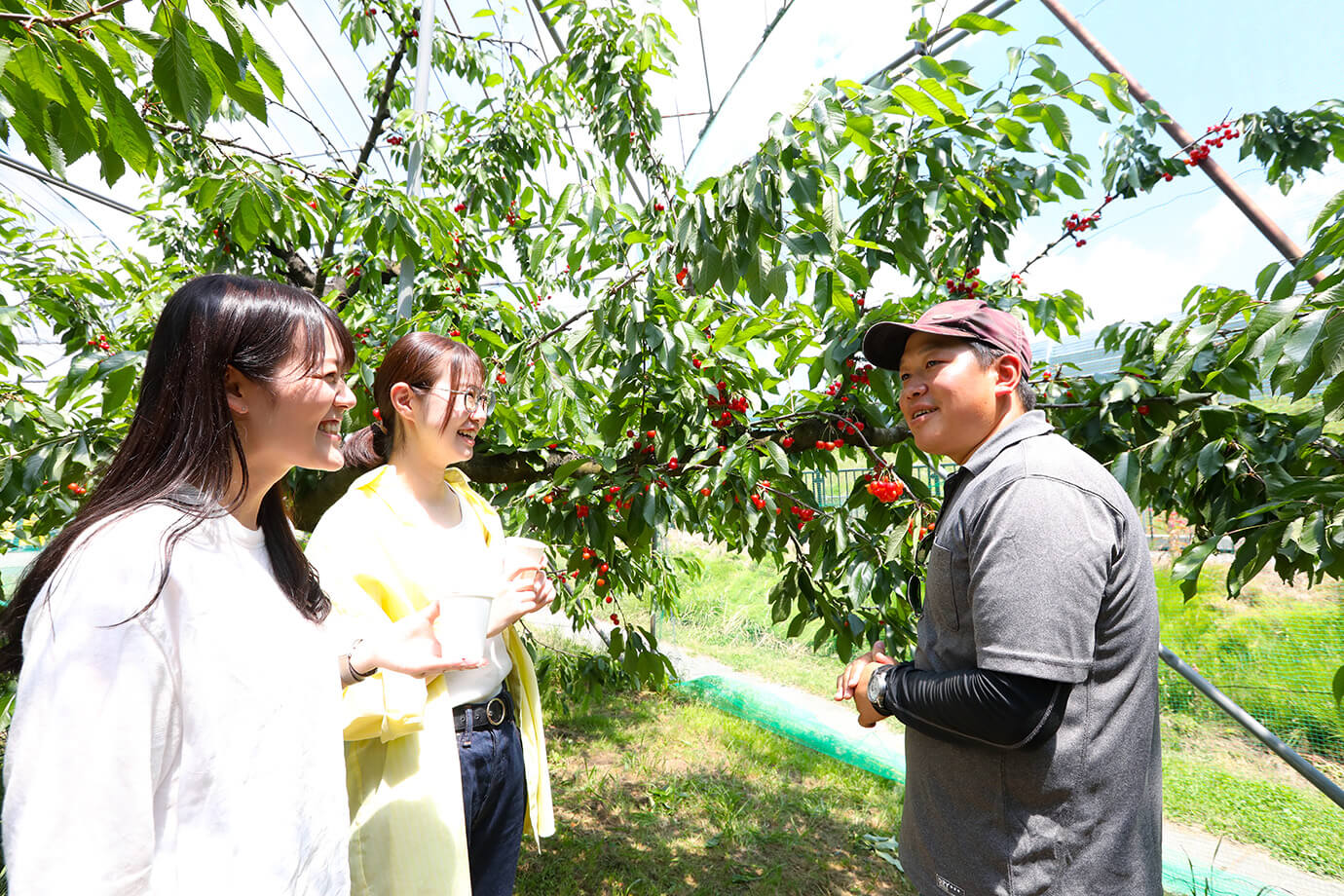
The city of Nanyo is one of the leading cherry growing areas in Yamagata Prefecture. Sightseeing cherry orchards are scattered throughout the city, and visitors can pick cherries from early June to early July.
On this trip, we picked cherries at Matsuda Sightseeing Orchard! Here, Mr. Matsuda, the owner, teaches us about the different varieties and gives us tips on how to properly pick the best cherries.
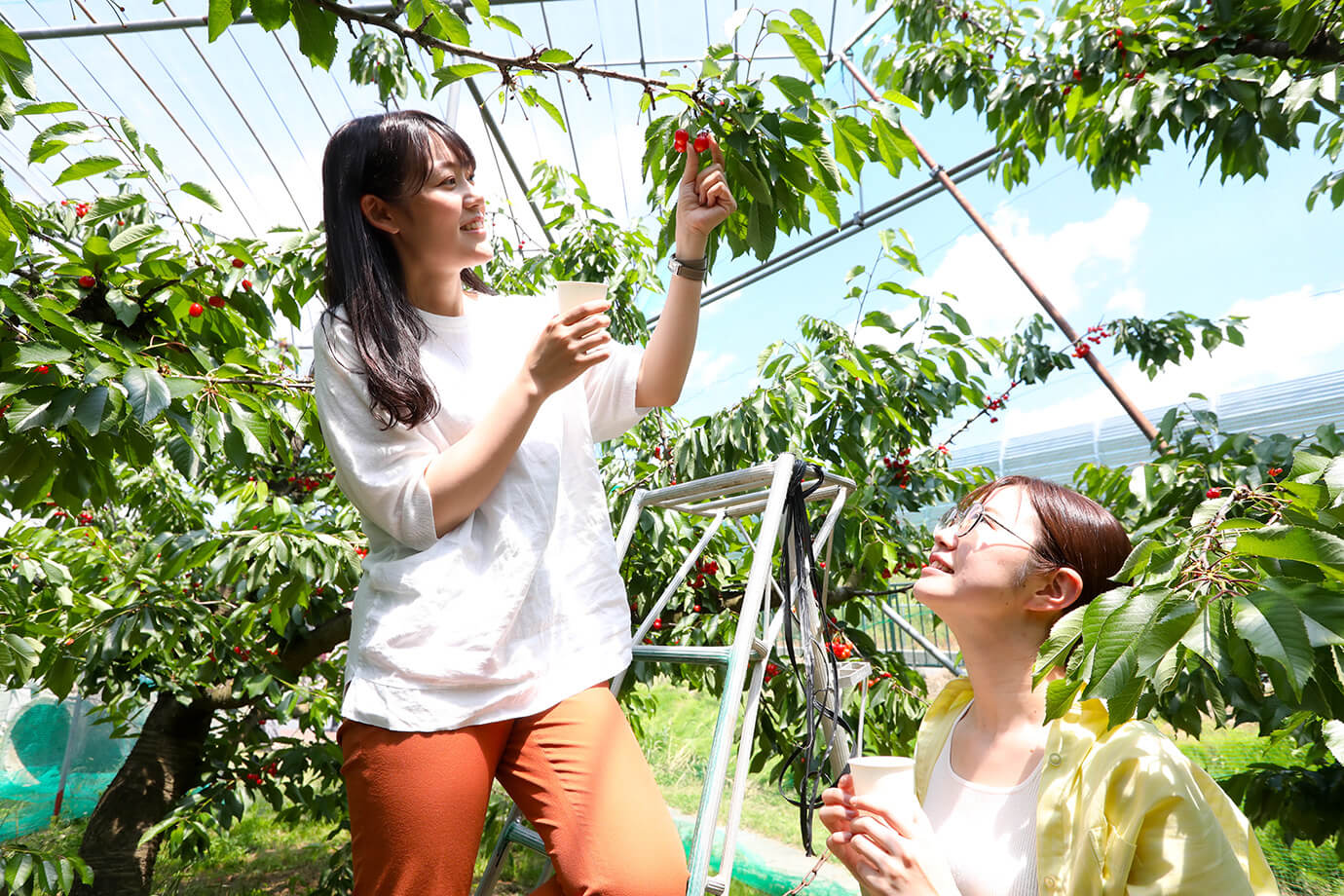
Varieties such as Sato Nishiki, Beni Sayaka, and Beni Shuho are grown in the spacious 2,000 tsubo orchard. You can also use a stepladder to help you reach the cherries. It is said that cherries higher up that get plenty of sunlight tend to be sweeter and tastier.
The large, glossy cherries are like red jewels
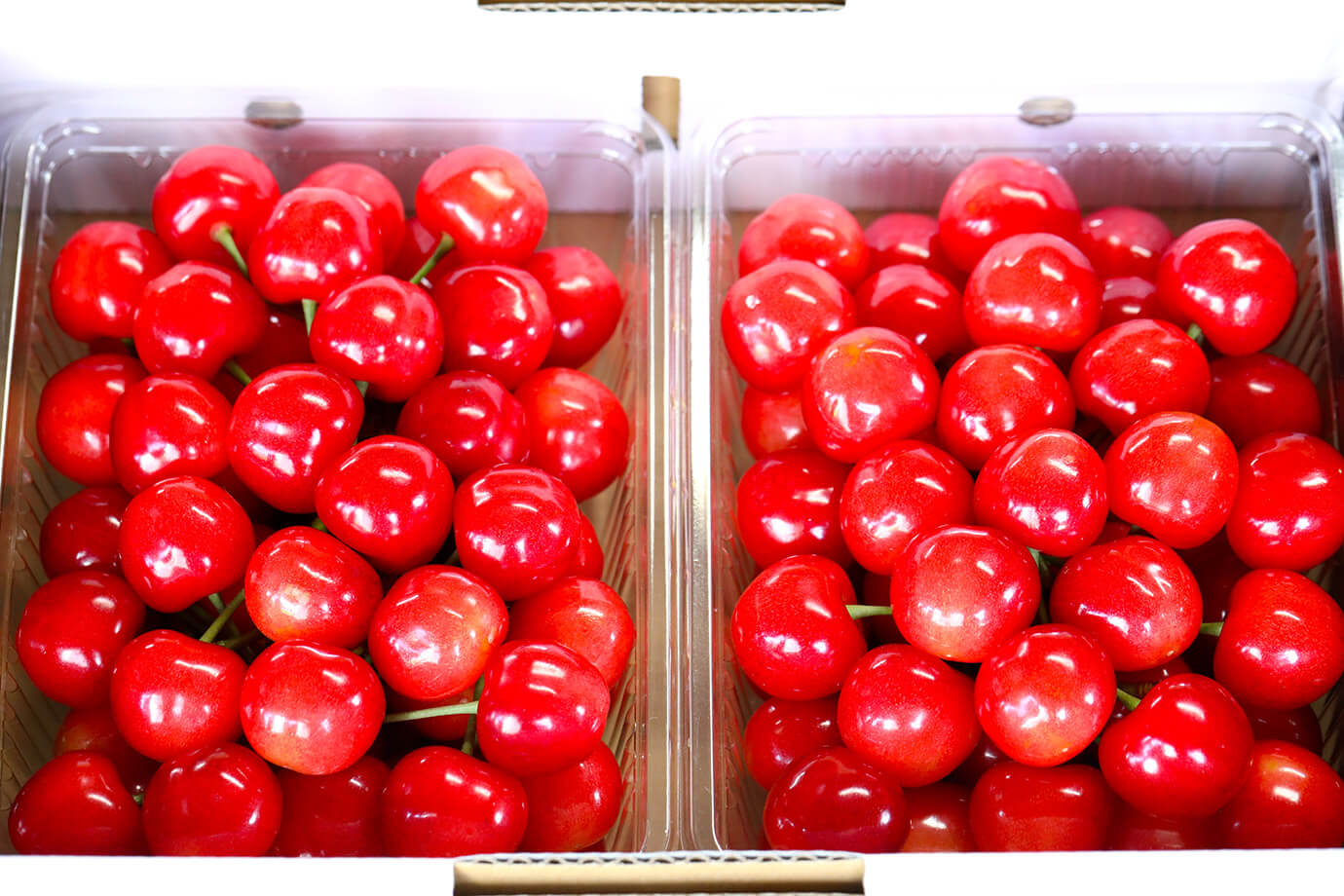
Look at the size and luster! It is easy to see why Yamagata's cherries are known as red jewels. These are cherries sold as gifts at the store.
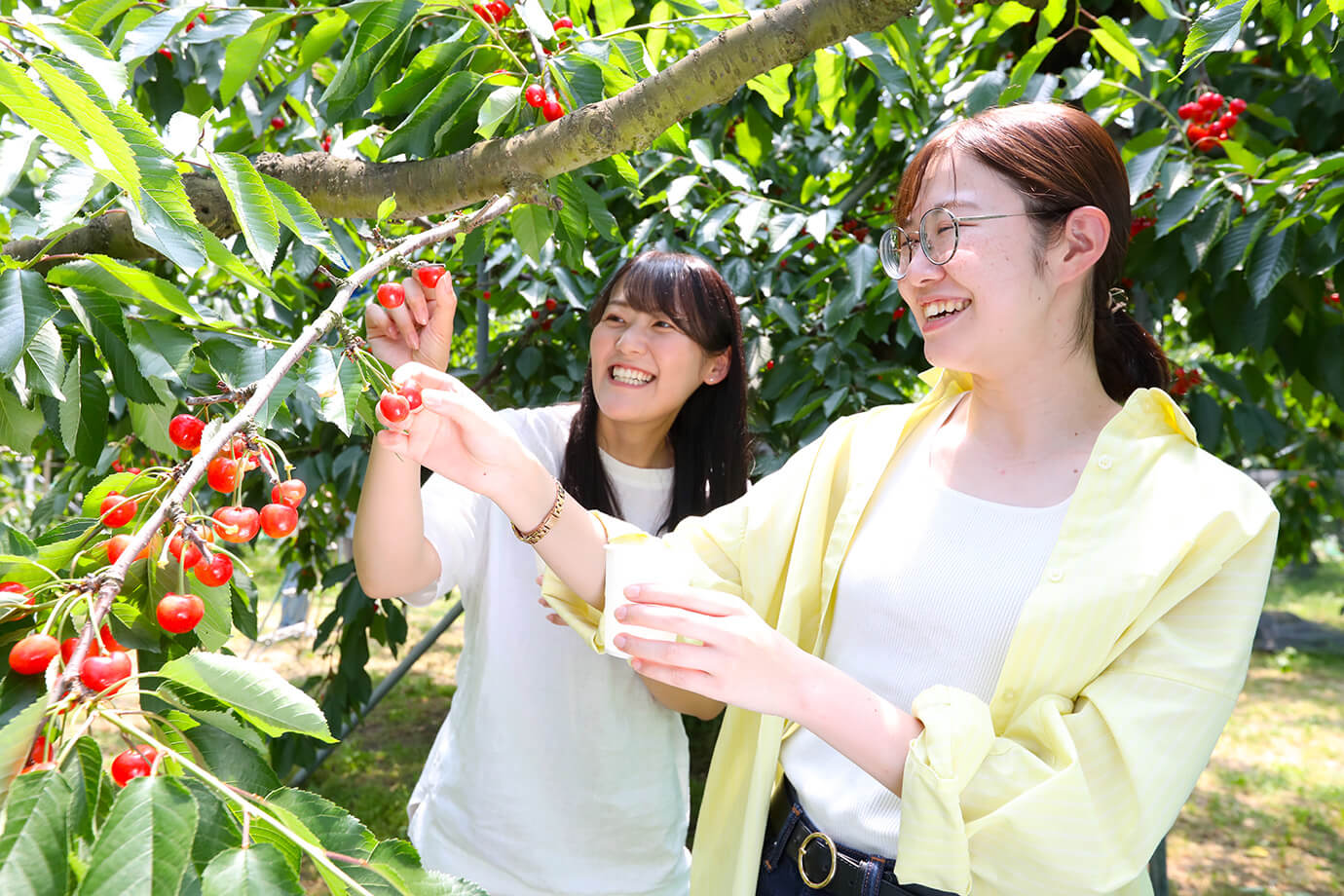
The cherry picking is all-you-can-eat for 30 minutes, so we pick one after the other. Before picking, disinfect with alcohol and make sure you put the pits in the container instead of discarding them in the orchard.
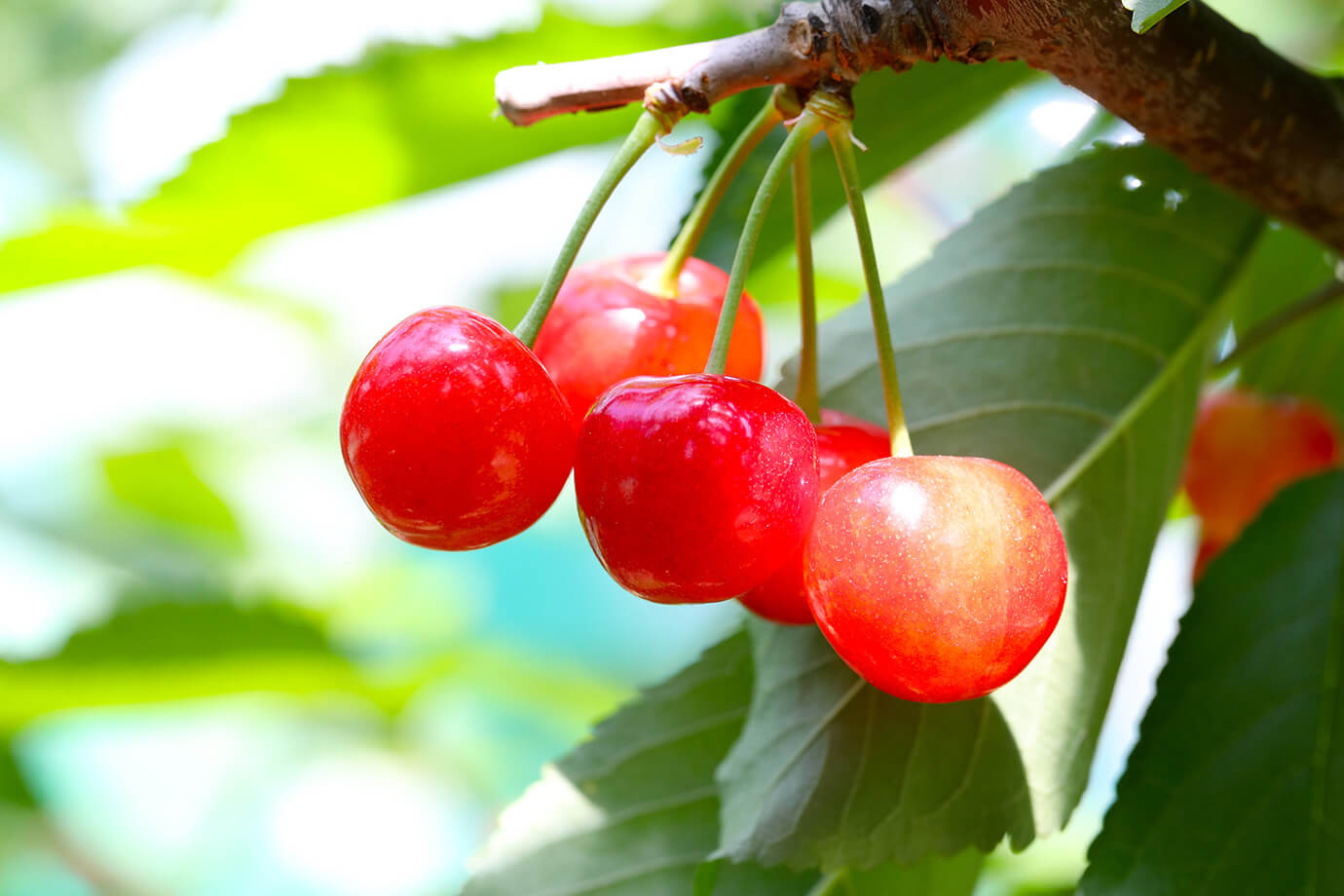
Here are some ruby-colored cherries found on the tip of a branch. When you eat a cherry, you will be delighted by the sweet and sour juice and refreshing aroma that fills your mouth.
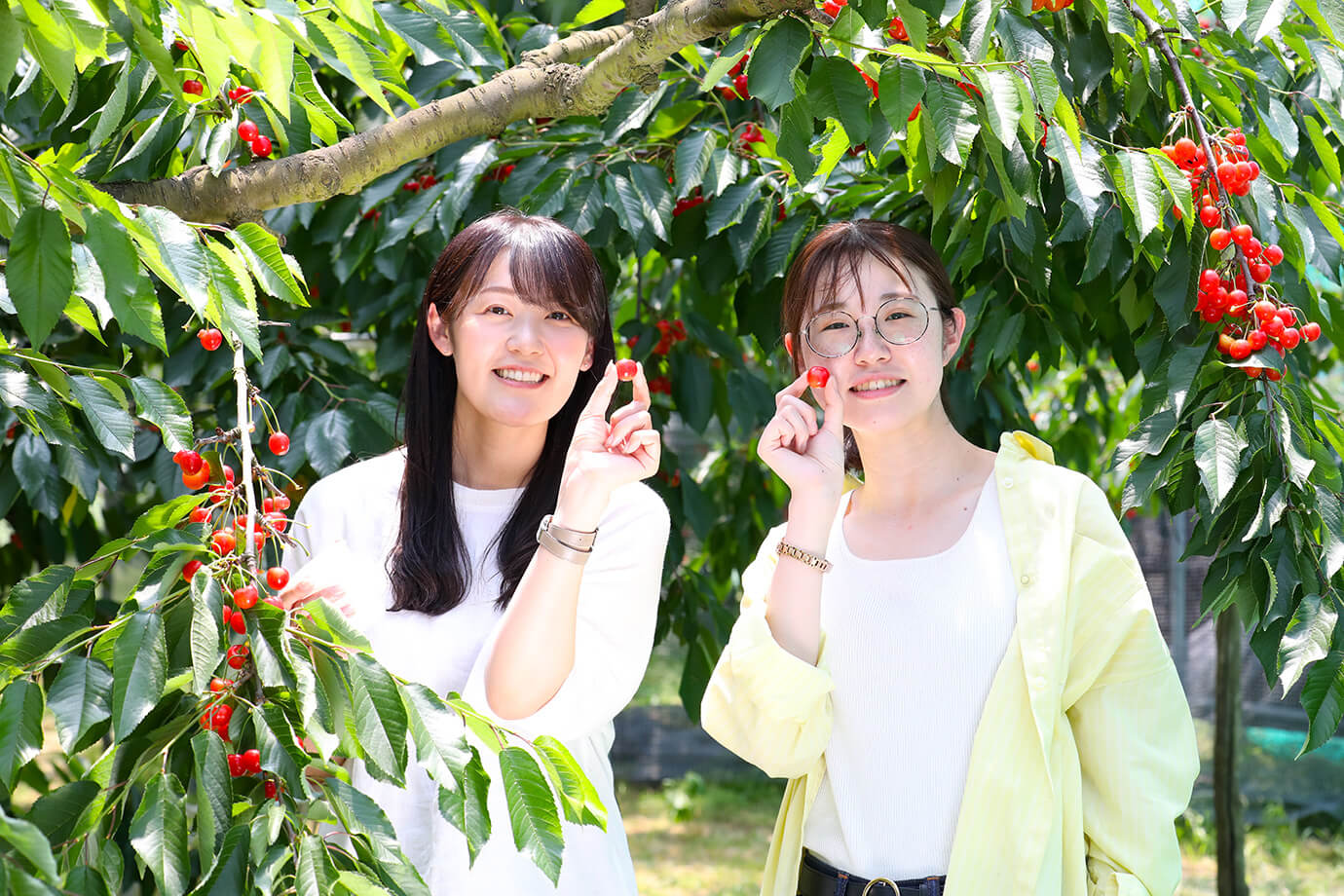
Matsuda Sightseeing Orchard blends high-quality compost with rice bran after polishing the rice in-house and lets it mature for one year to make fertilizer. The particular and careful methods used by the orchard to prepare the soil means the cherries are safe and can be eaten with peace of mind.
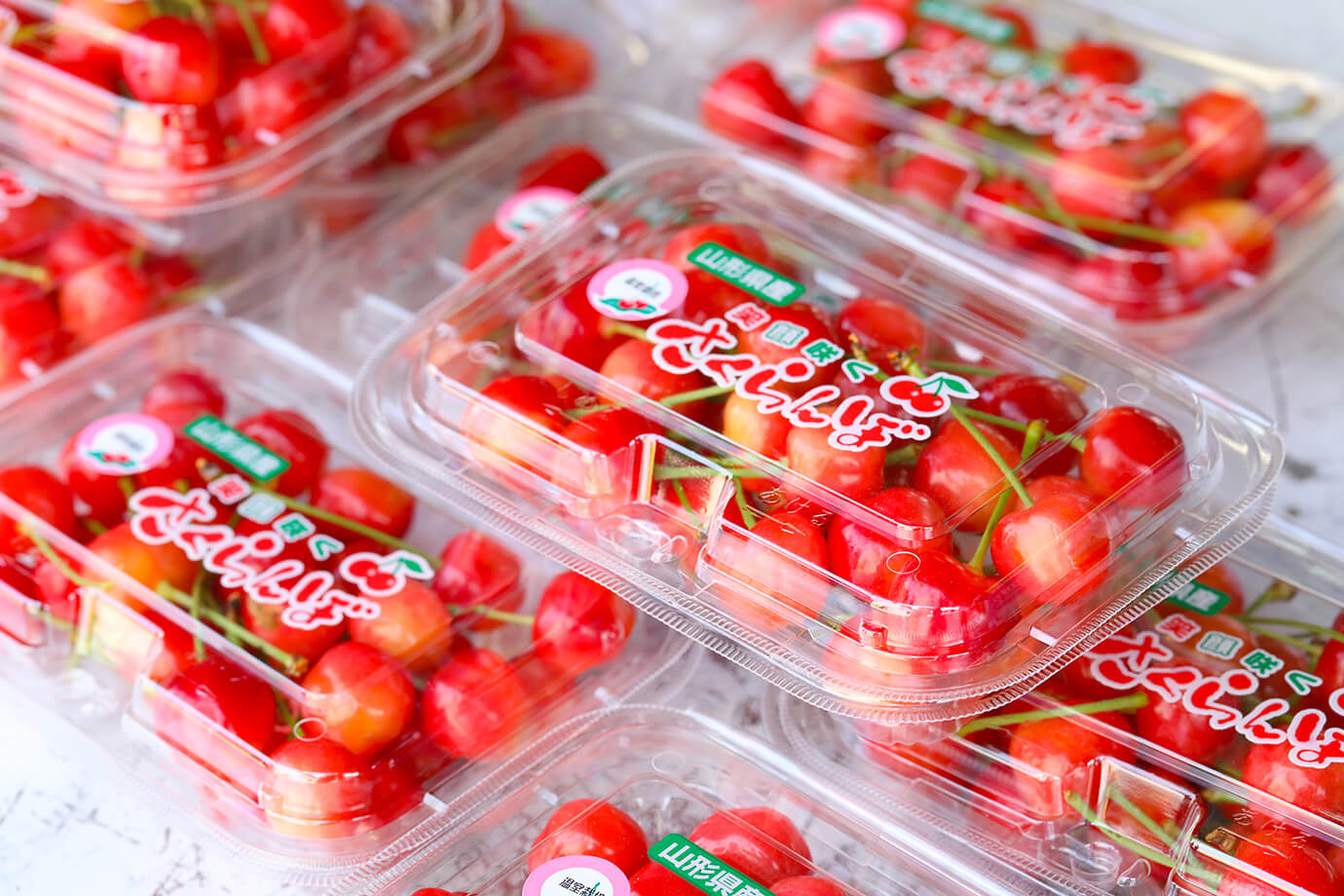
After spending a dream-like time eating your fill of cherries, you can take home a pack of cherries as a souvenir. We hope you will experience the happiness we found in Nanyo!
Matsuda Sightseeing Orchard
Address:796 Nabeta, Nanyo, Yamagata Prefecture
Phone:0238-43-2800
Costs:1500 yen (all-you-can-eat for 30 min. (Adults))
Hours:9:30 to 12:00, 13:30 to 16:00
Closed:Open only from mid-June to early July
Nanyo City Yuzuru no Sato
Listen to a moving telling of the folk tale “Tsuru no Ongaeshi” in the supposed birthplace of the story
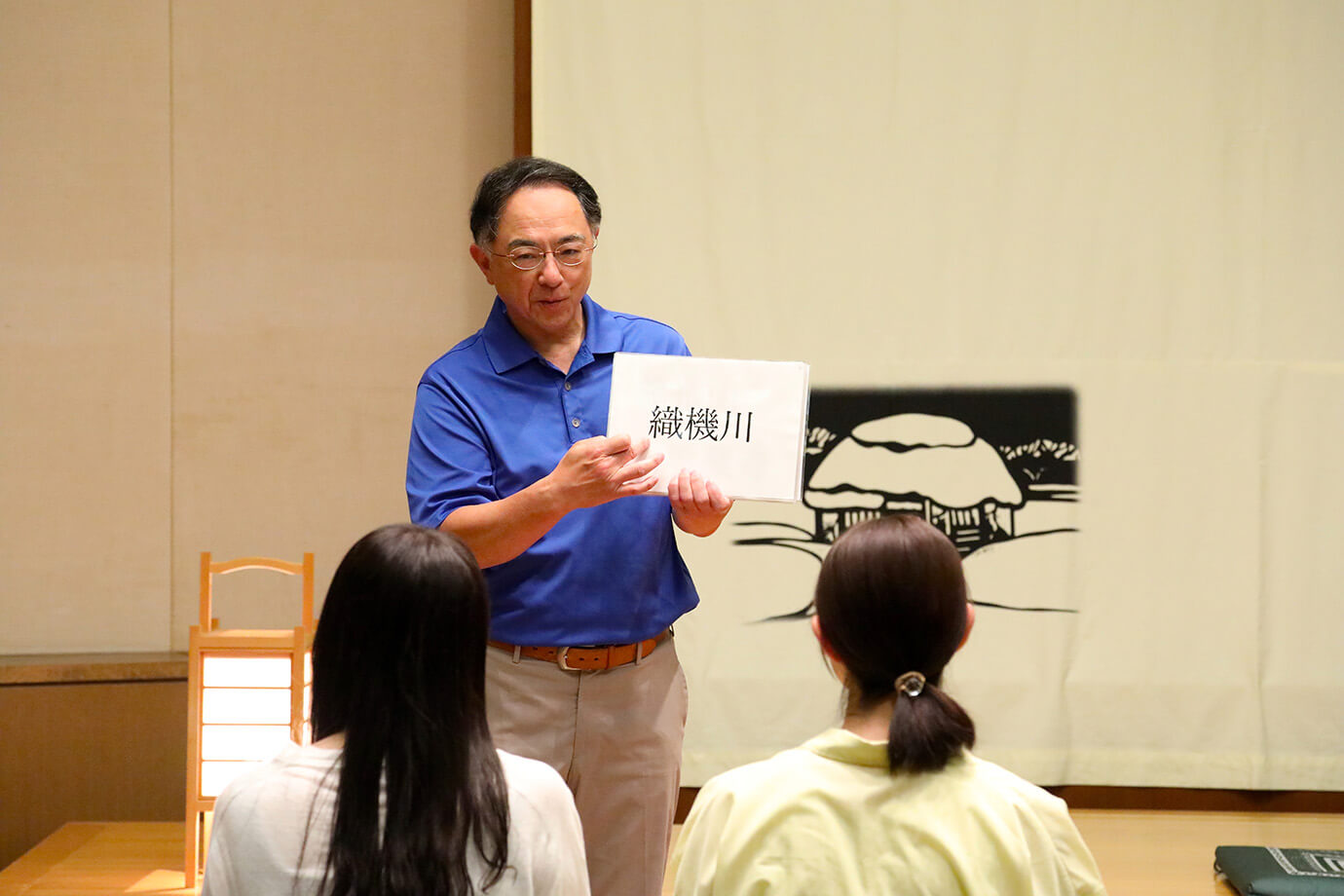
The district of Urushiyama in Nanyo is a village of folk tales. The tale of “Tsuru no Ongaeshi” (“The Gratitude of the Crane”) has been handed down since long ago. Even today, Urushiyama is well known for its place names associated with cranes that remain, such as Tsurumakita and Hanetsuki, as well as the ancient temple known as Kakufuzan Chinzoji Temple, whose treasure is a piece of cloth woven from the feathers of a crane. At Yuzuru no Sato, visitors can learn about life and industry in the Urushiyama district and listen to oral performances of folk tales such as “Tsuru no Ongaeshi.”
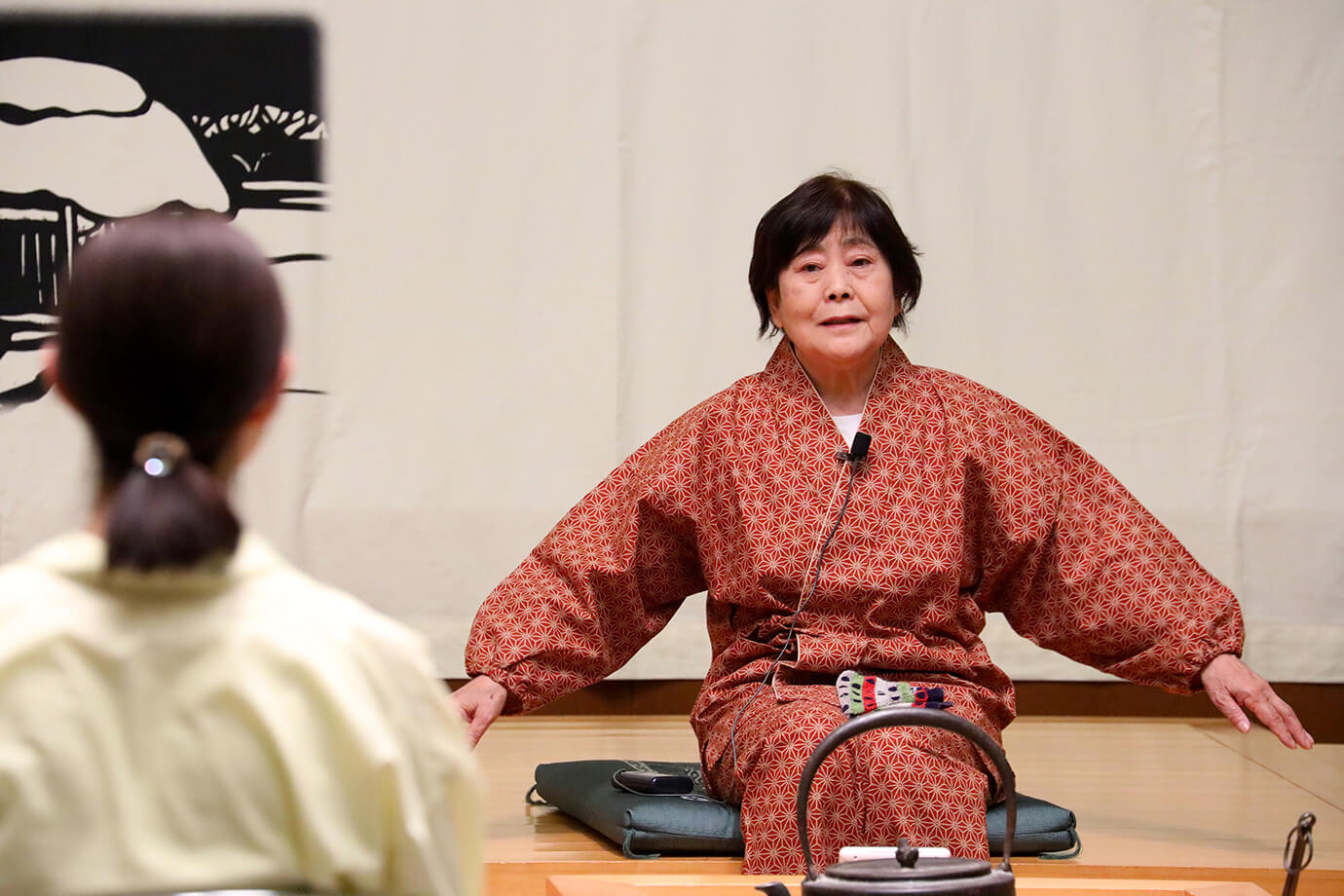
The Storyteller's Hall was built in the image of an origami crane. There is a sunken hearth on the stage, and storytellers from the Yuzuru Folktale Society give oral performances of folk tales (each performance is about 20 to 30 minutes).
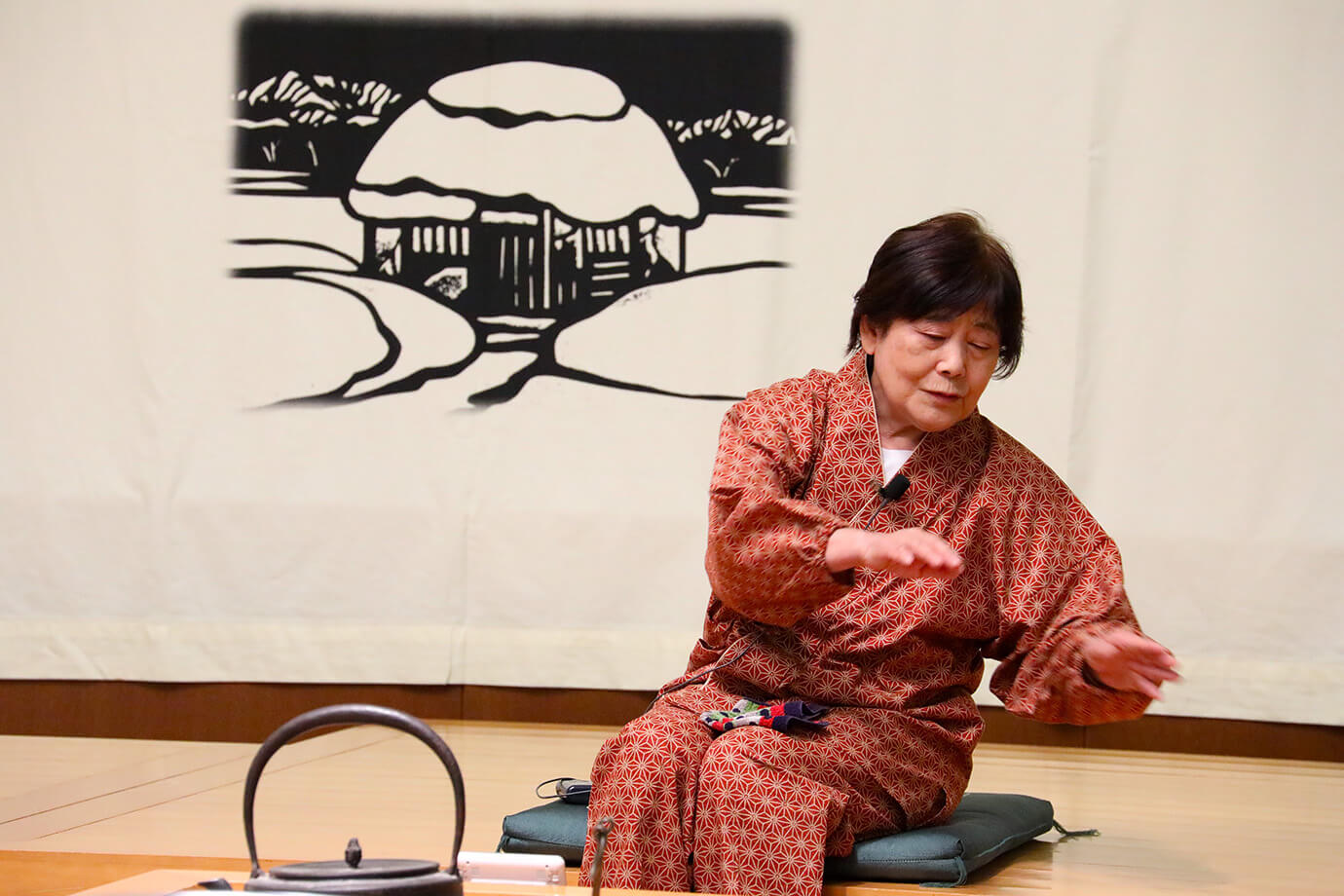
“They could hear the knocking sound of the loom..." the storyteller says in the local dialect, using gestures and movements. The narrative is nostalgic somehow, and the scenes come vividly into view in our imagination.

Keiko Sasaki performed with a gentle and warm tone. The 13 or so members of the Yuzuru Folktale Society visit welfare facilities, schools, and local events to tell folk tales in a warm and welcoming manner.
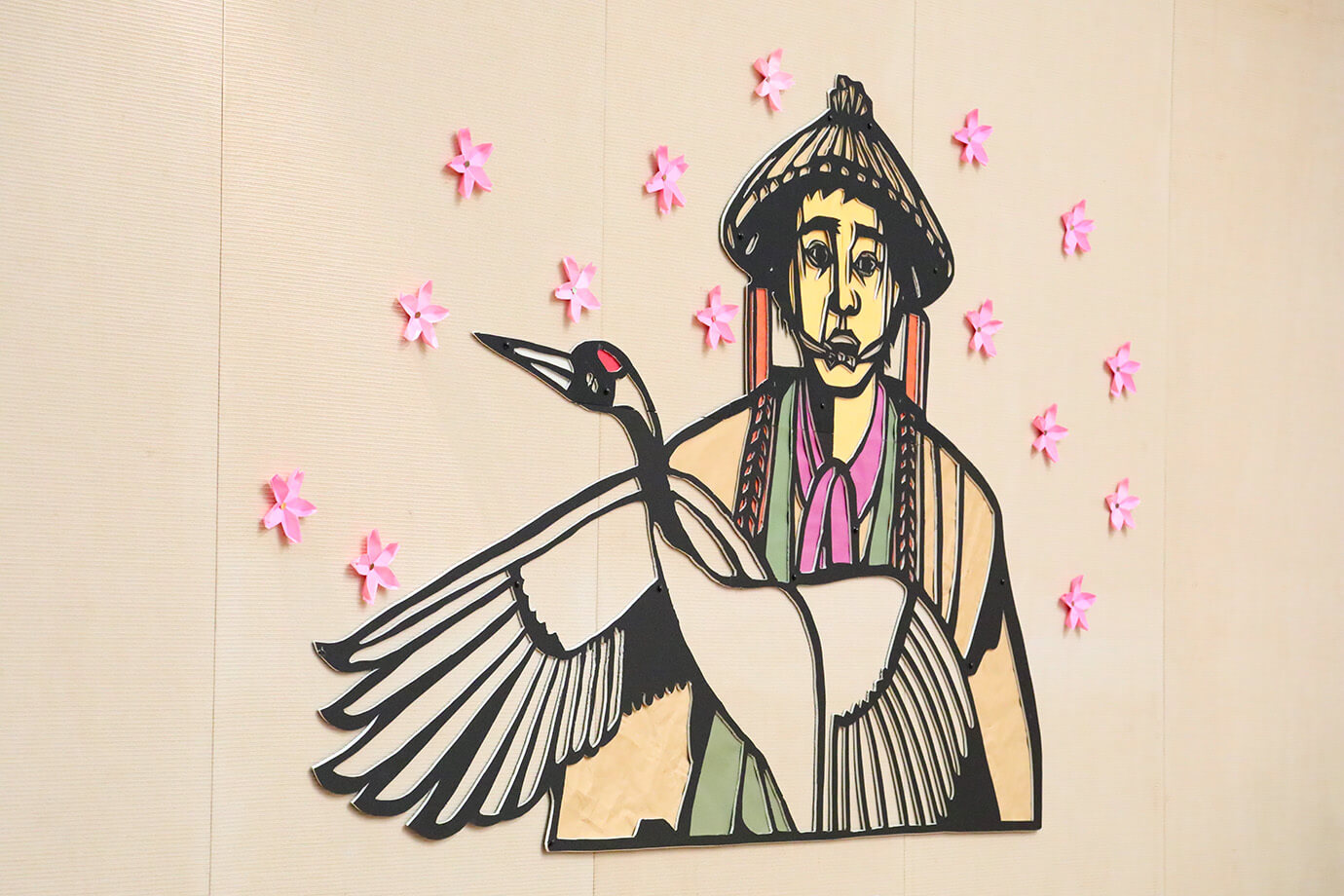
The walls of the Storyteller's Hall are decorated with images from folk tales.
Feel like the crane from the folk tale and experience weaving for yourself!
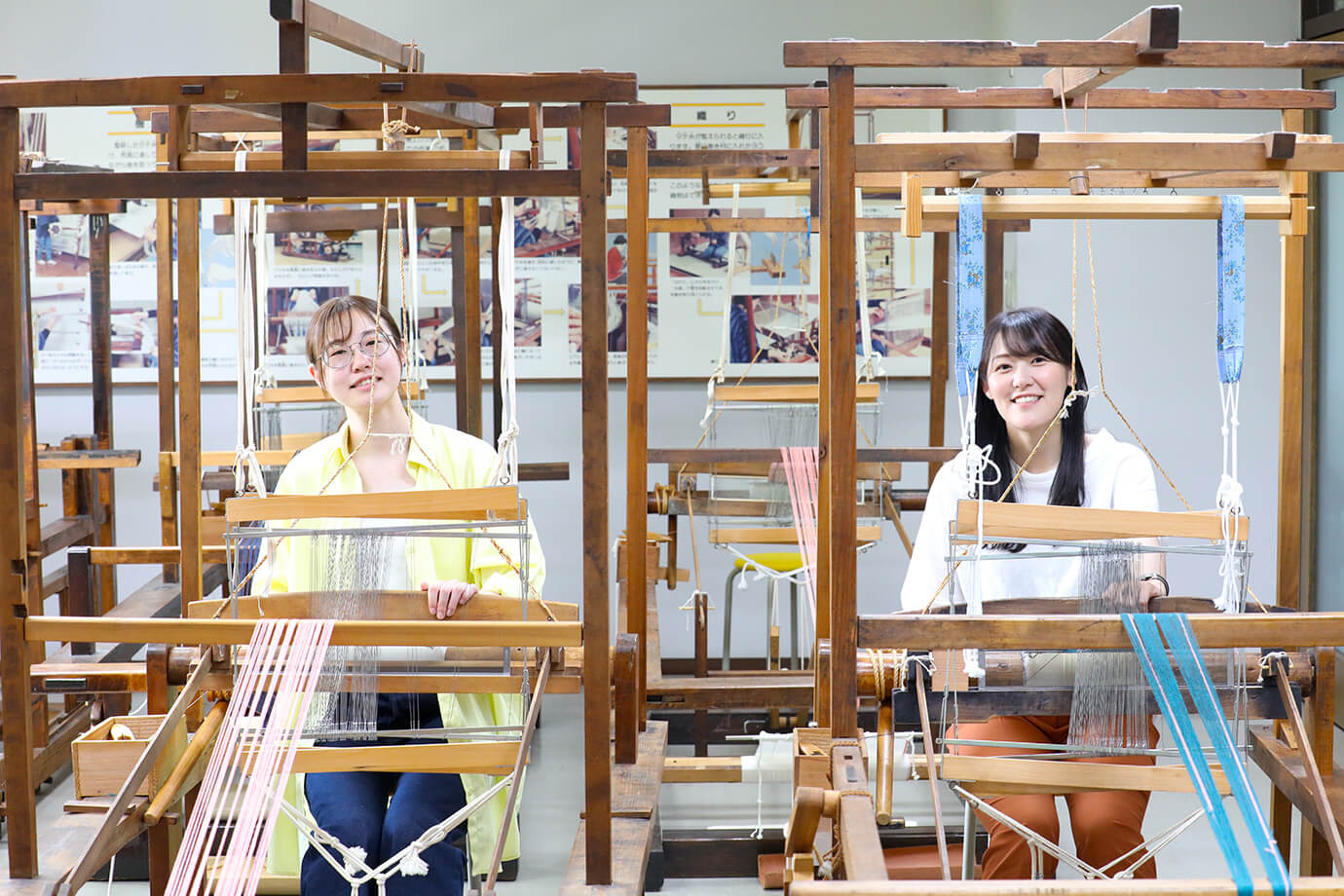
Visitors can also try their hand at weaving and making buckwheat noodles (reservations are required for both activities). The weaving experience is 550 yen per coaster. It takes 20 to 30 minutes to make a small coaster.
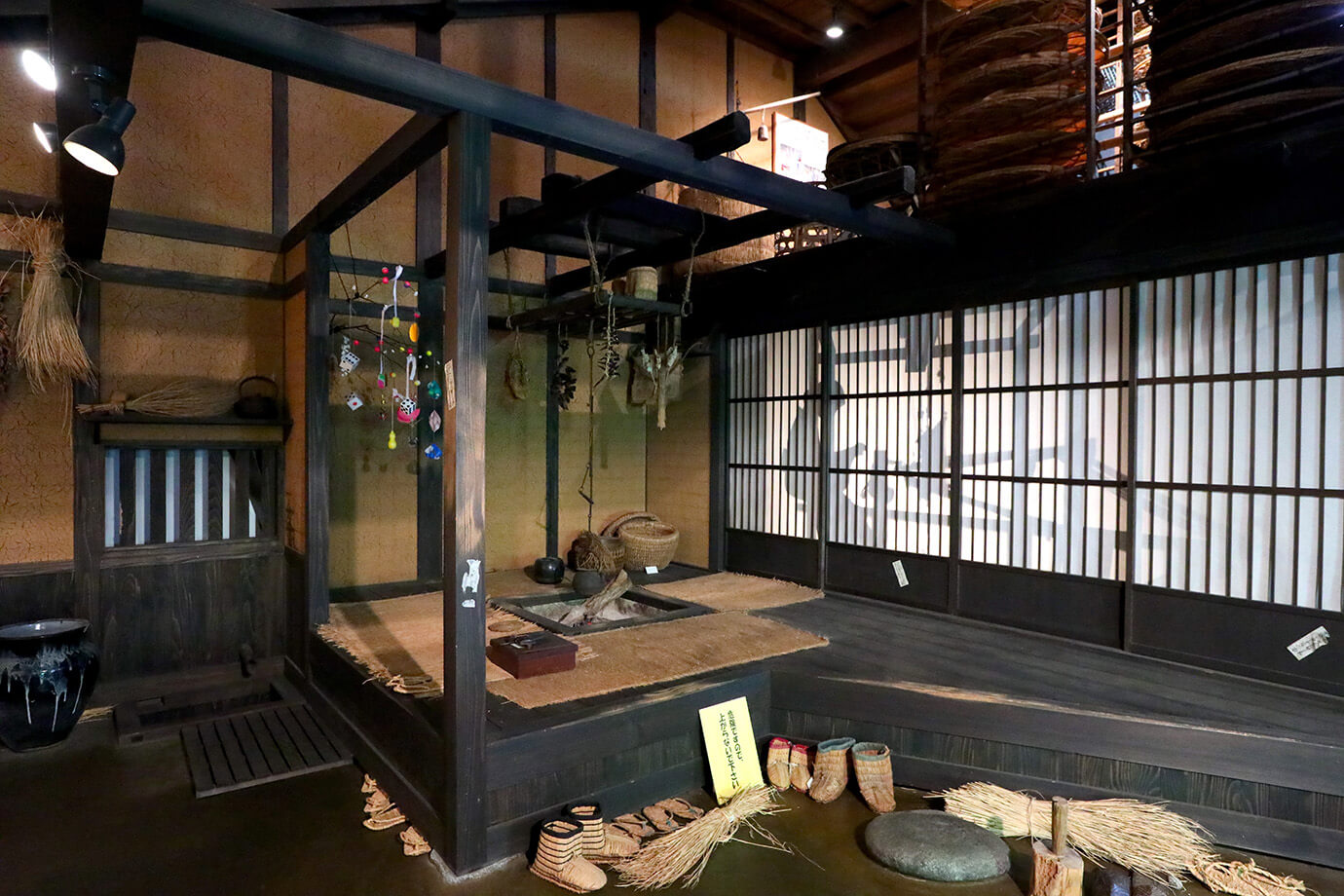
The Yuzuru no Sato Museum is a converted three-story silk cocoon storehouse that once stood on the grounds of a silk mill. The museum also exhibits videos of folk tales, materials related to sericulture and silk spinning, and costumes from the play “Yuzuru” (“Twilight Crane”).
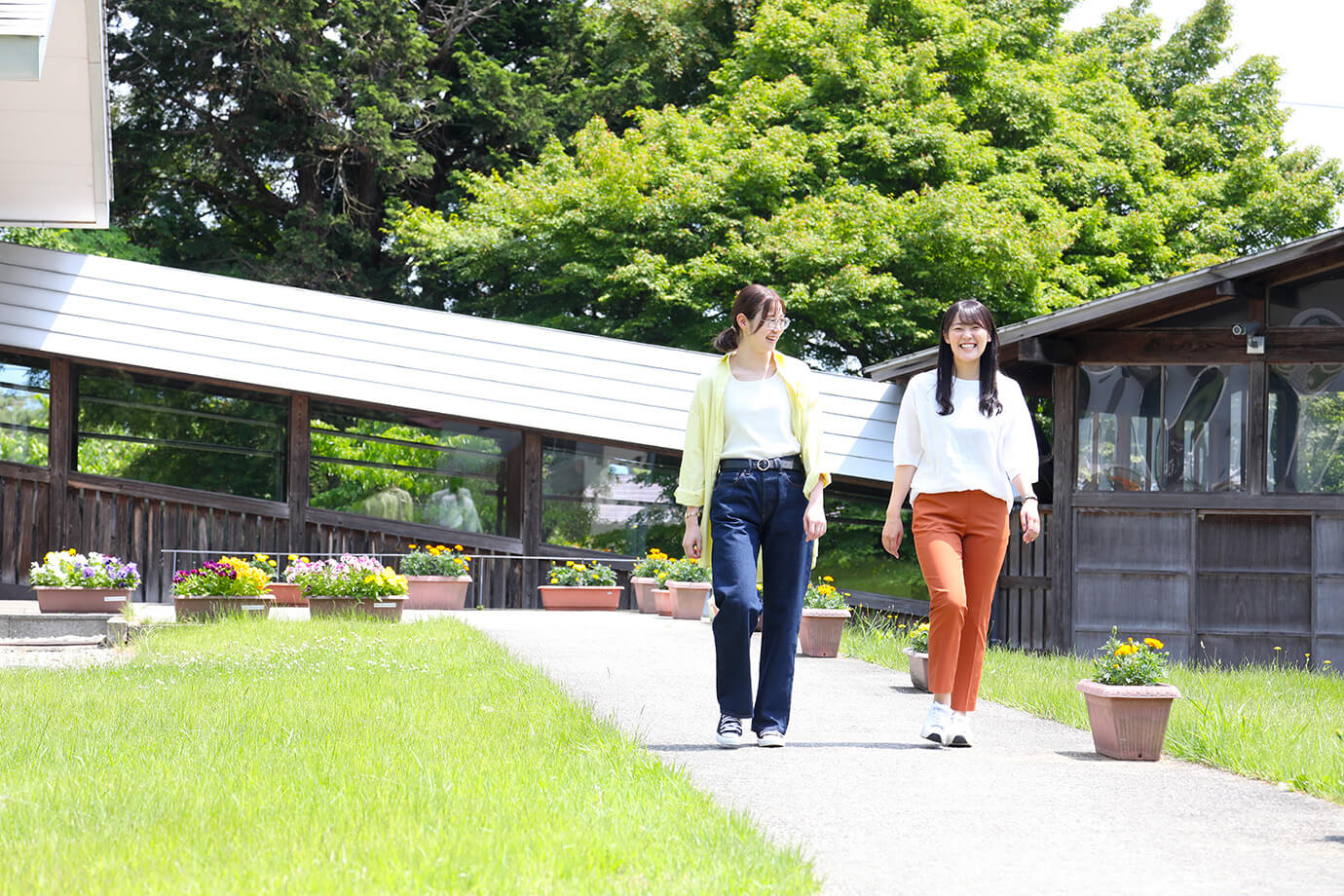
This city cultural facility is surrounded by magnificent nature. Located just five minutes away on foot is the Kakufuzan Chinzoji Temple, where a temple bell depicting a scene from “Tsuru no Ongaeshi” can be found. It is well worth your time to take a walk and visit the temple.
Nanyo City Yuzuru no Sato
Address:2025-2 Urushiyama, Nanyo, Yamagata Prefecture
Phone:0238-47-5800
Costs:330 yen for adults, 110 yen for elementary and junior high school students
Hours:9:00 to 16:30
Closed:Monday (or the following weekday in the case of a national holiday), Year-end and New Year periods
Takahata Winery
Mellow wine produced at the largest winery in the Tohoku region
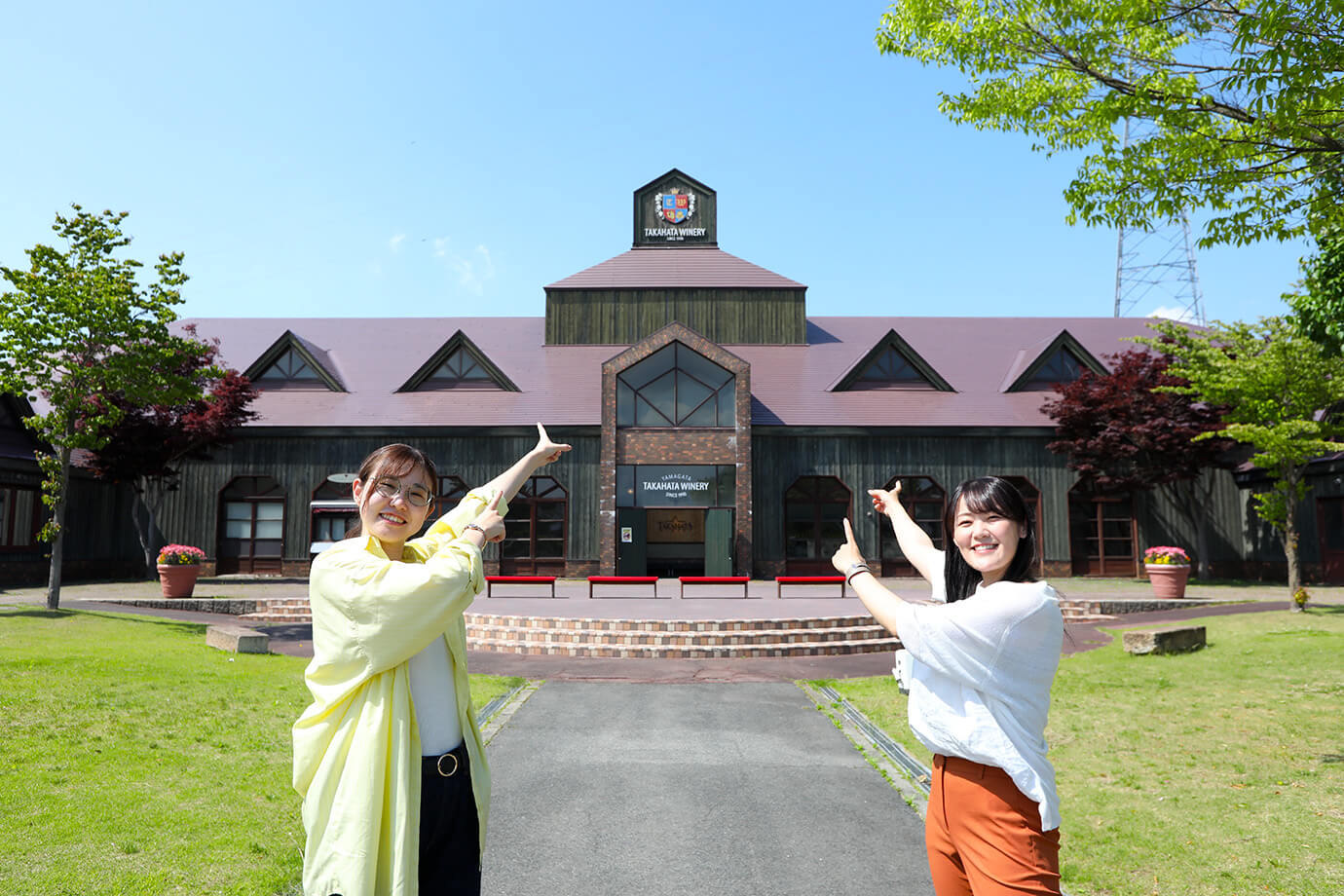
In Yamagata Prefecture, the town of Takahata boasts the highest number of shipments of Delaware grapes per municipality in Japan. Takahata Winery was established here in 1990 and produces wines made from locally grown grapes and fruit.
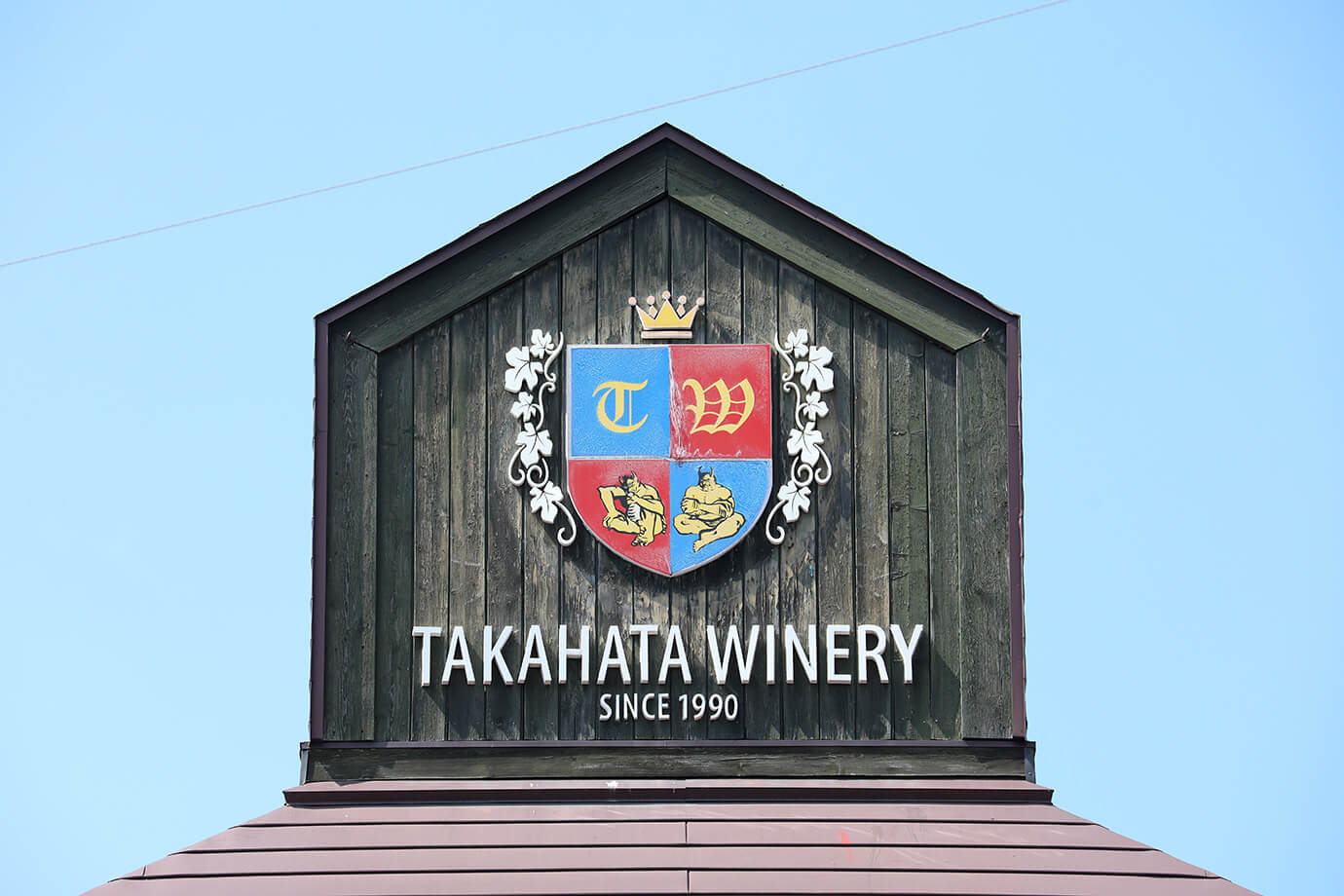
You can find the logo near the roof of the winery. The design is based on the red and blue demons that appear in Naita Aka Oni (“The Red Devil Who Cried”), a masterpiece by local children's author Hirosuke Hamada.

The winery is located in the center of a vast vineyard, and the facilities also include a shop and cafe. The many seasonal flowers found along the walking path are a delight!
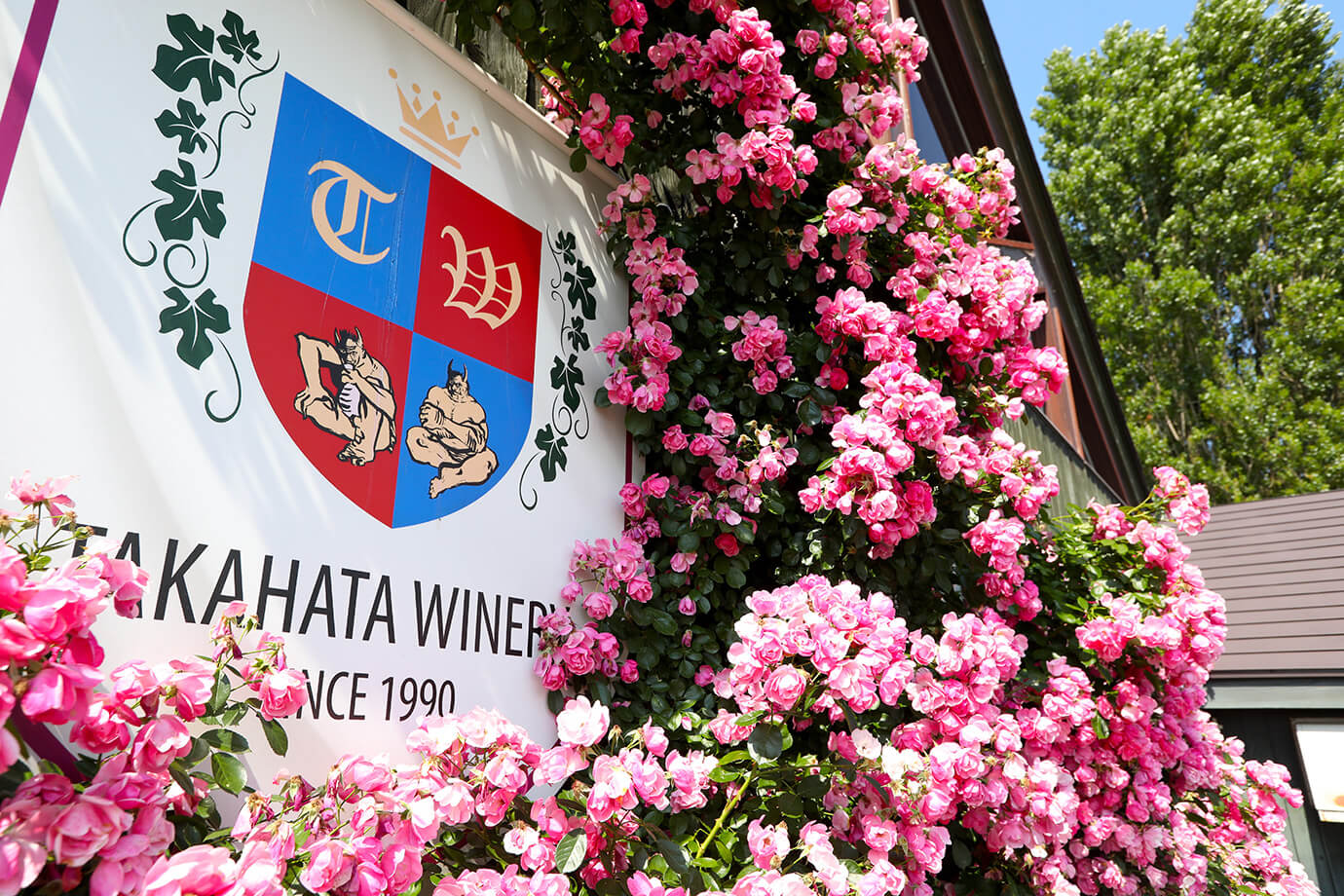
On our trip, we decided to visit the shop from the gallery in our search for premium wines.
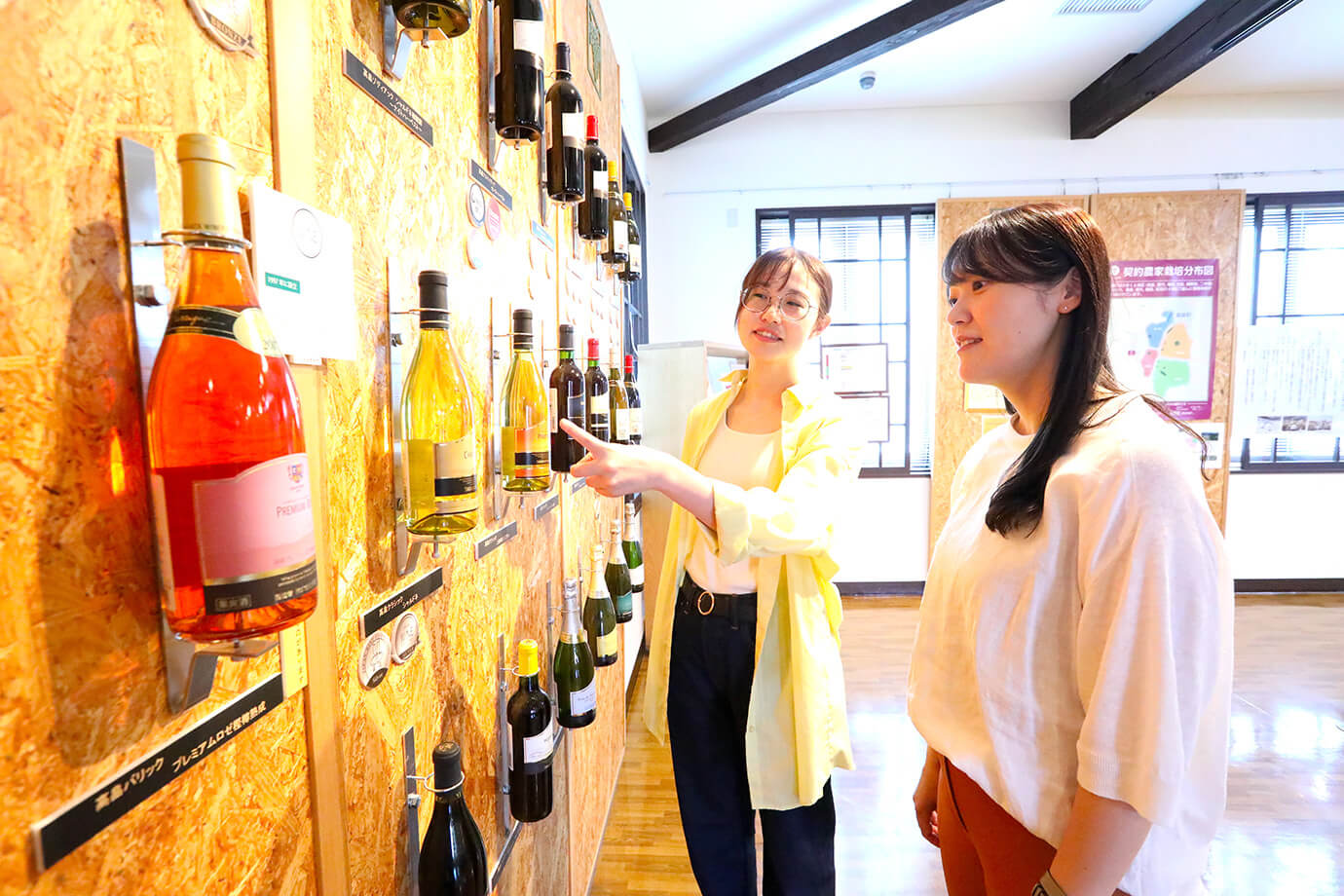
The winery also contains a reference room where various wines from past generations, including vintage and limited edition wines, were on display.
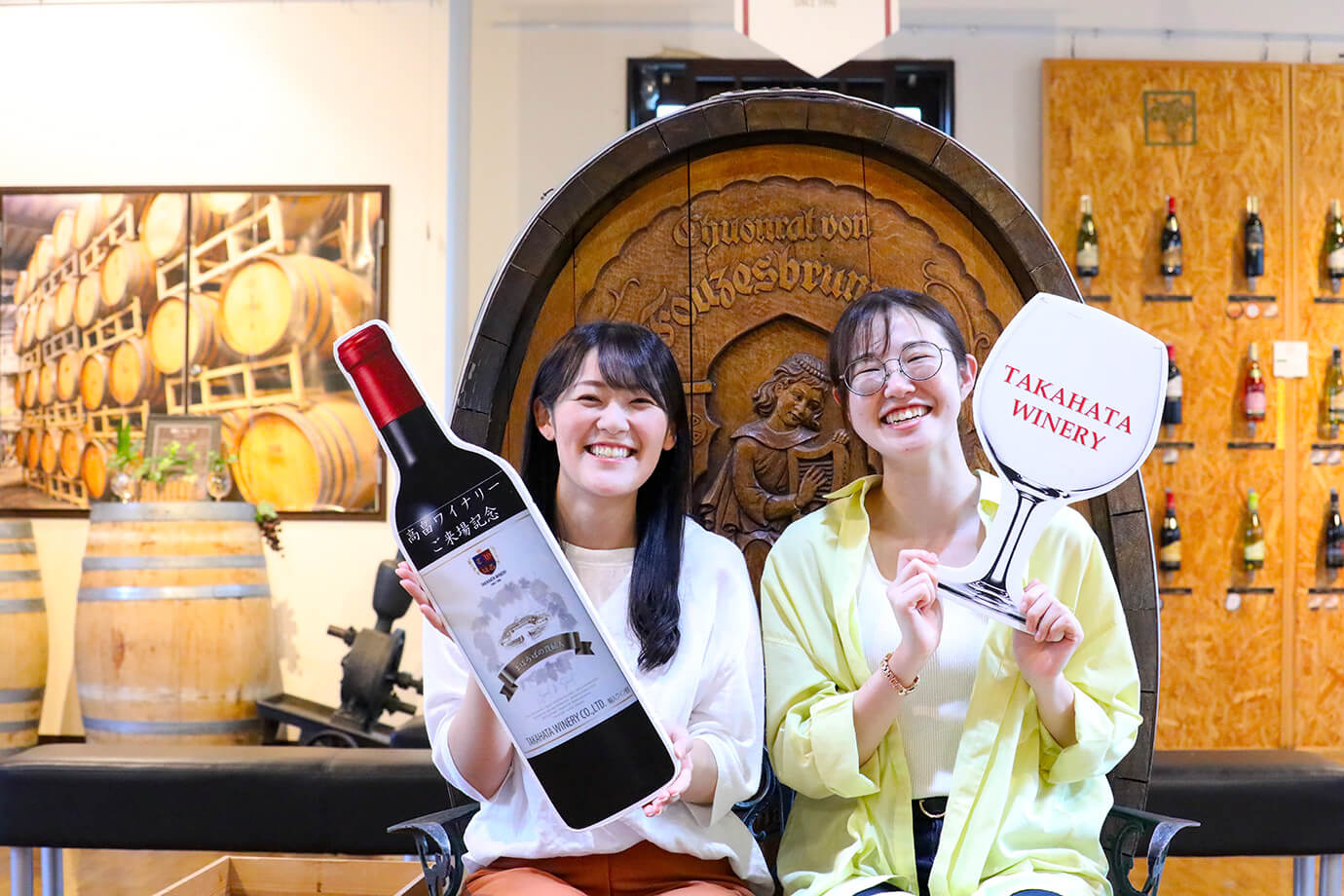
We posed for a photo at the commemorative photo spot near the entrance to the gallery. There were also photo accessories to hold in the shape of wine bottles and glasses.
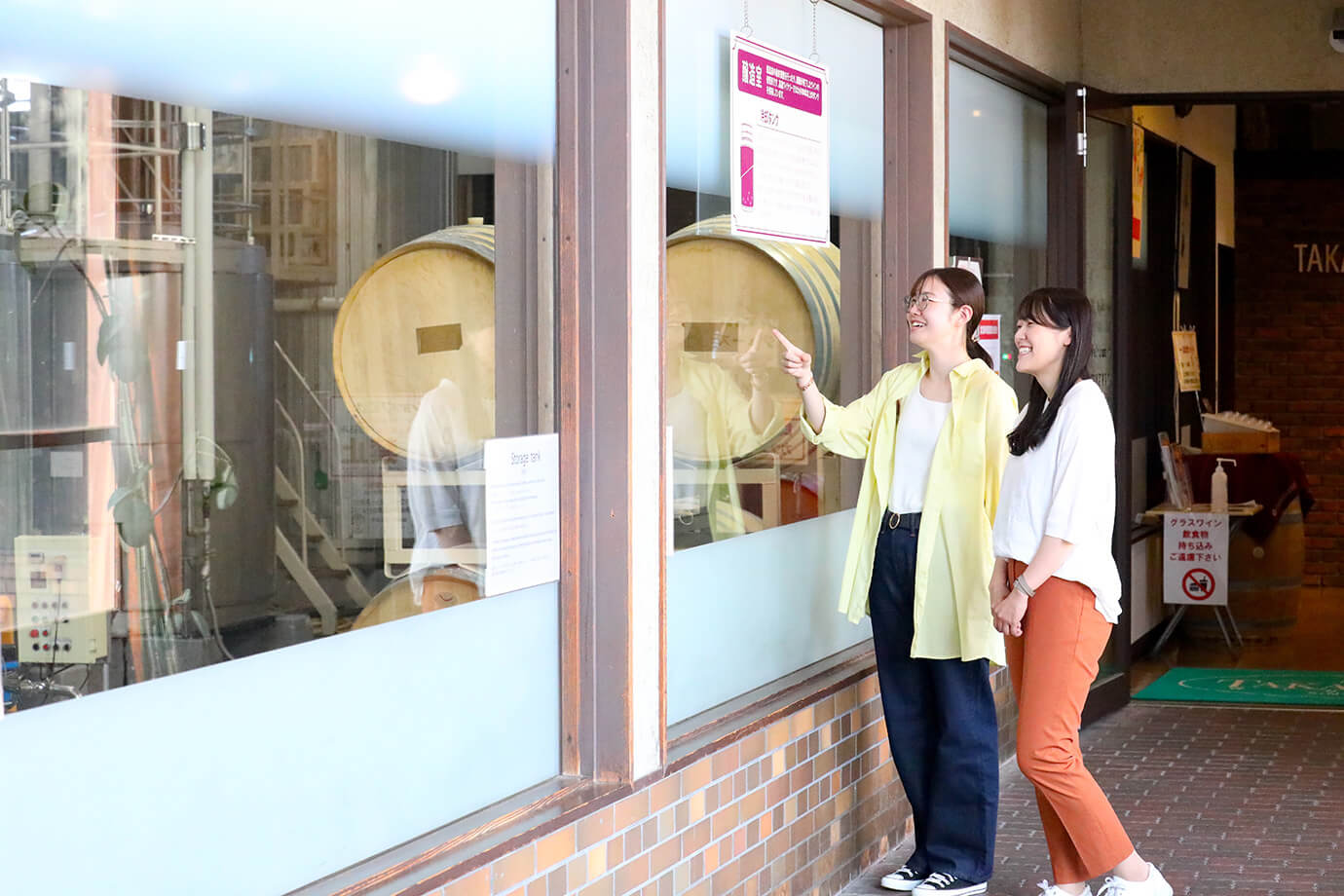
The winery and wine cellar have partial glass windows and can be viewed from the passageway.
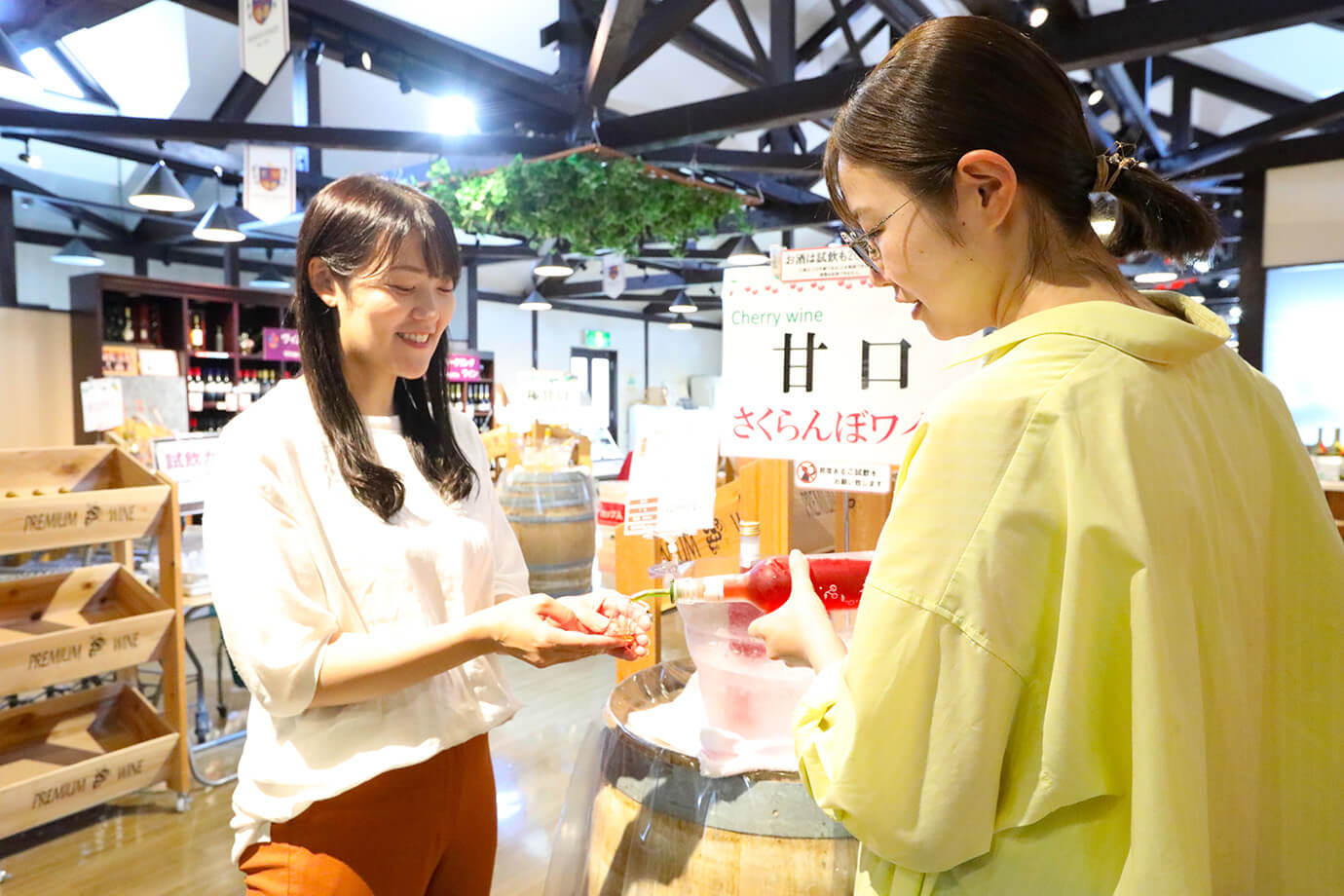
A variety of wines and a tasting area can be found in the shop.

A bottle of Cherry Wine for 1,200 yen is a fruity wine that condenses down the sweet and sour flavors of cherries. The slim, cherry-patterned bottle is also adorable.
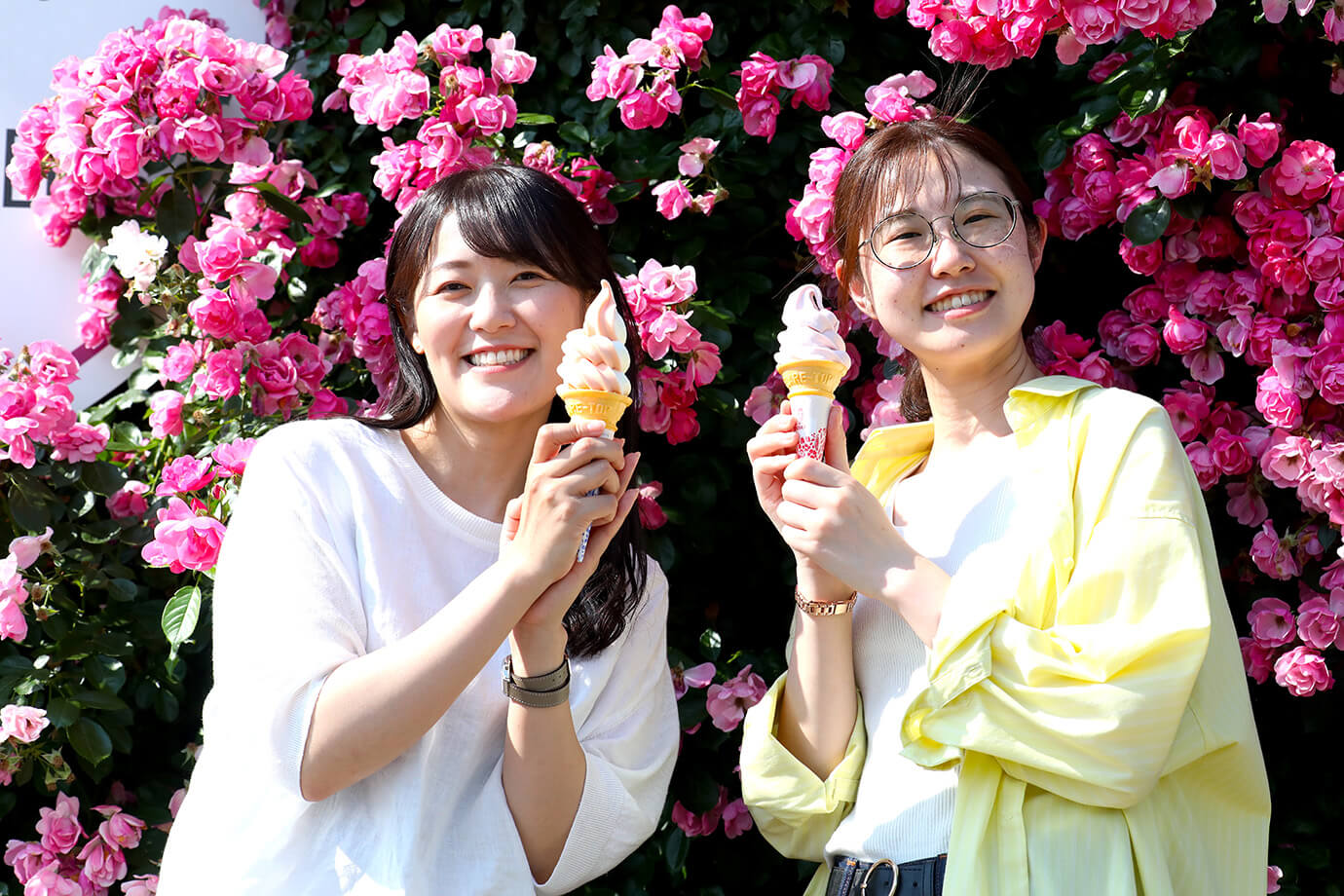
The Cherry Soft Serve Ice Cream and the Cherry & Milk Soft Serve Ice Cream are both 350 yen. We also recommend the Mahoroba Lady Soft Serve Ice Cream made with fine wine for 400 yen. The soft serve ice cream counter is open only from April to November from 10:00 to 16:30. *Menu items with limited availability vary depending on the season.
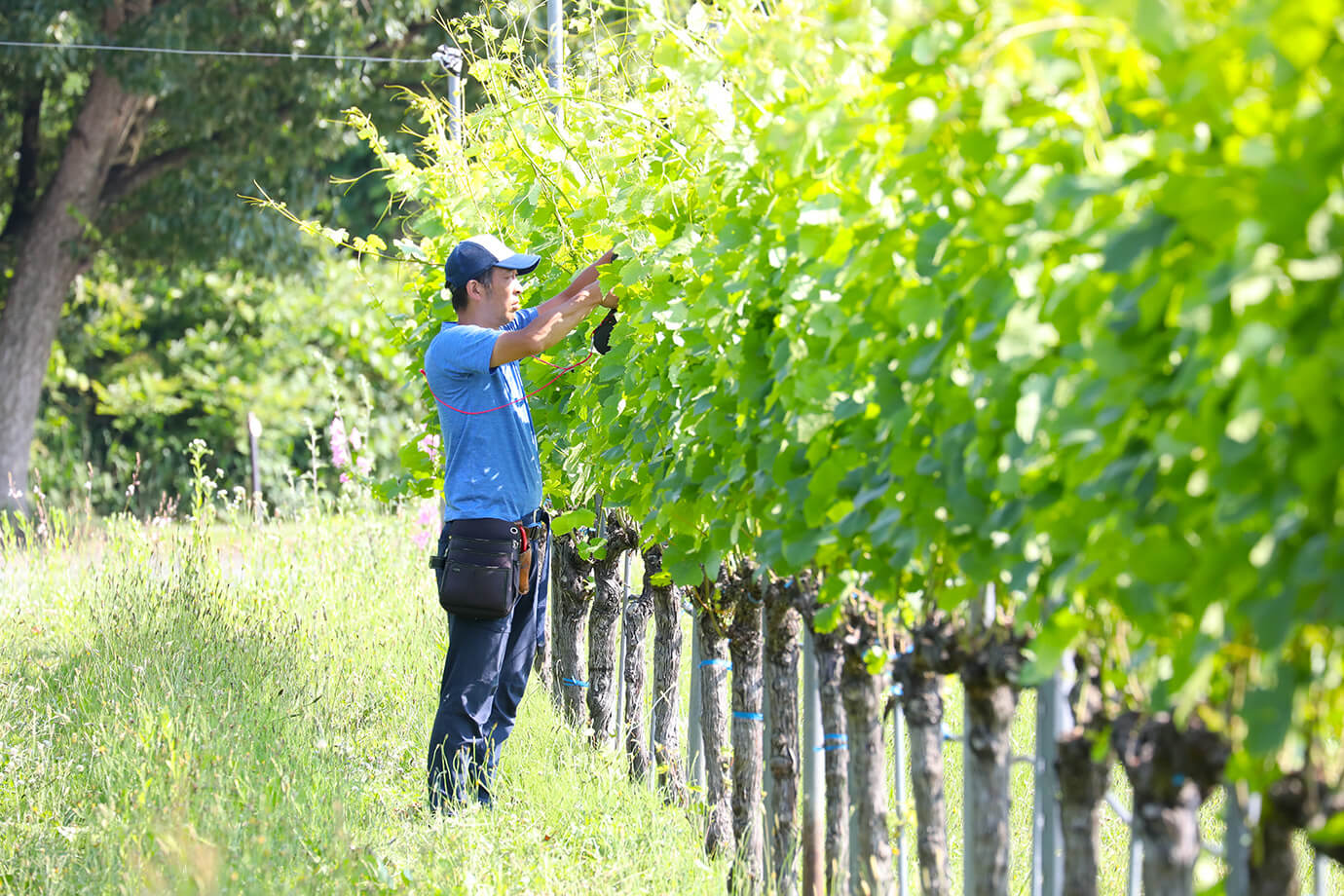
While the vineyards are off-limits, the viticulture can be seen from a distance.
You can also enjoy tasting the finest wines as well as savor divine snacks
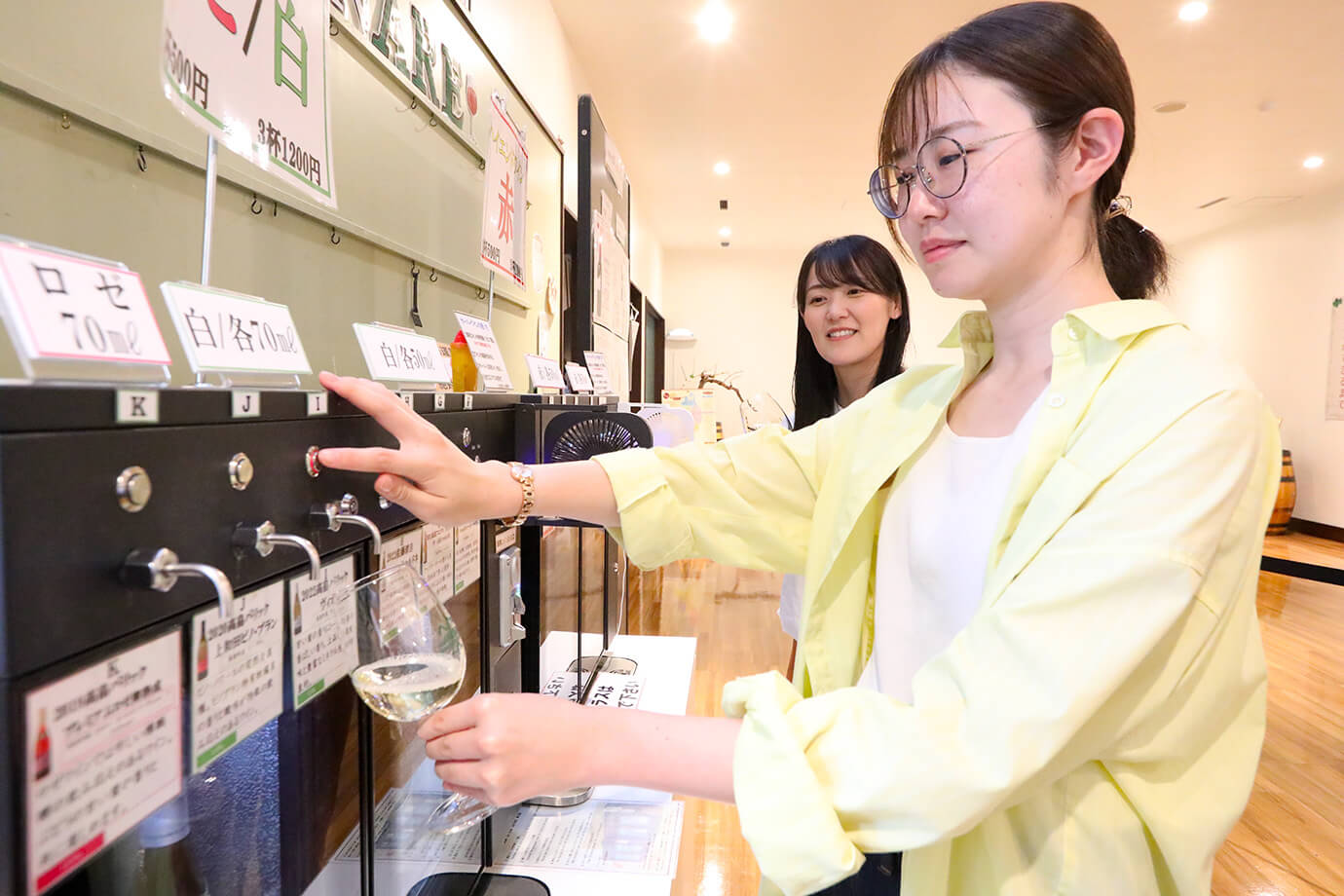
The attached cafe Gottsonare Takahata is a restaurant where visitors can enjoy wine and light meals. Wine servers line the restaurant. You can sample a wide range of wines, from award-winning wines to smooth, sweet wines. One 50 ml glass is 500 yen.
*Menus items and prices are subject to change.
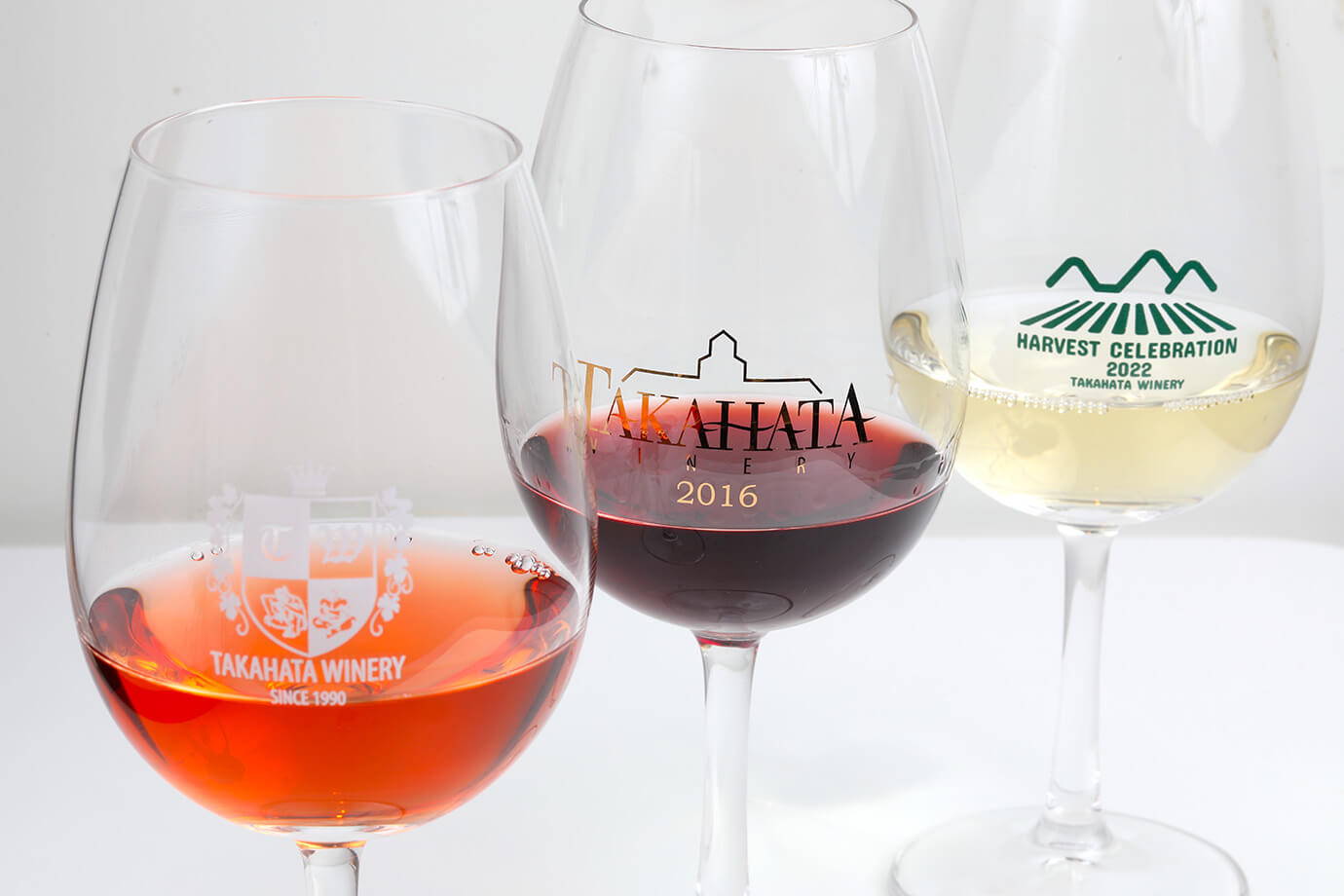
A flight of three wines is 1200 yen. Choose three from any of the eleven different wines available.
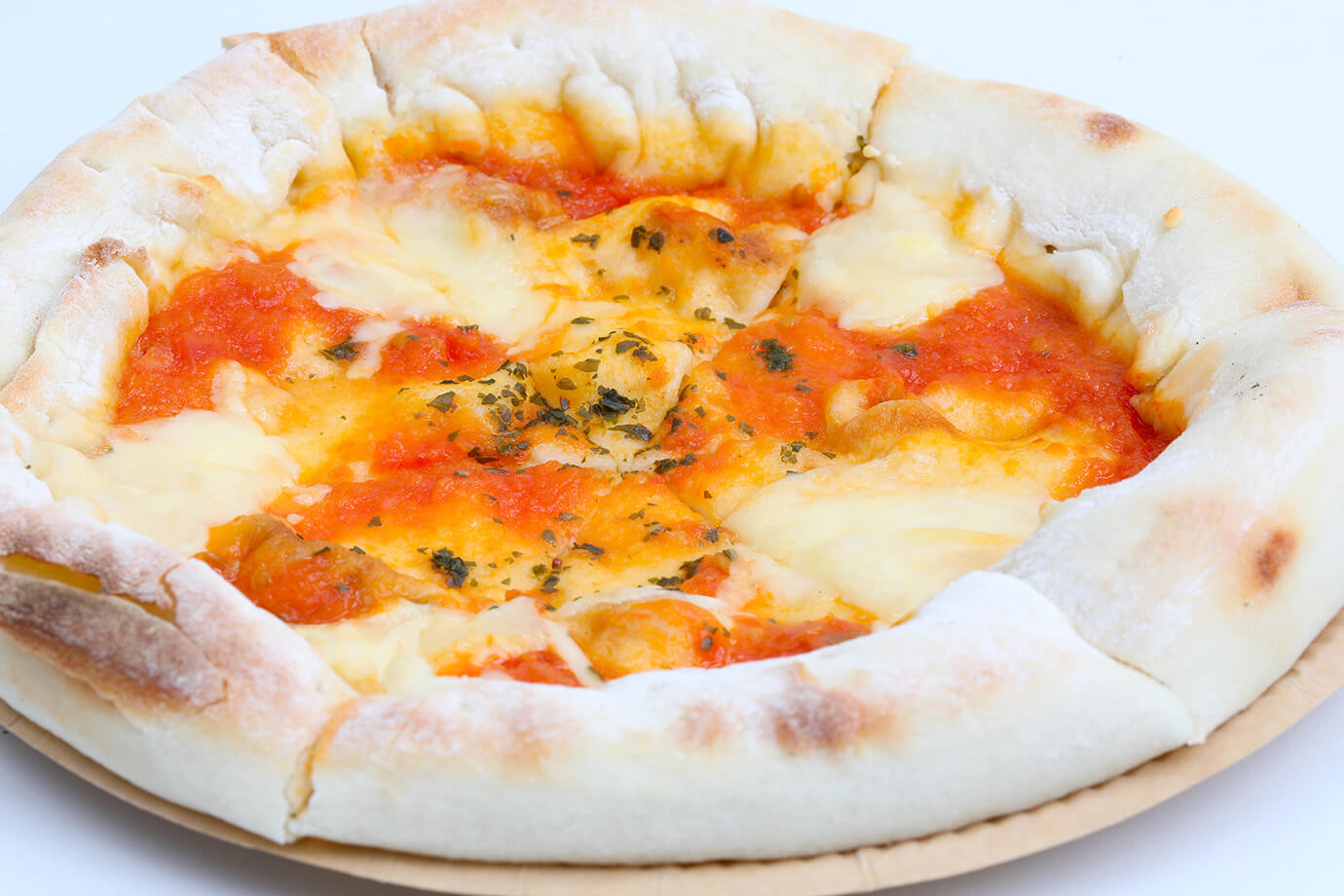
The Margherita Pizza, the most popular item on the food menu, is 750 yen. This is a very satisfying pizza; the cheese is melted right up to the edges of the crust.
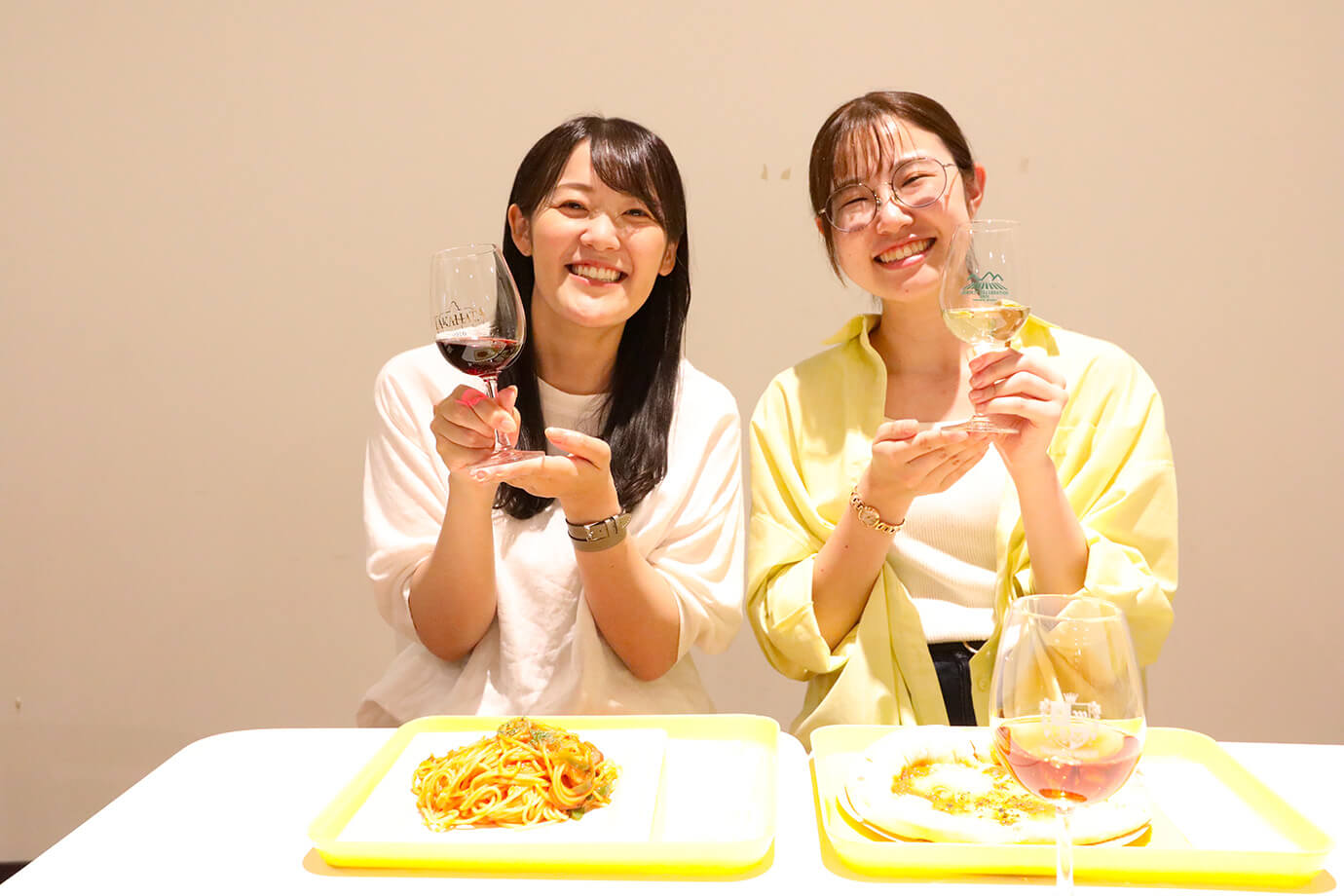
Peperoncino and Neapolitan spaghetti dishes are each 750 yen. Other snacks that pair well with wine are available, including a mix of seven kinds of nuts for 250 yen and Yonezawa Beef salami for 400 yen. Have a wonderful time at this winery surrounded by a vast vineyard.
Takahata Winery
Address:2700-1 Nukanome, Takahata-machi, Yamagata Prefecture
Phone:0238-57-4800
Costs:Free admission
Hours:10:00 to 17:00 (Saturdays, Sundays, and national holidays: 9:00 to 17:00; from December to March: 10:00 to 16:30)
Closed:Open every day
Shiroikumo Honten
Incredibly creative sweets made with ingredients grown in Yamagata

The owner-pâtissier, who trained at a famous shop in Tokyo, is the brains behind this western-style confectionery shop. The shop sells cake slices, baked goods, and other original sweets made from seasonal fruits.
Nama Dorayaki Teisuke, a version of a traditional Japanese dorayaki made using Western confectionery techniques, is only available at the Honten shop. Nama Dorayaki for 291 yen (left) and Matcha Strawberry for 334 yen (right) are soft and fluffy, topped with whipped cream, azuki bean paste made from Hokkaido azuki beans, fruit, and the Japanese confection gyuhi.
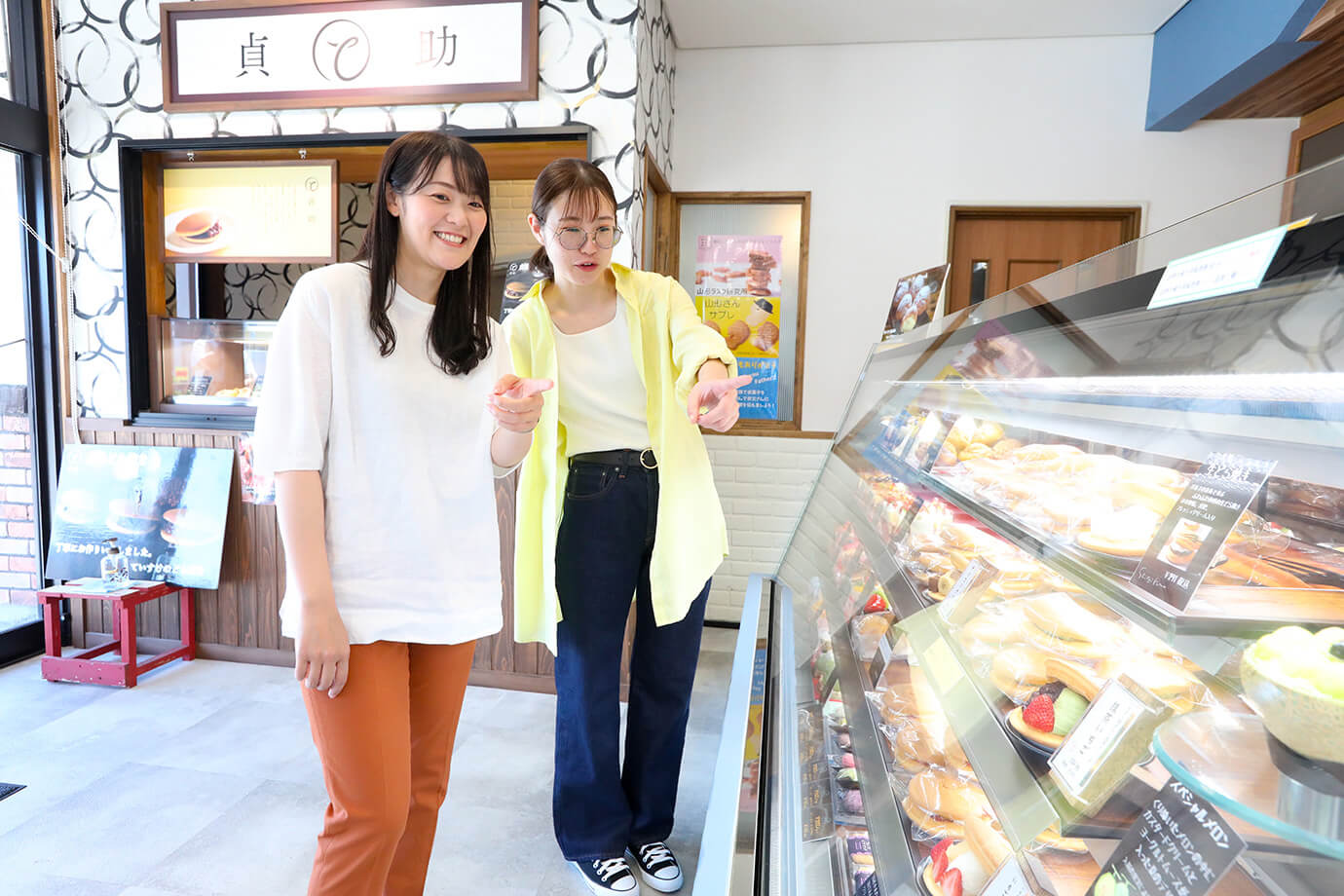
The display is filled with cakes made with seasonal fruit. Freshly made Nama Dorayaki Teisuke can be purchased at the dedicated counter in the back.

The Strawberry Tart is 540 yen; its appearance will draw you in. Strawberry Bavarian cream is filled with crème brûlée and berry gelée. It goes perfectly with the chocolate financier base.
Delightful Yamagata souvenirs we would love to receive!
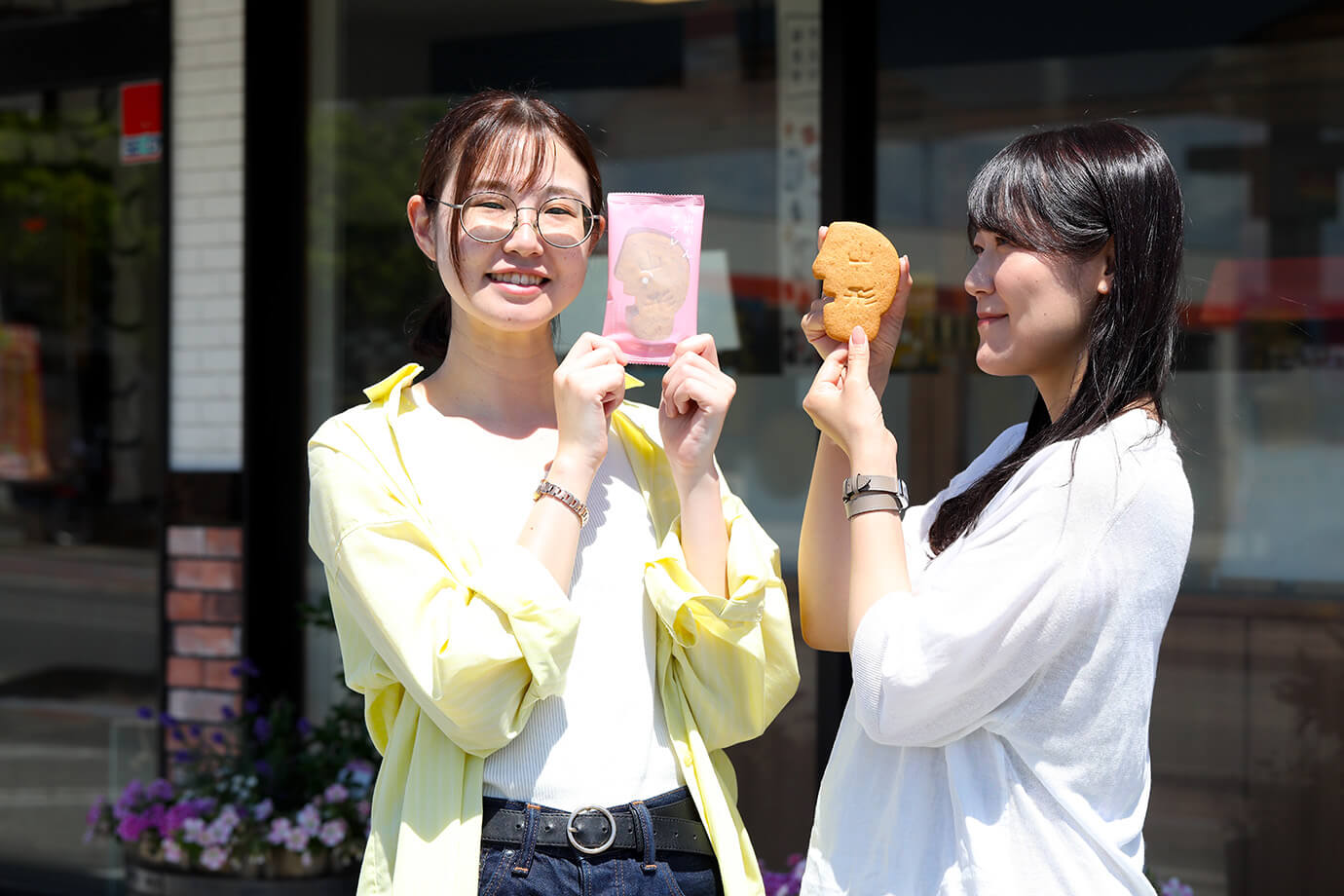
The Yamagata-san Sablé for 129 yen was created out of the idea that the shape of Yamagata Prefecture resembles the silhouette of a face. If you are a resident of the prefecture, this is the pose you have to use.
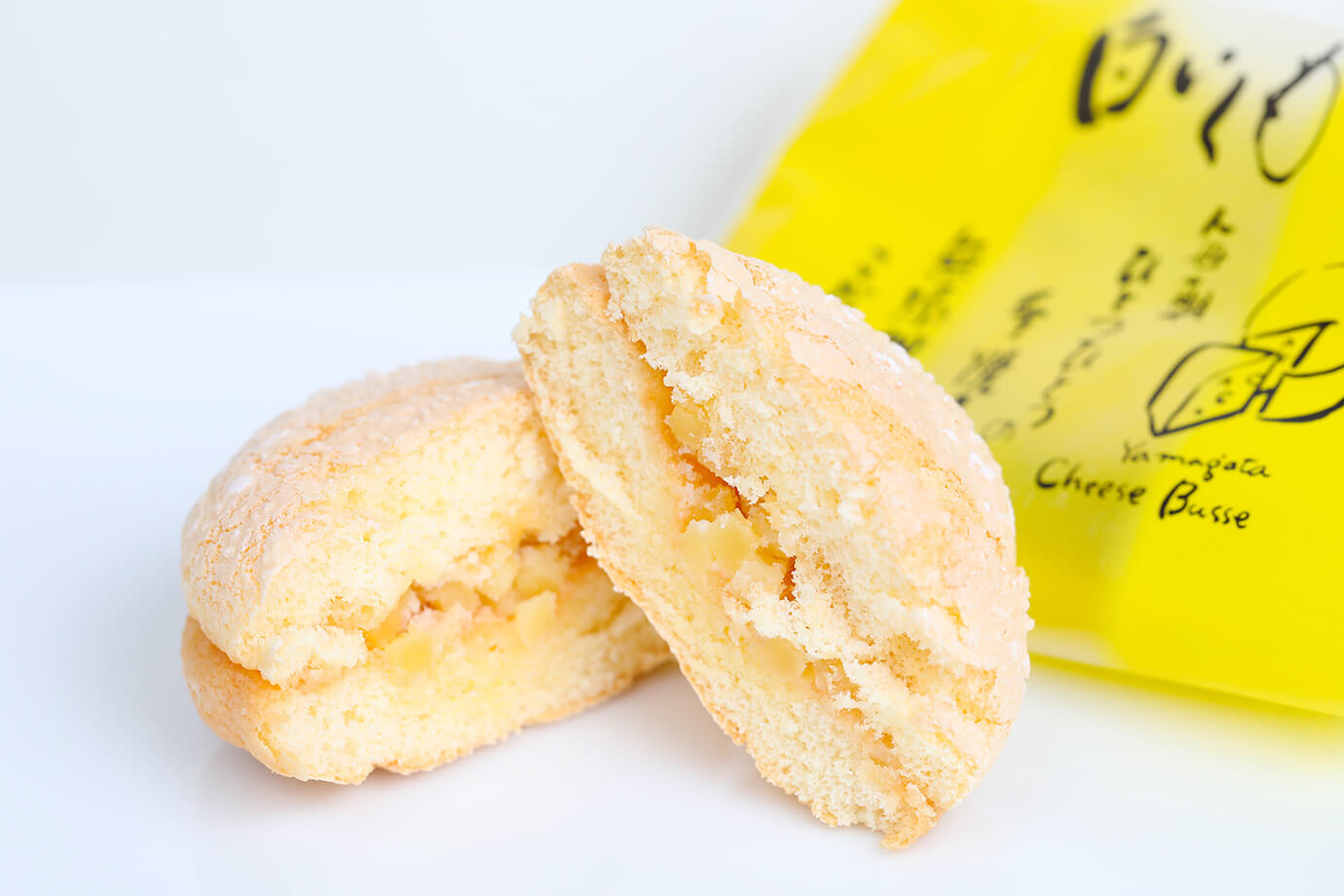
The store's namesake Shiroikumo for 172 yen comes in three varieties: cheese, cherry, and strawberry.
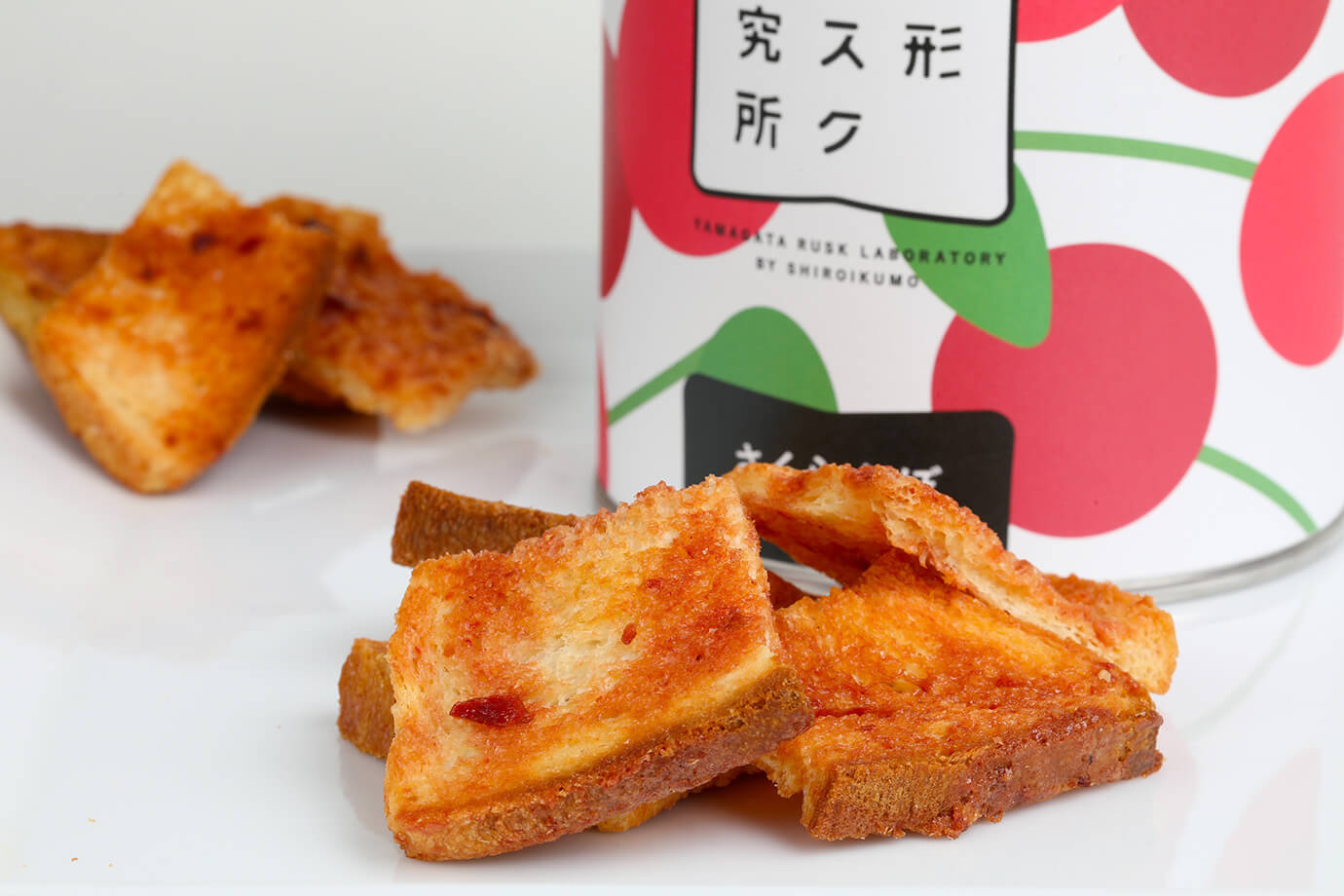
Yamagata Rusk Laboratory is an original brand of rusks by Shiroikumo. Carefully selected ingredients such as Yamagata-grown Yukichikara wheat, pasteurized milk from Zao, and salt from Guérande, France, are used to create a unique crispy texture that does not hurt when bitten! Eight varieties are available, including cherry, apple, chocolate, and strawberry. We recommend combining flavors as a gift.
Shiroikumo Honten
Address:596-4 Koriyama, Nanyo, Yamagata Prefecture
Phone:0238-43-7577
Costs:Free admission
Hours:9:00 to 18:00
Closed:Wednesday (open if a national holiday)
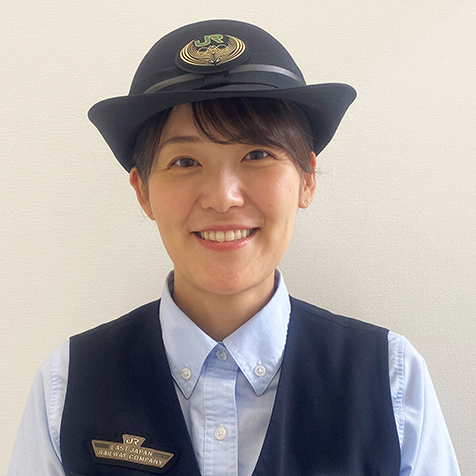
JR East Tohoku Area Headquarters
Staff

JR East Tohoku Area Headquarters
Staff
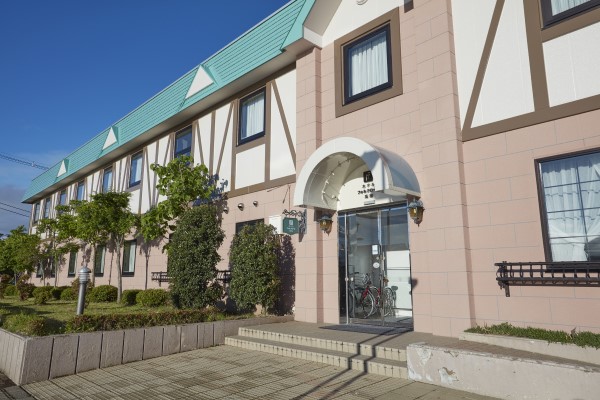
Hotel Folkloro Takahata
Takahata is a wonderful place where you can feel the breath of ancient times. The station and hot spring facilities are adjacent to each other.
NotesOpenClose
*Information provided on this website is current as of June 2024. The featured facilities may change their fees, hours, days closed, menus, and other information after it has been published here, or they may be temporarily closed. Although every effort has been made to ensure the accuracy of the content on this website, including all times, fees, etc., we recommend that you contact the facility by phone or other means to get further information or make a reservation in advance. We will not be held liable for any damage in connection with the content of this website.
*All charges and fees shown on this website include consumption tax and were current at the time the information about them was collected. Facilities that offer dine-in and/or takeout services are so noted in the articles. Charges and fees are subject to change.
*Facility schedules do not reflect closures during the year-end/New Year holidays, Bon festival, and Golden Week as well as temporary closures unless specified by the respective facilities featured on this website.
*Operating hours shown on this website are generally the hours from opening to closing unless otherwise specifically noted. Last orders and entries are usually accepted 30 minutes to 1 hour before closing.
SHARE

